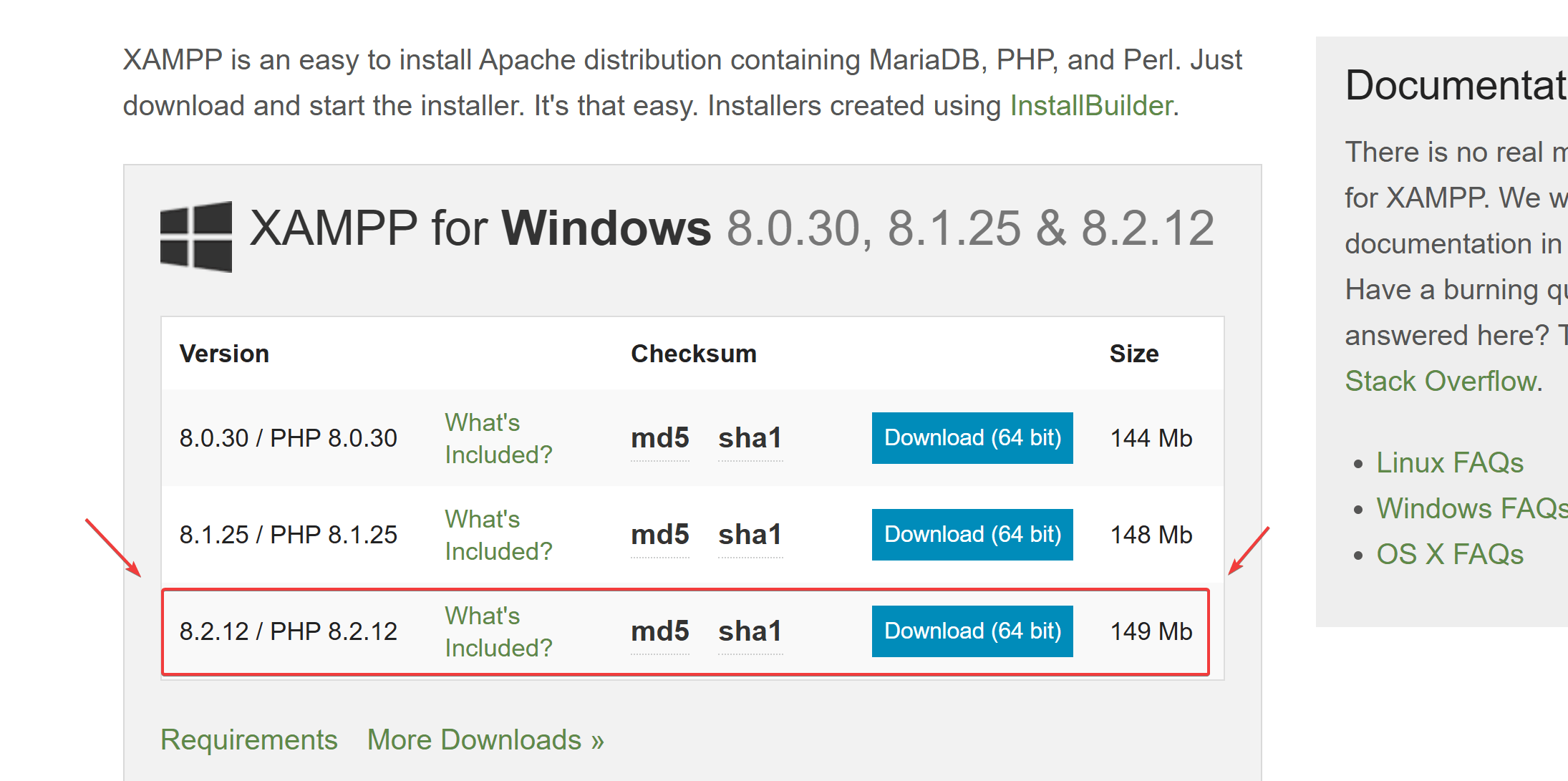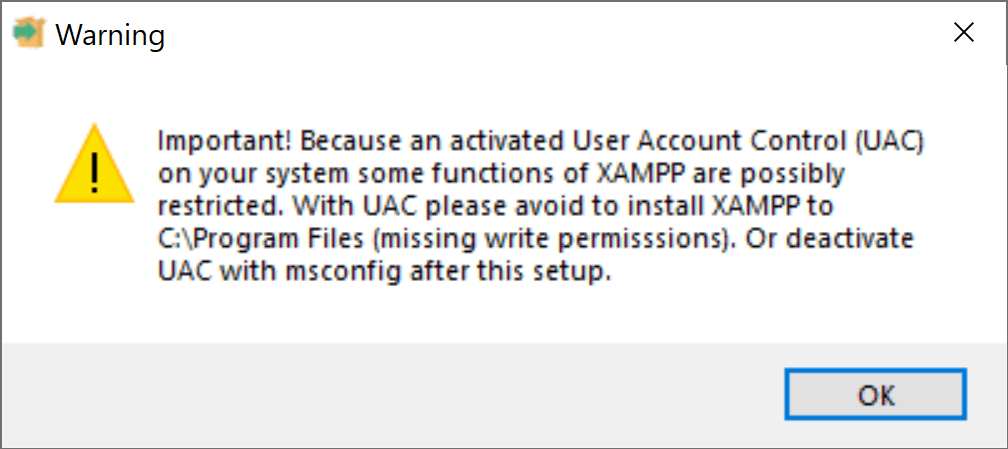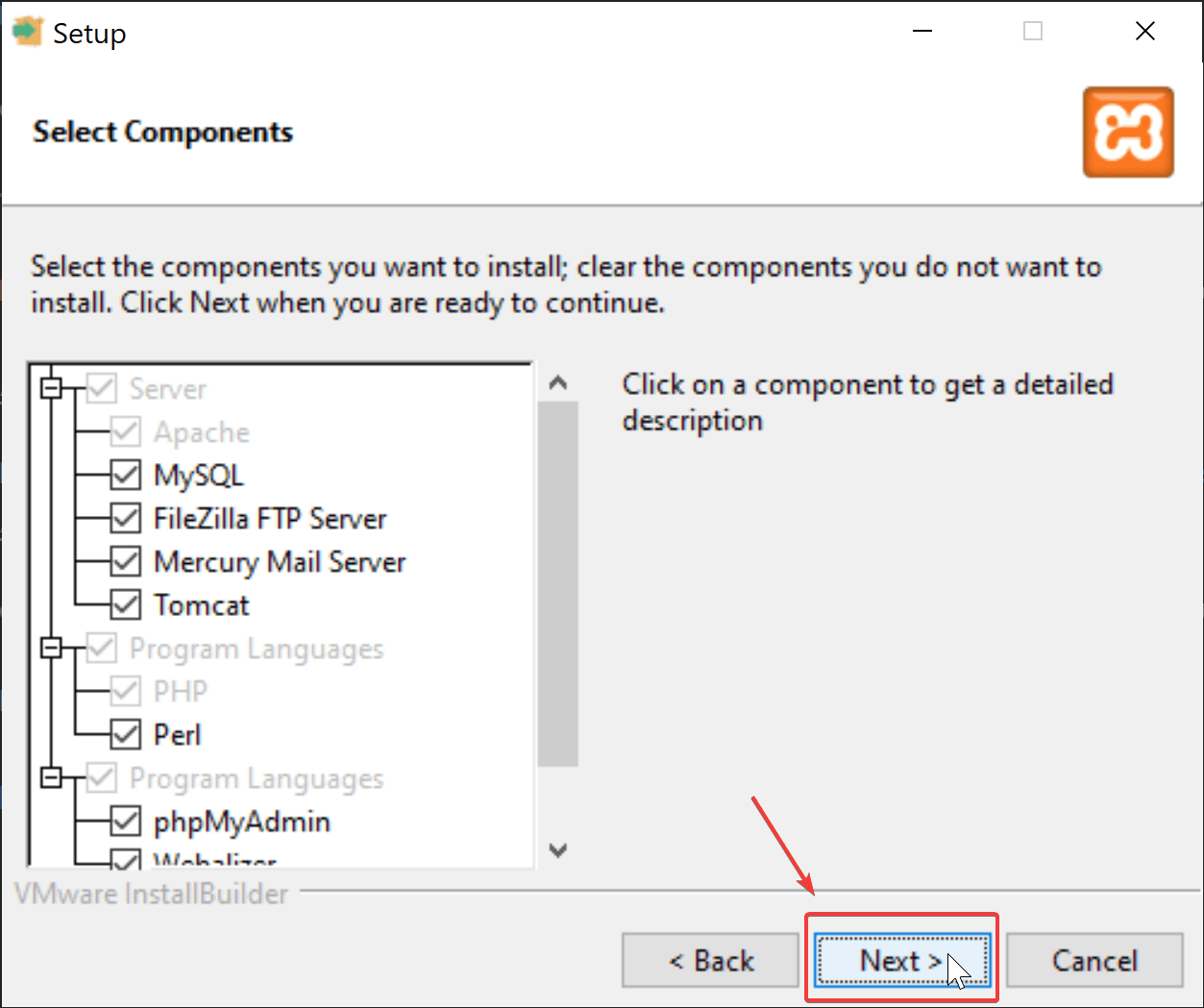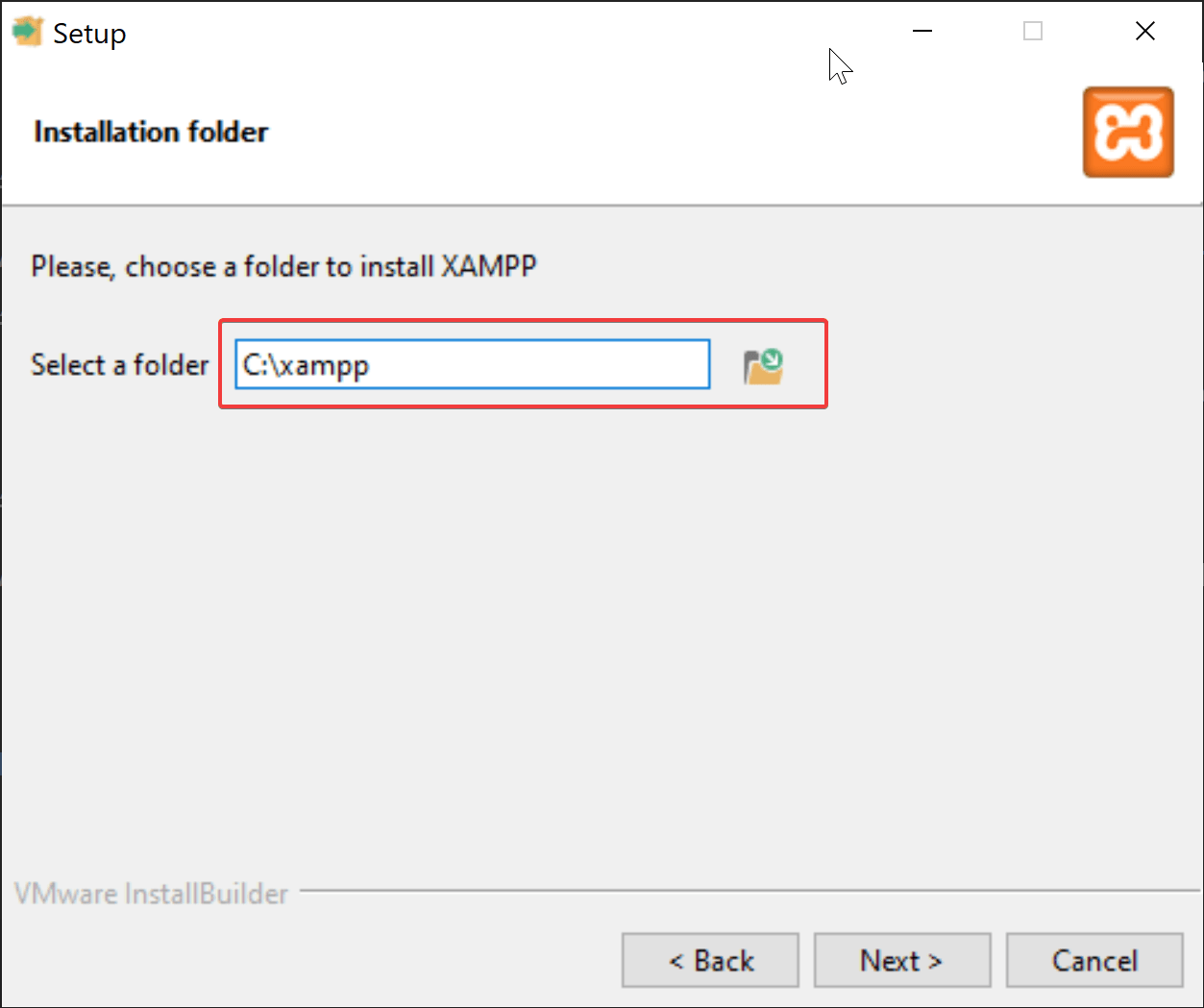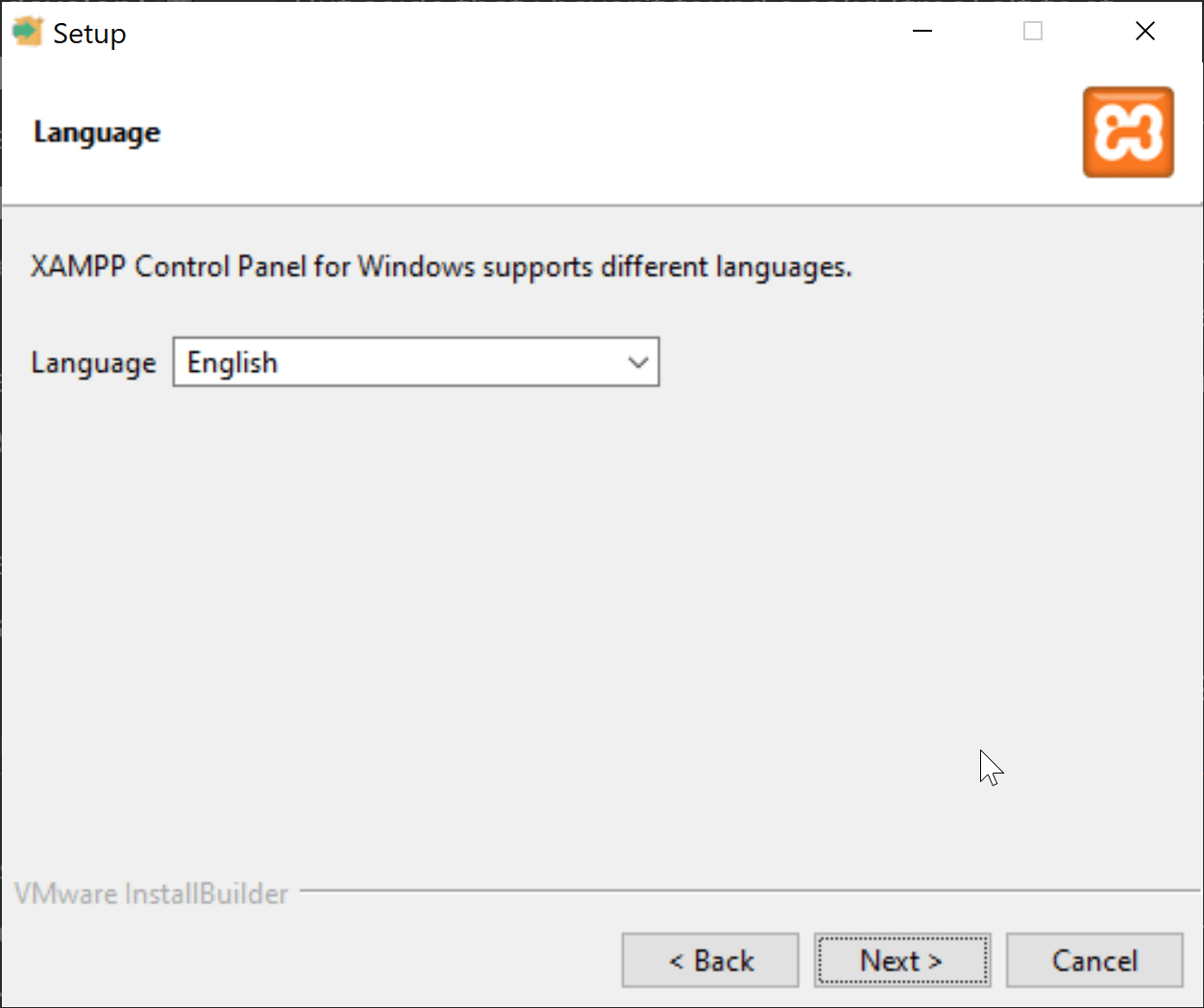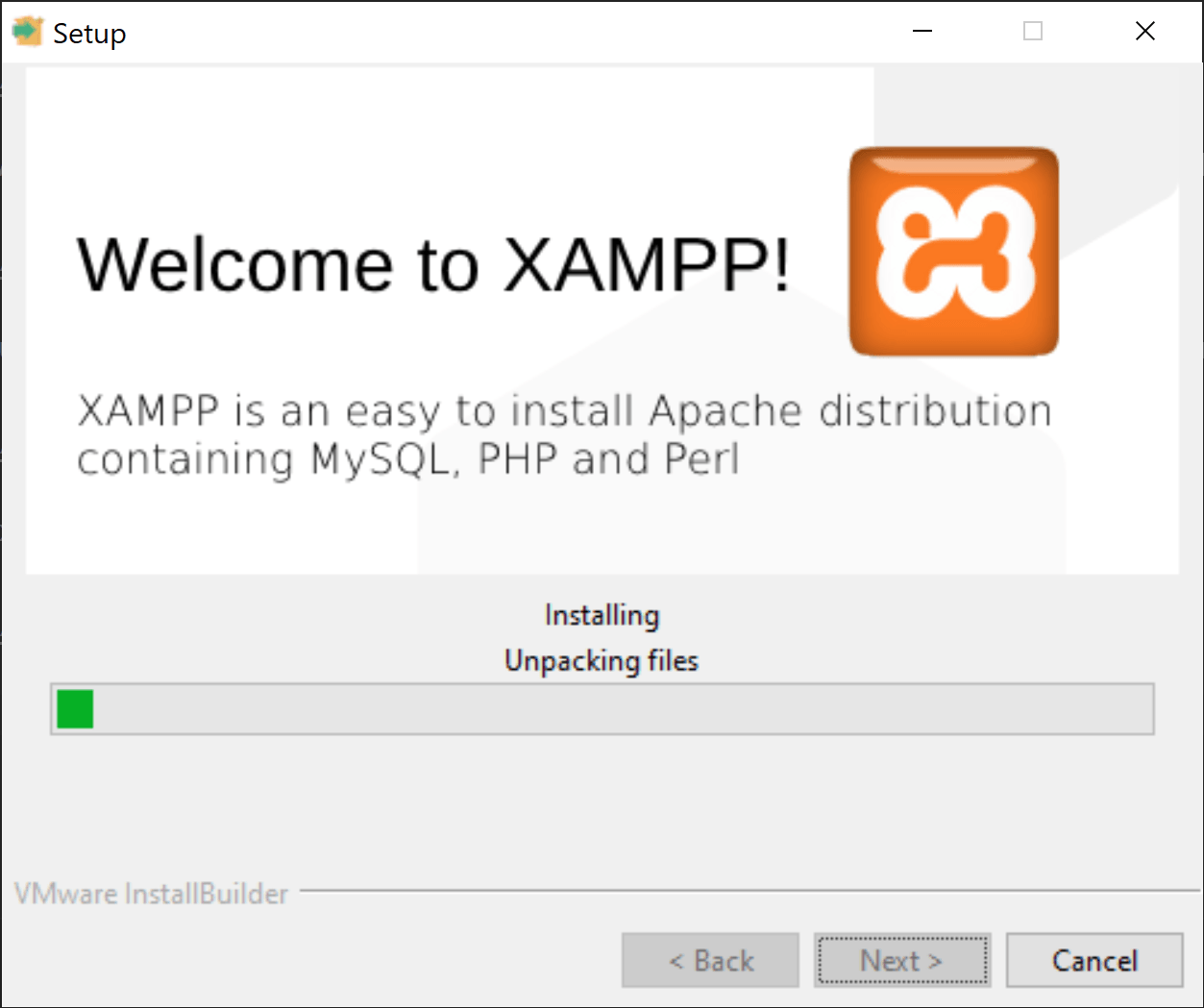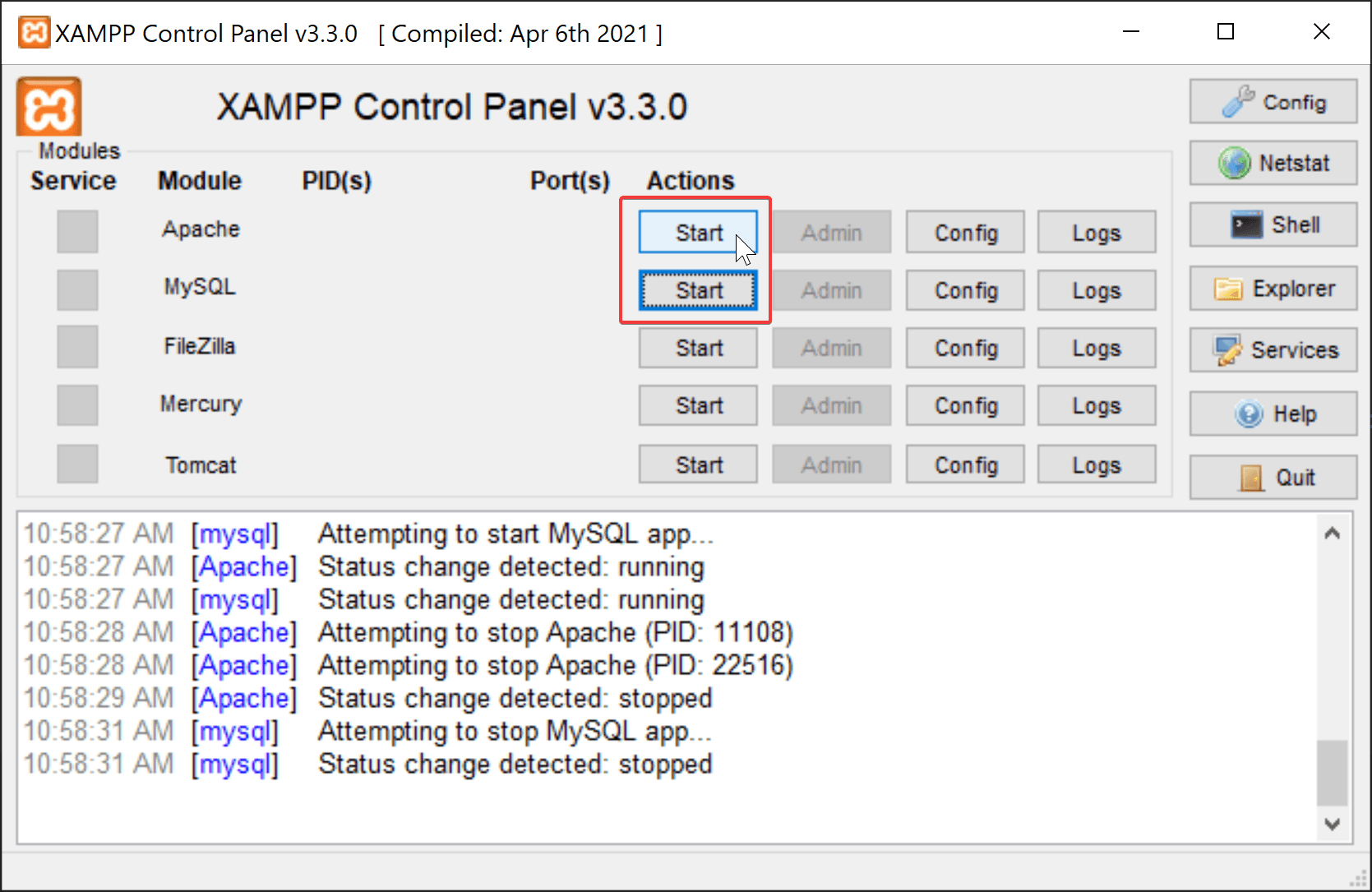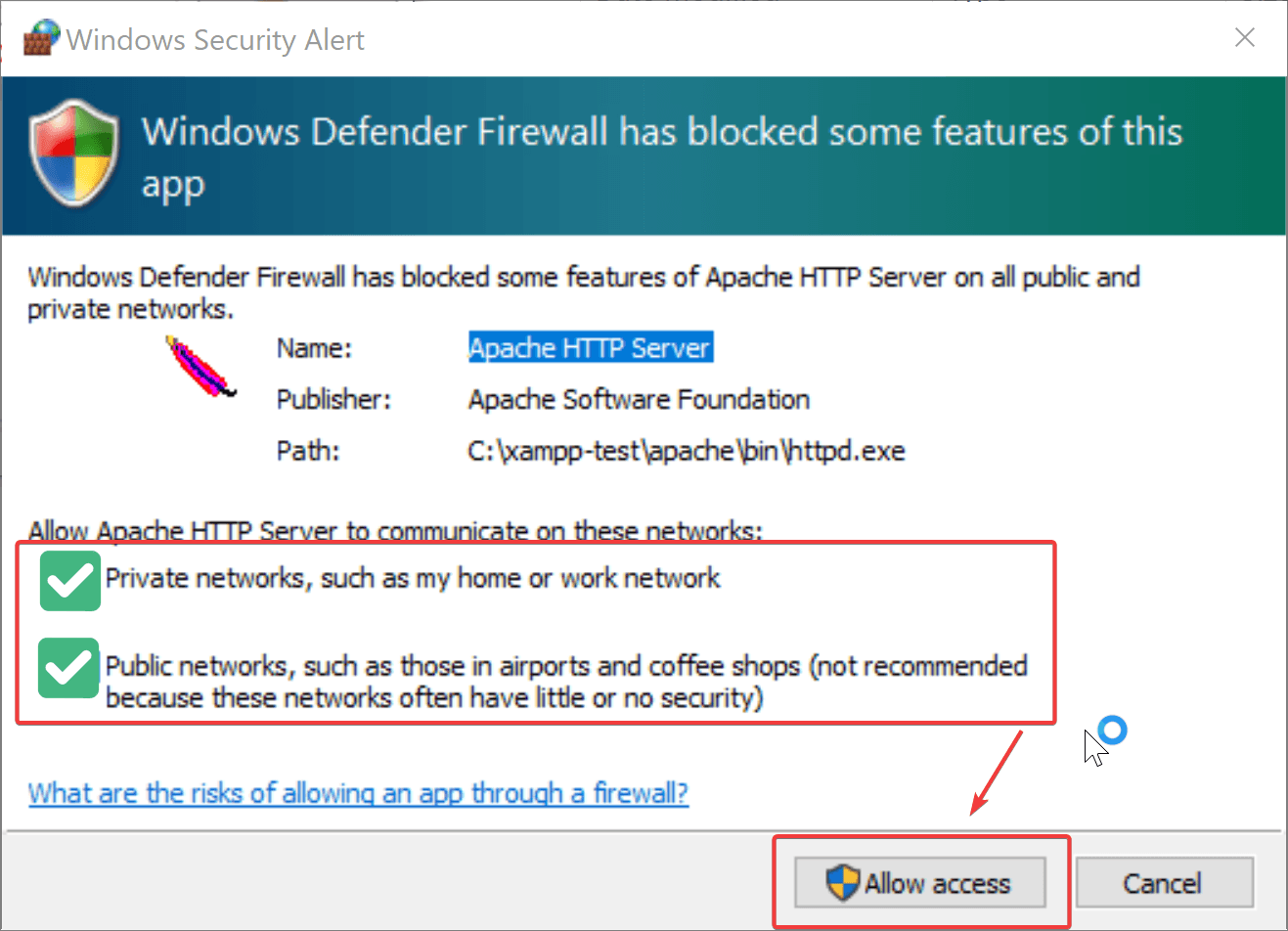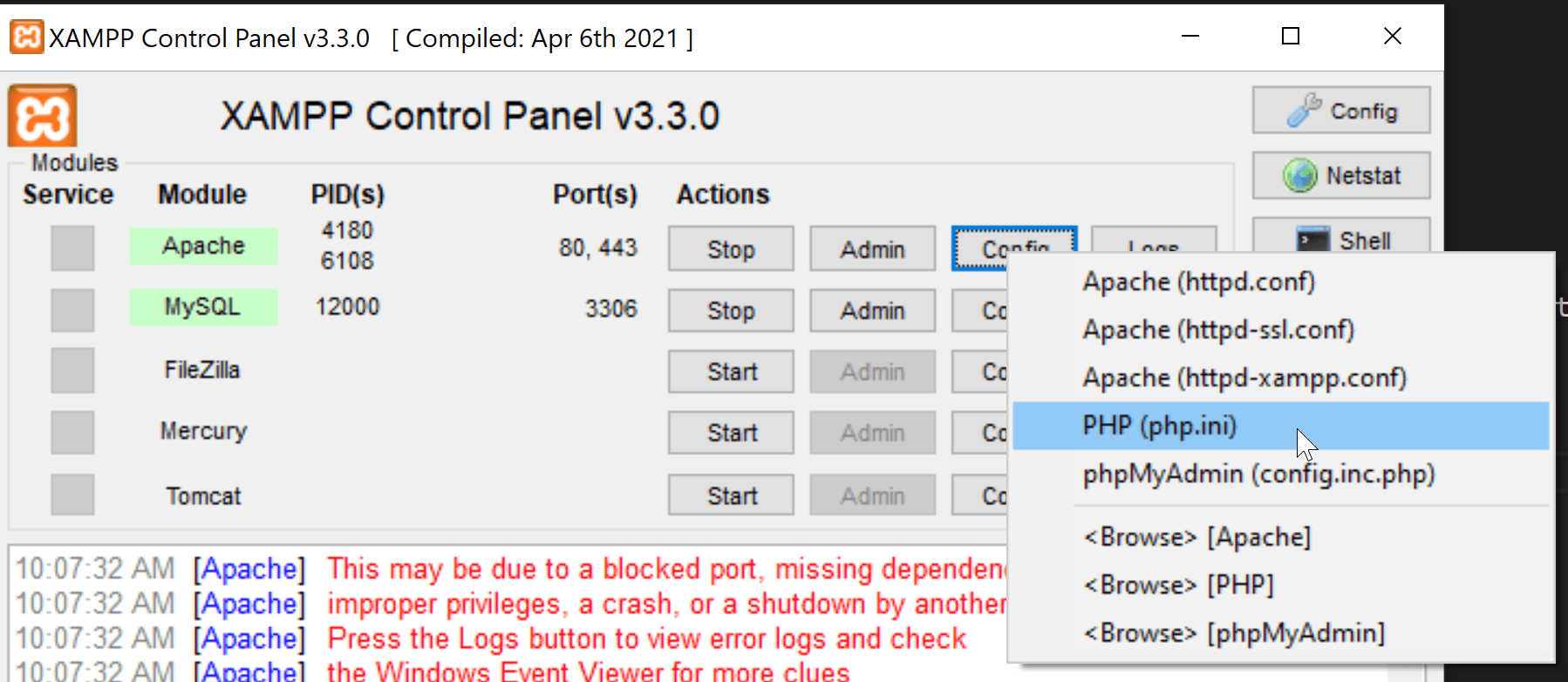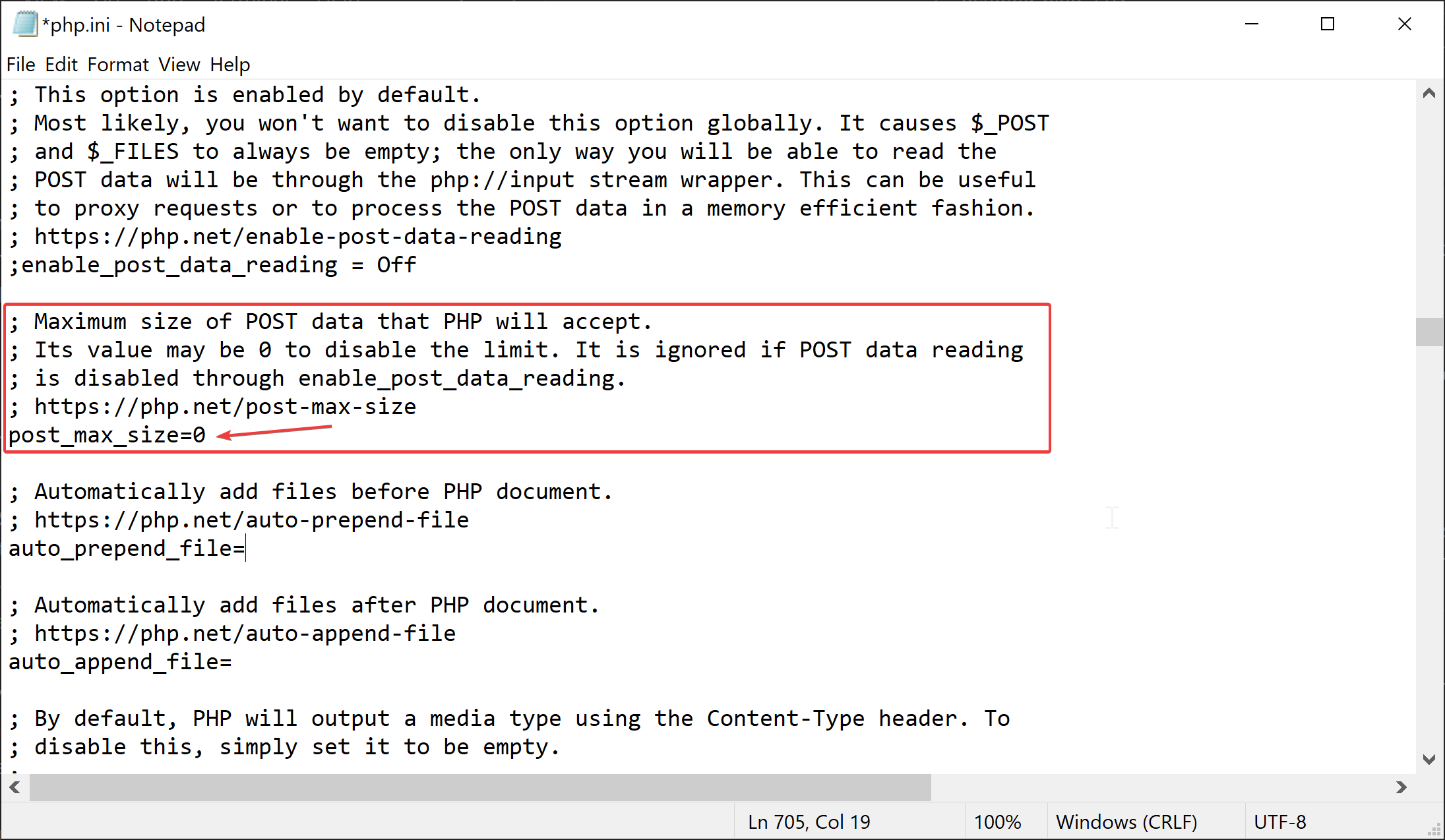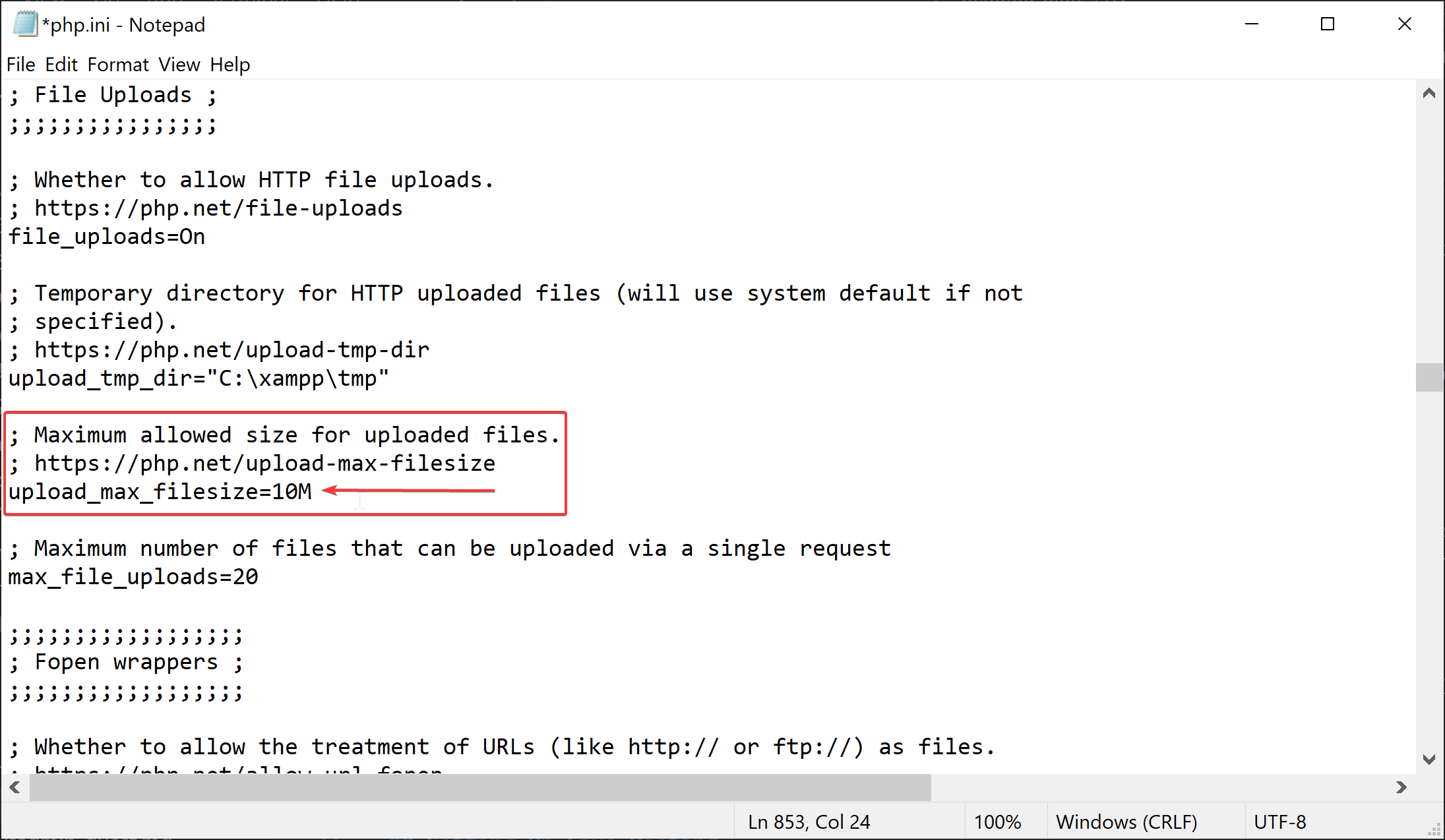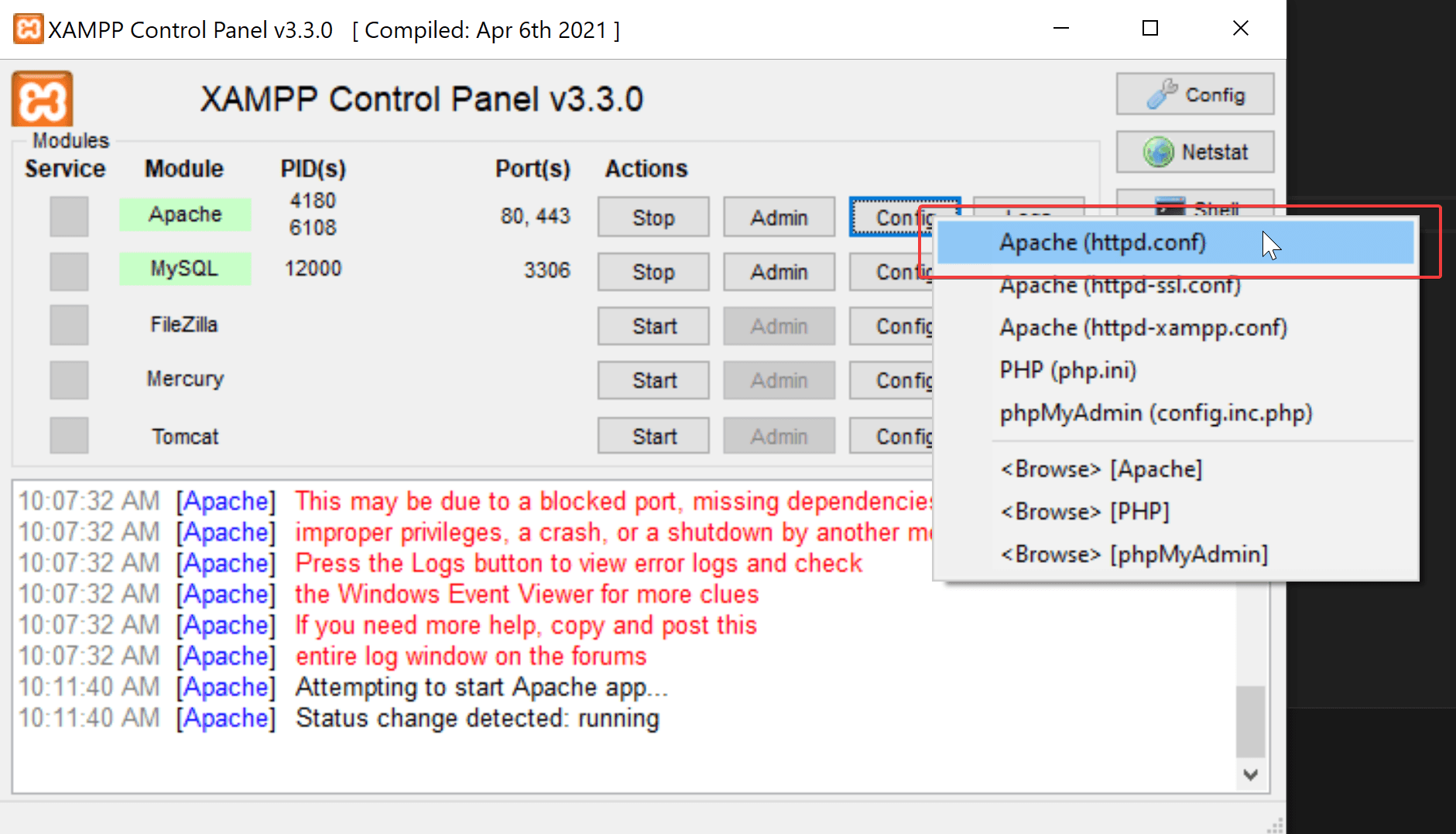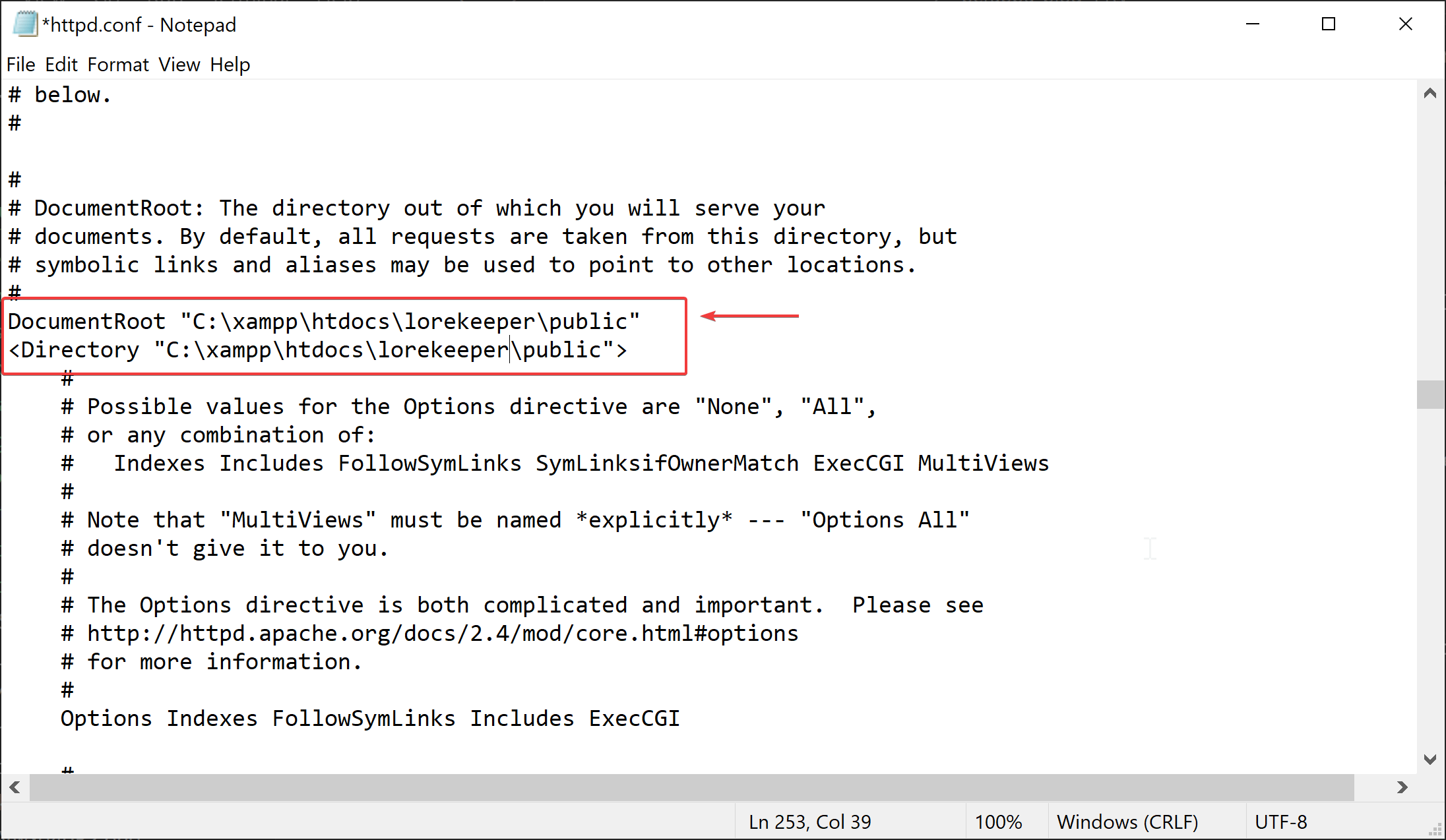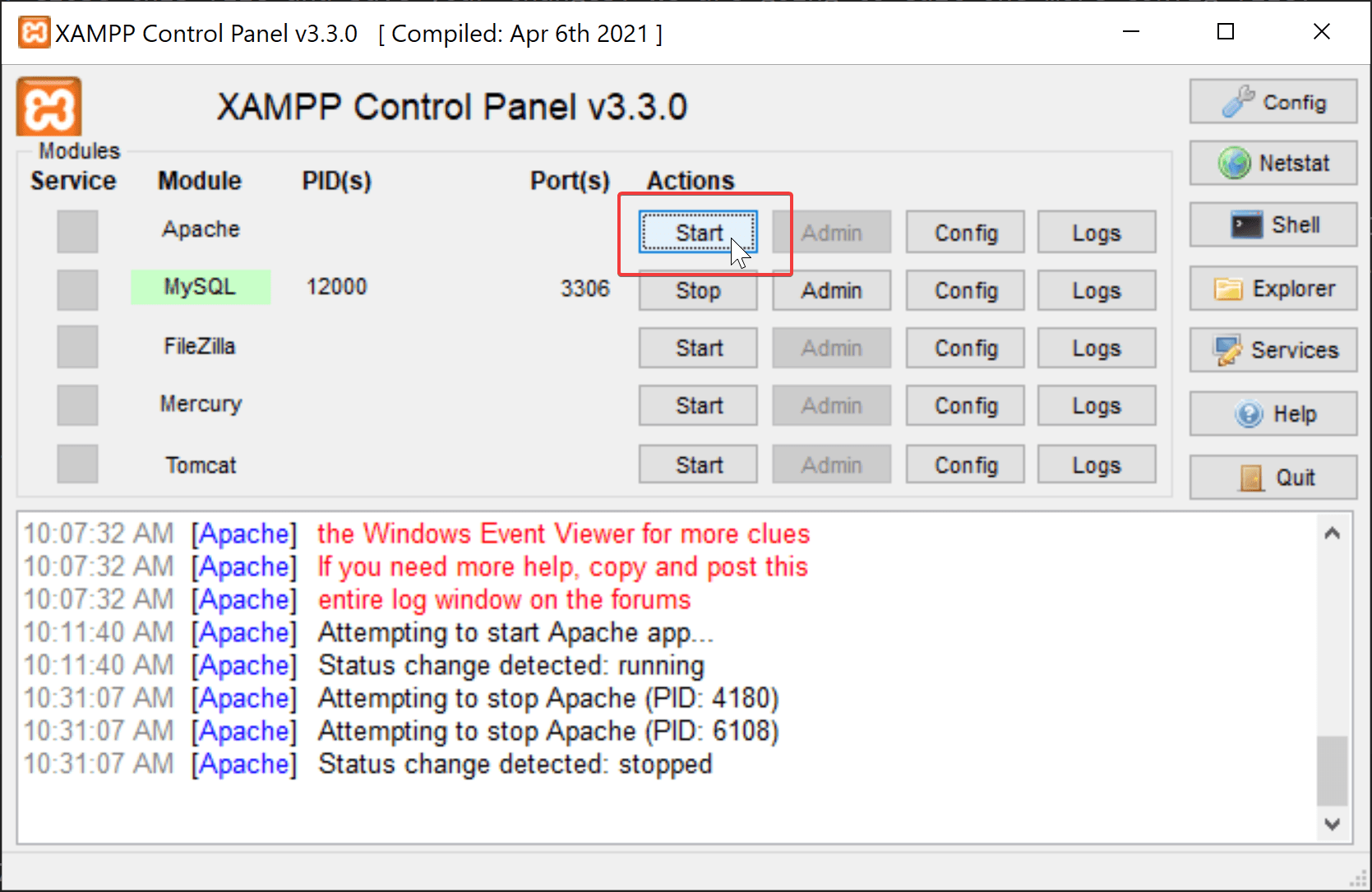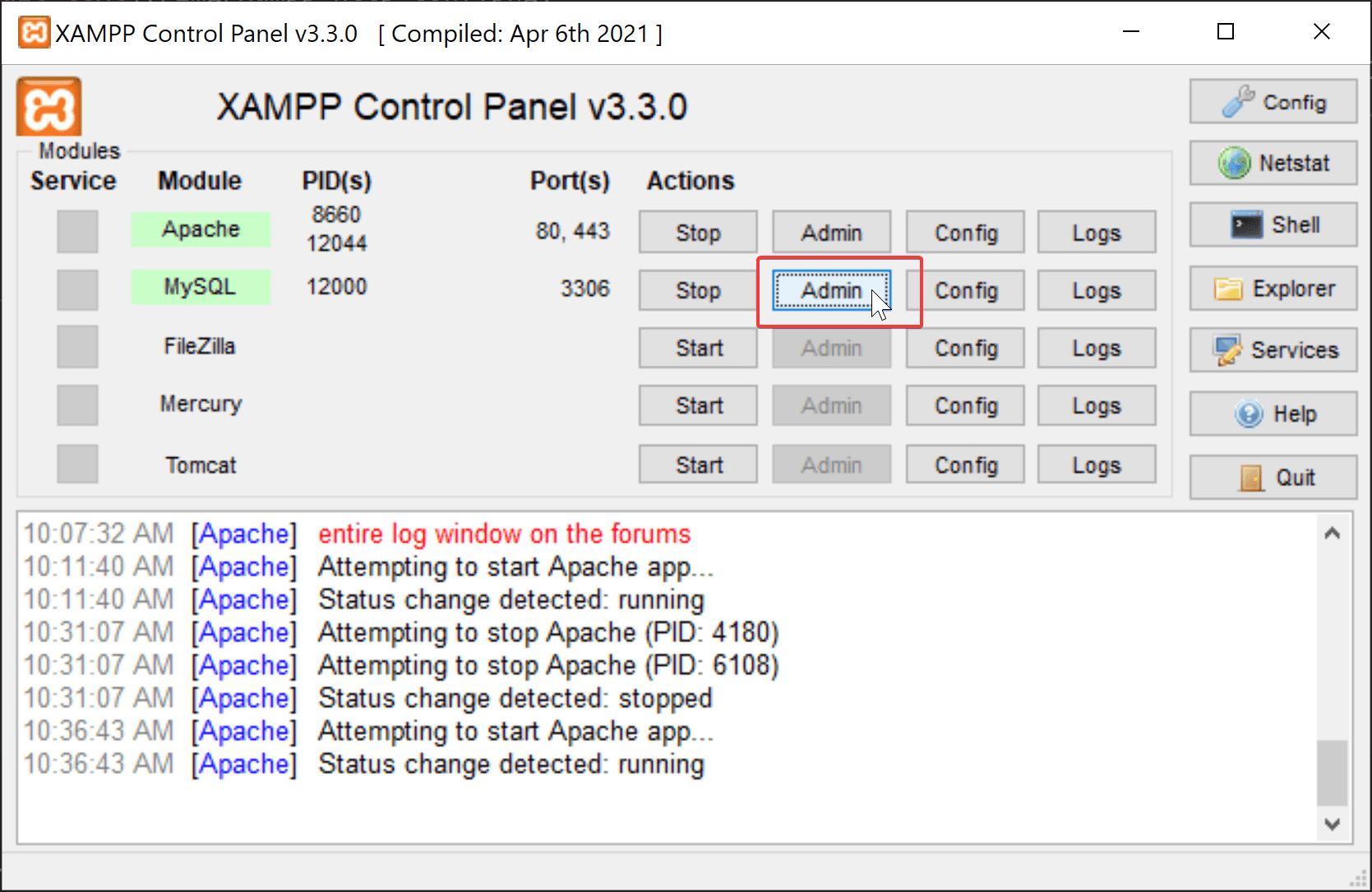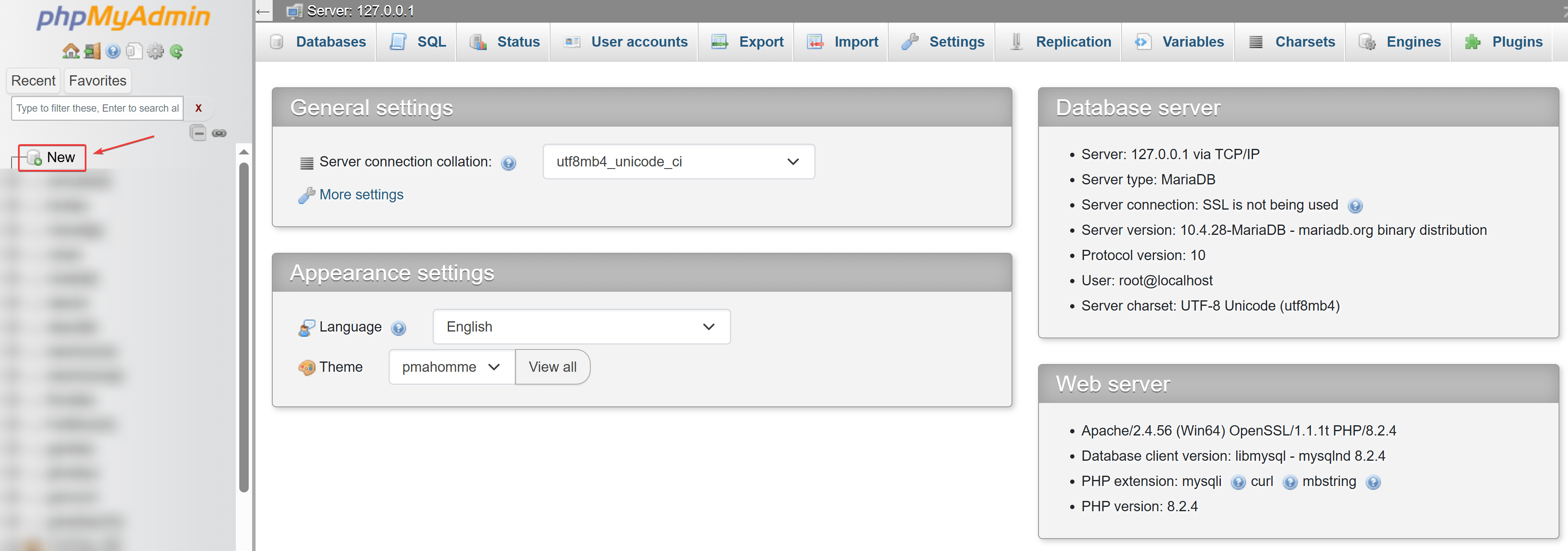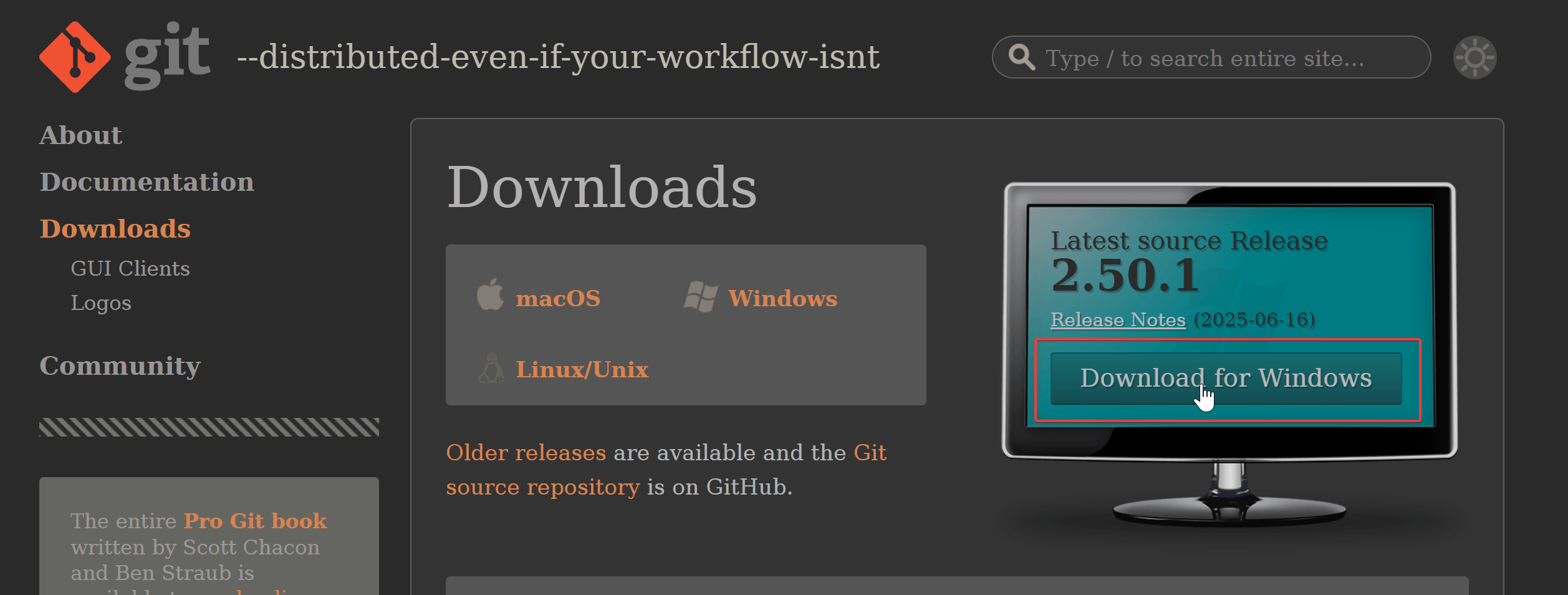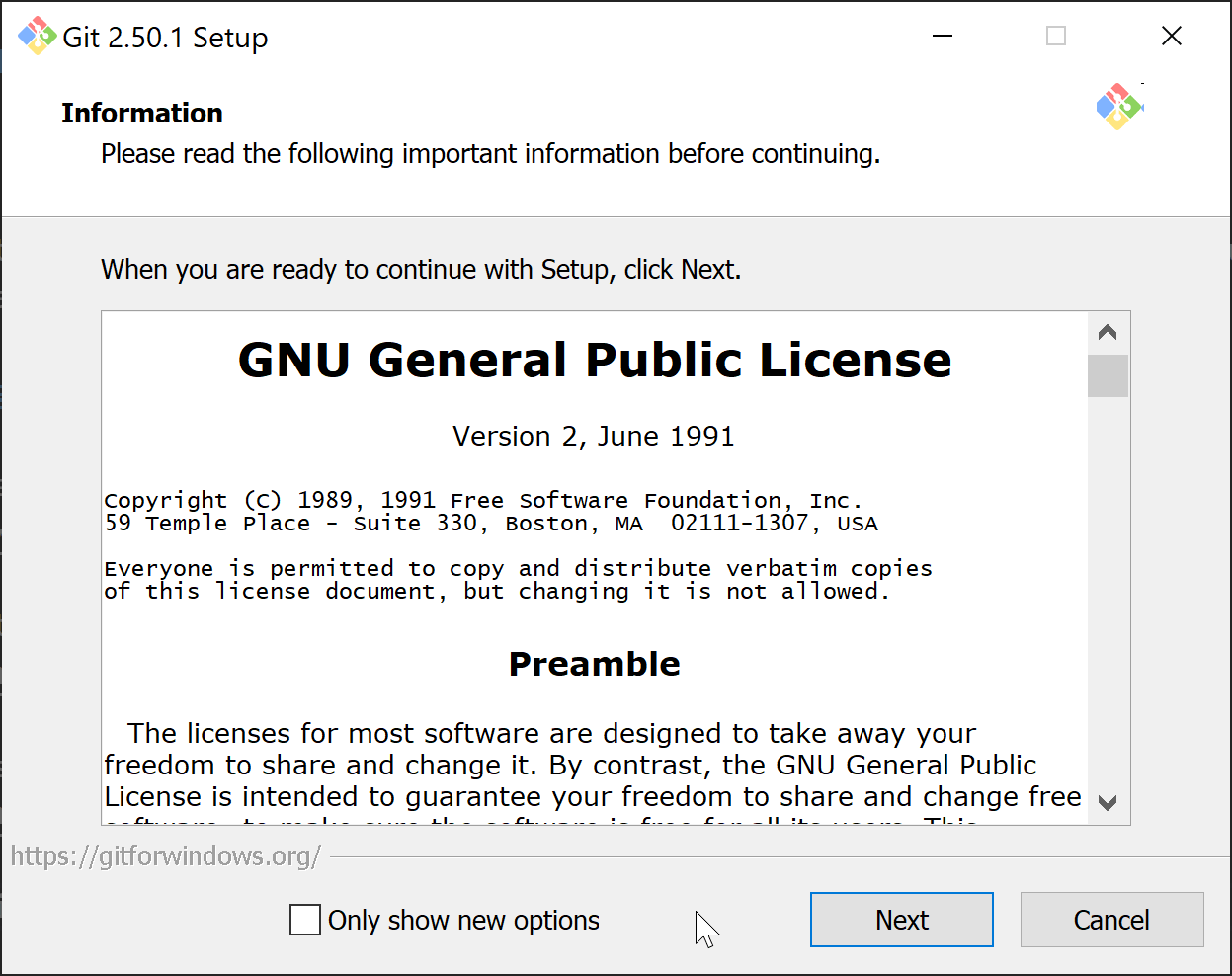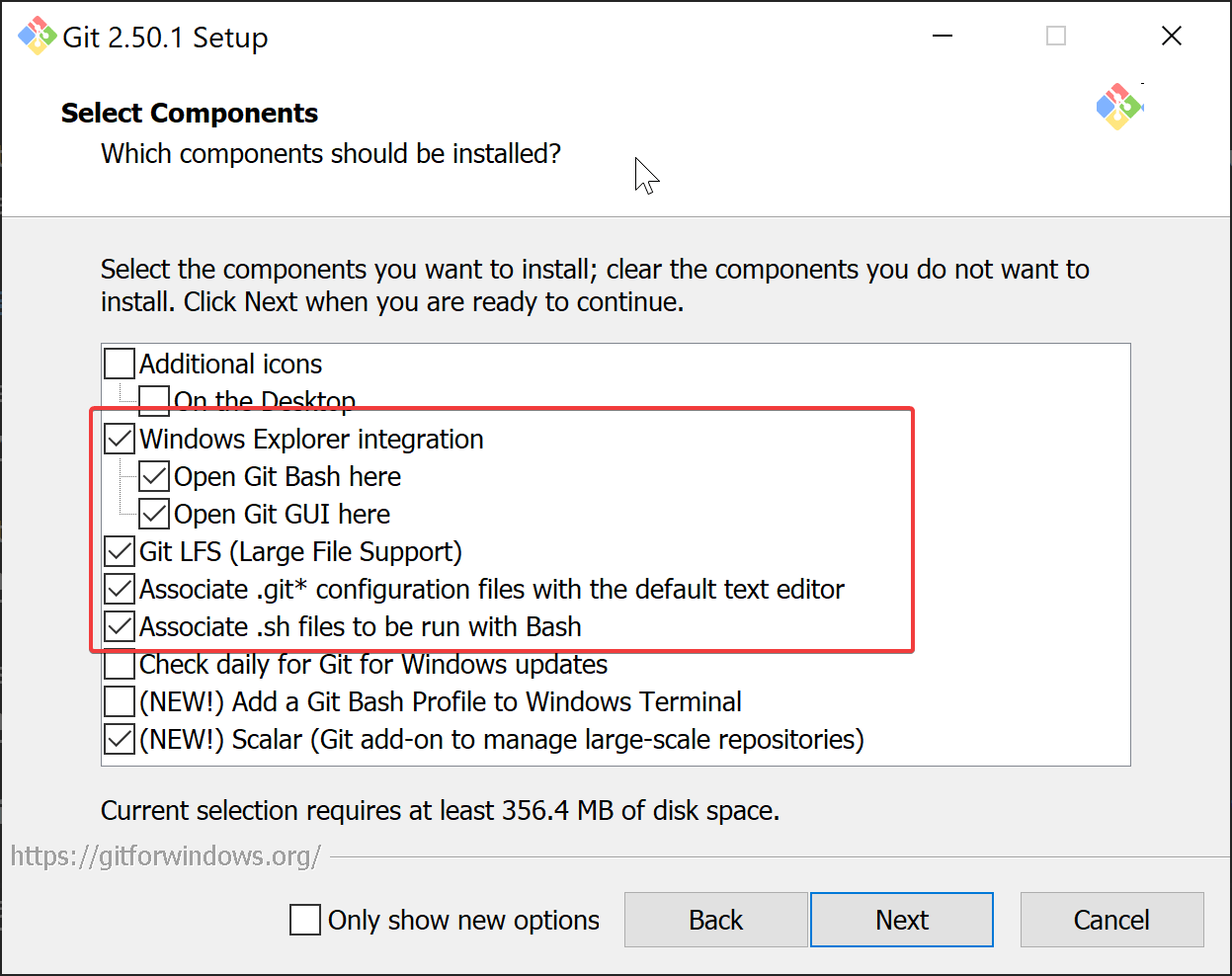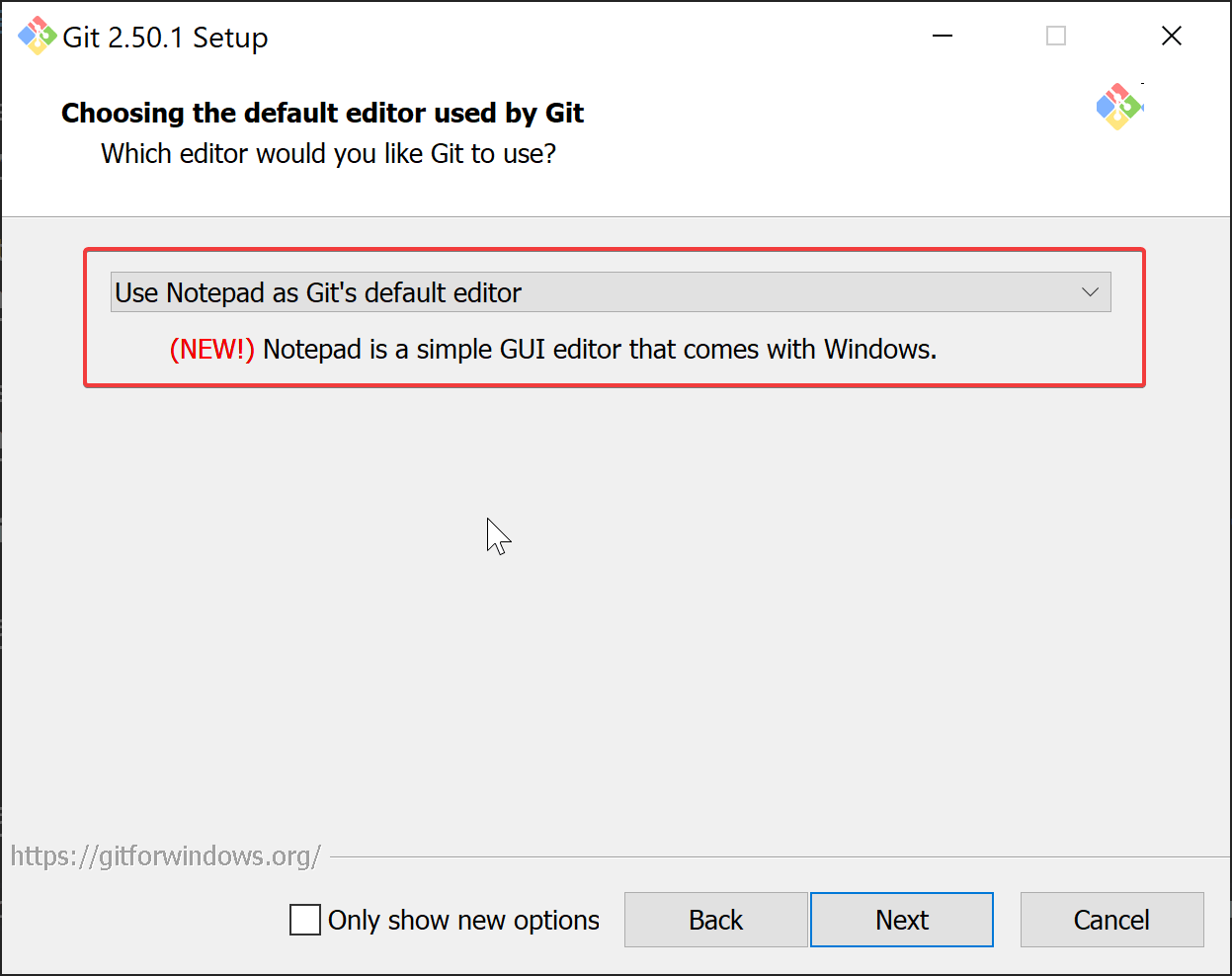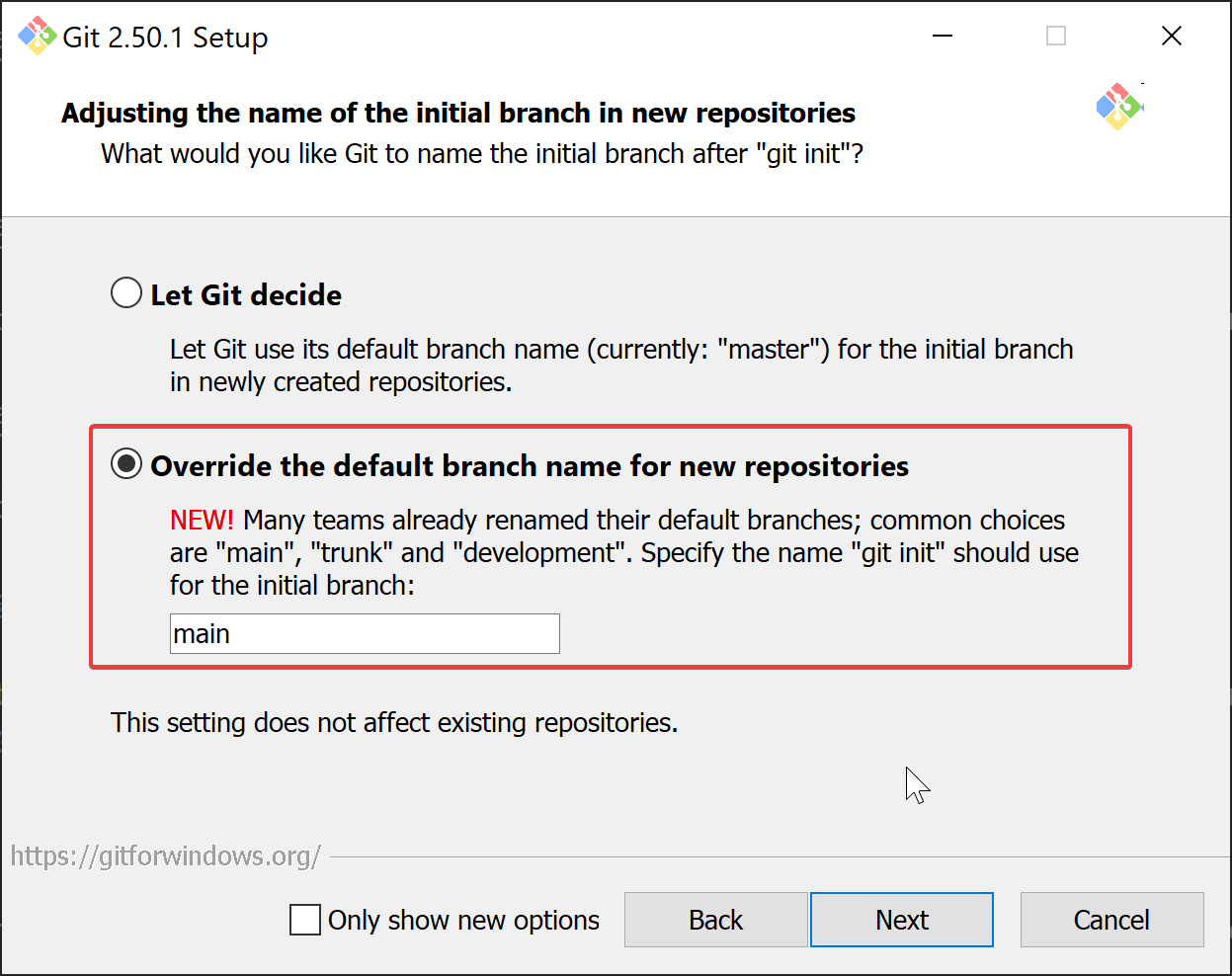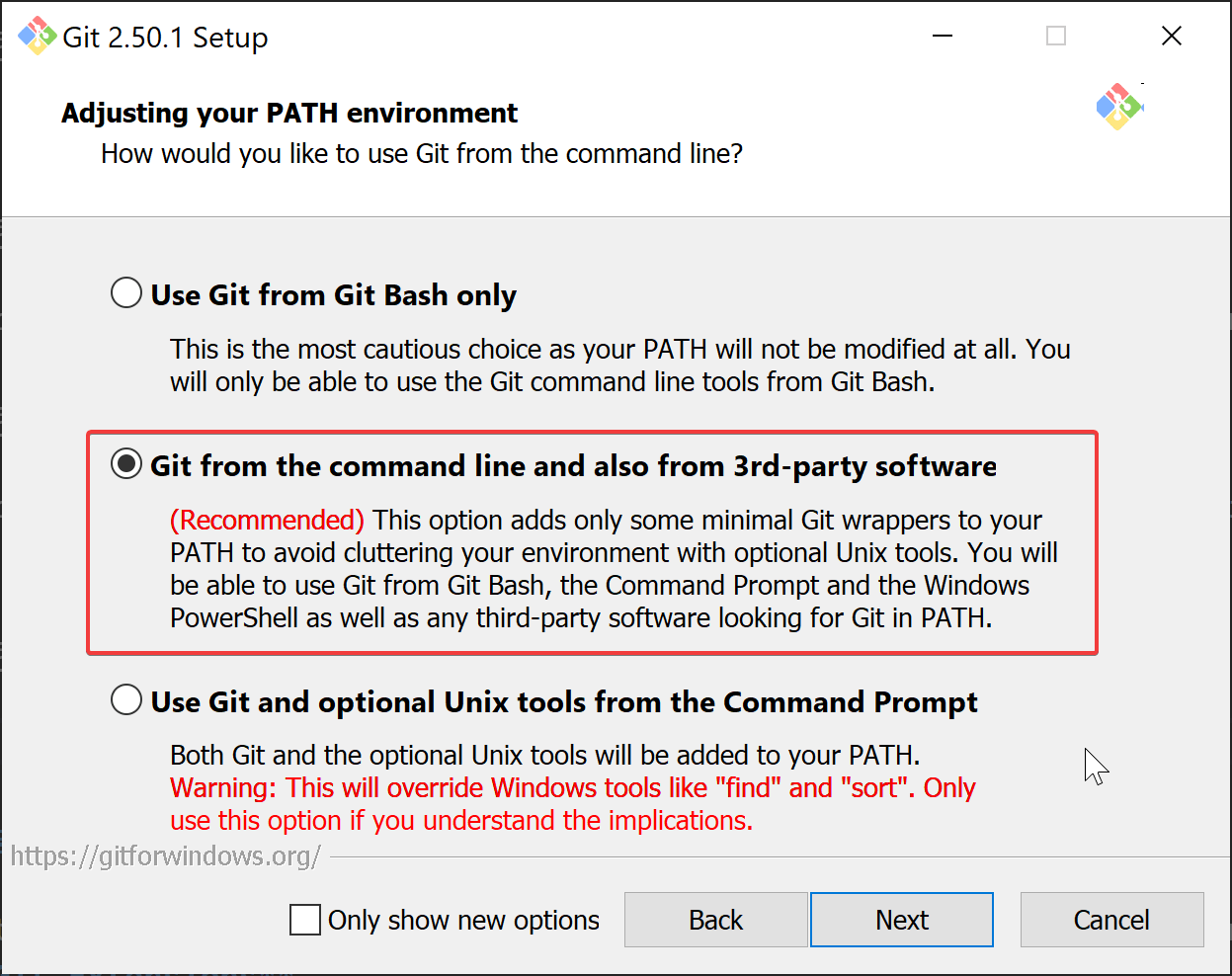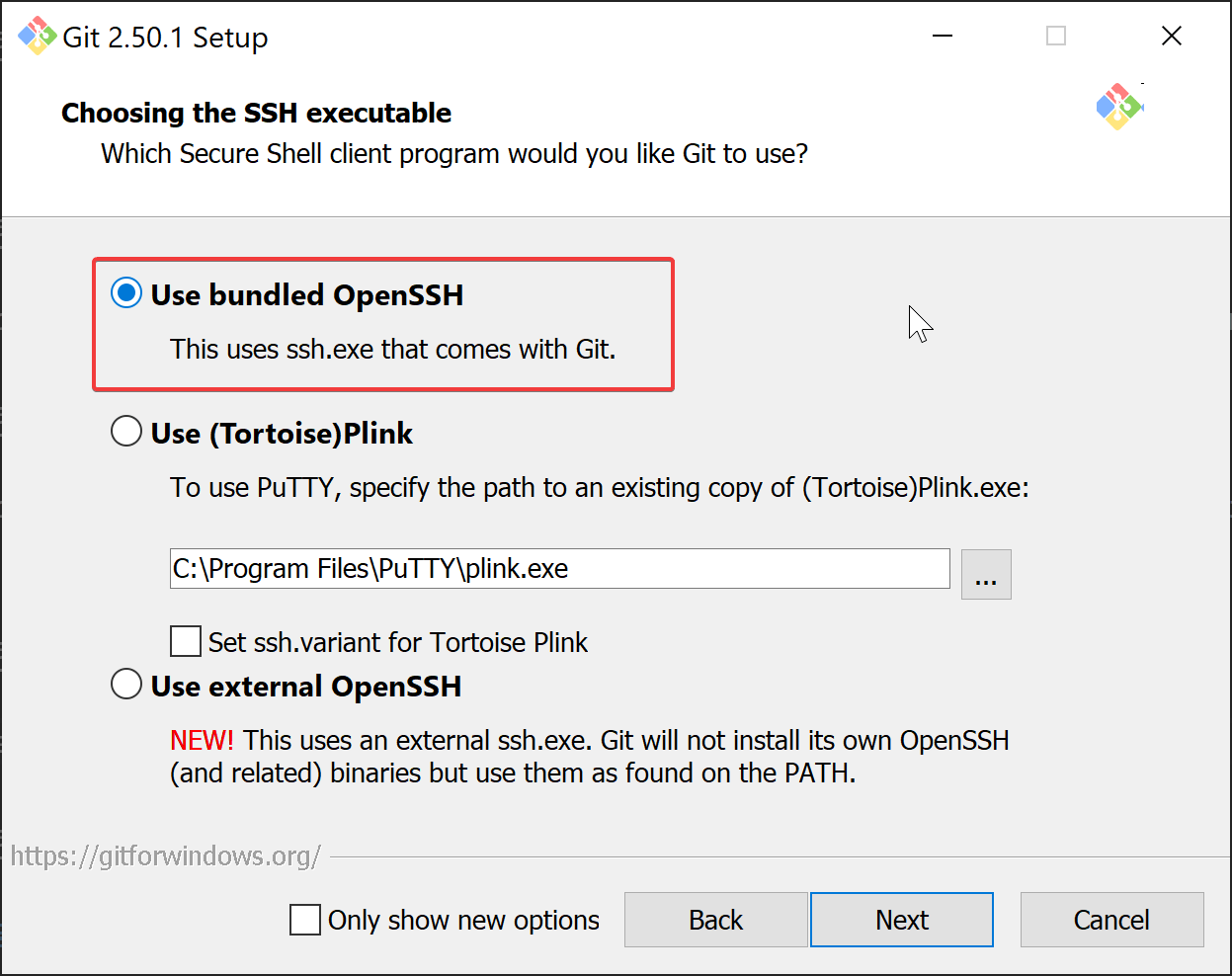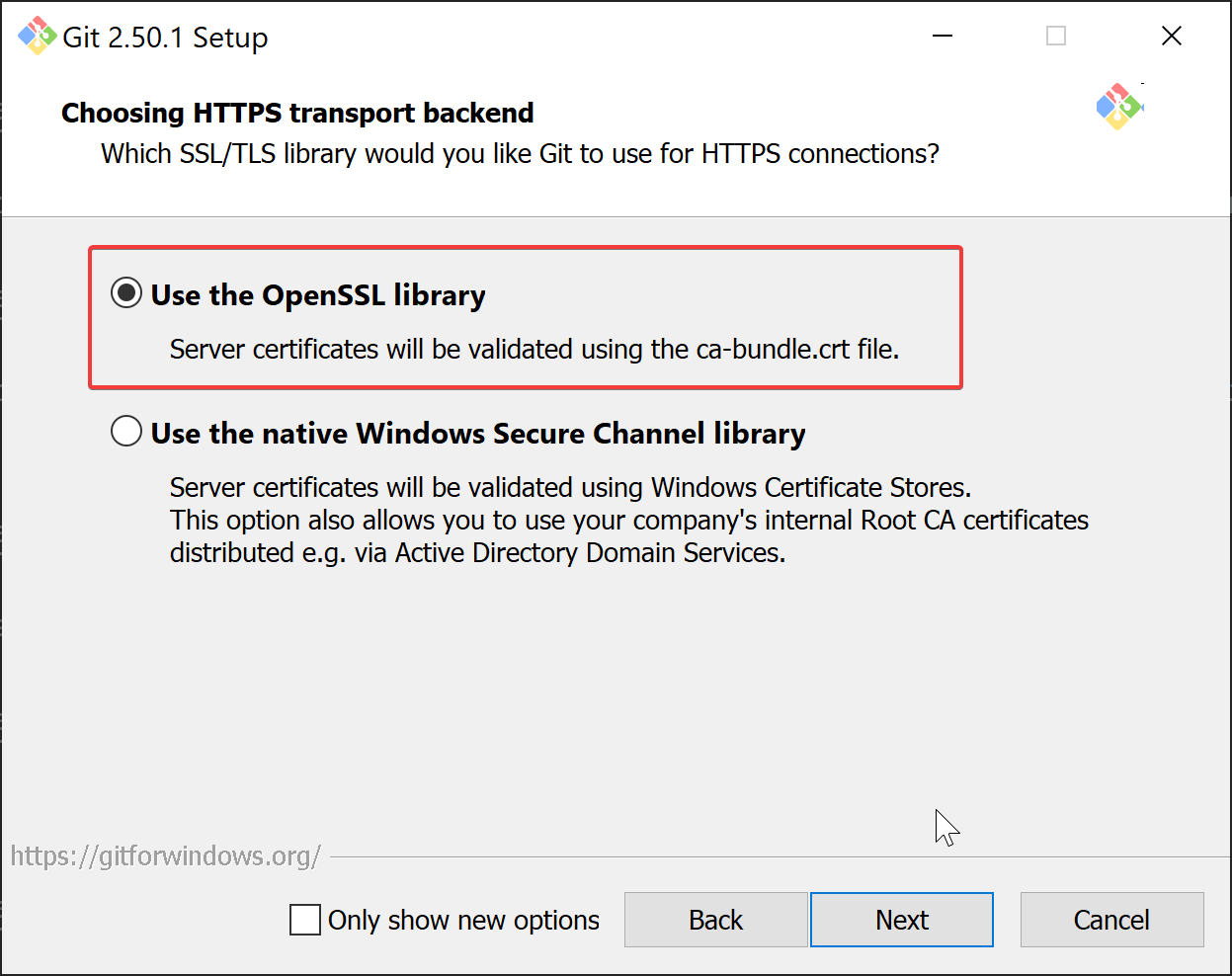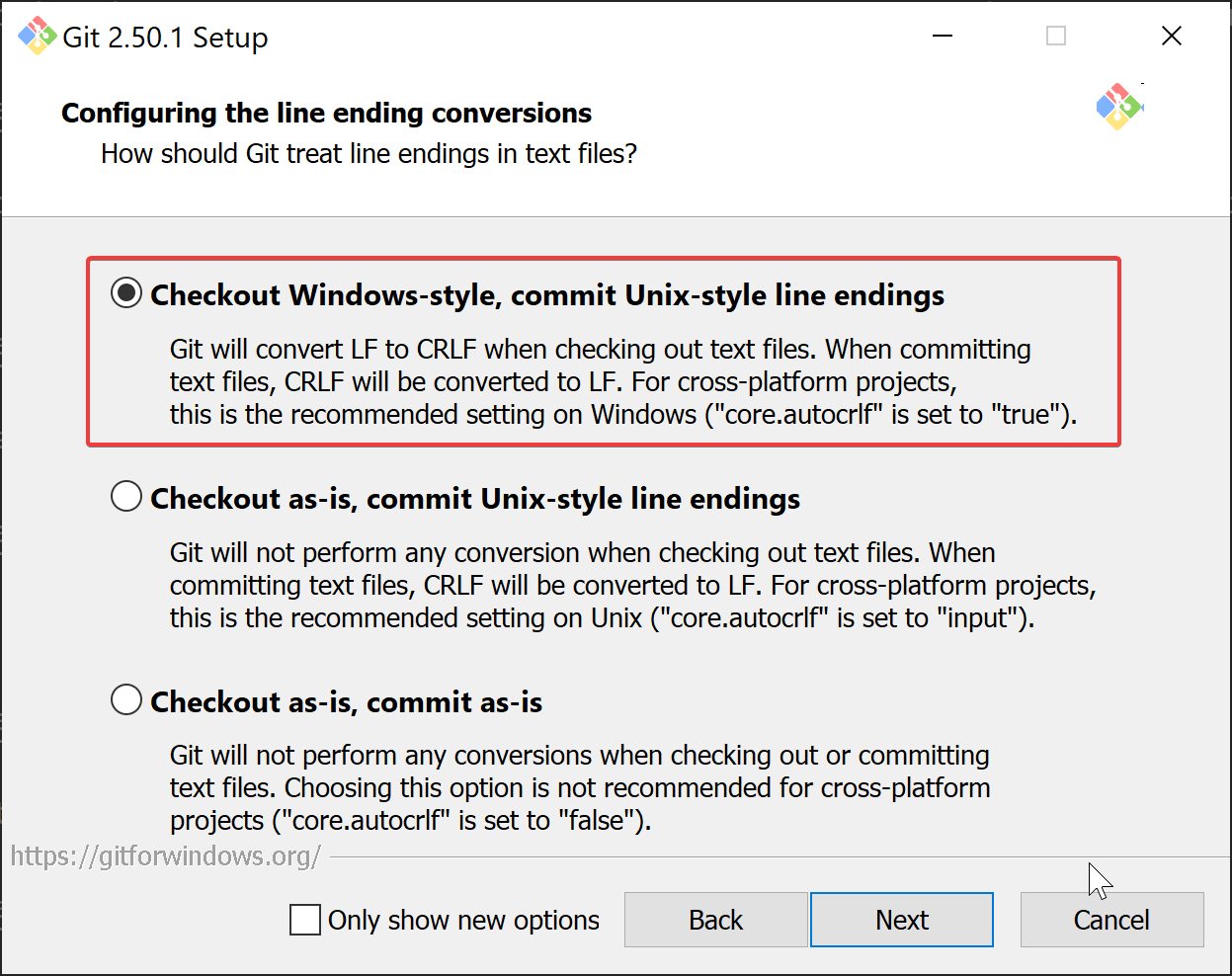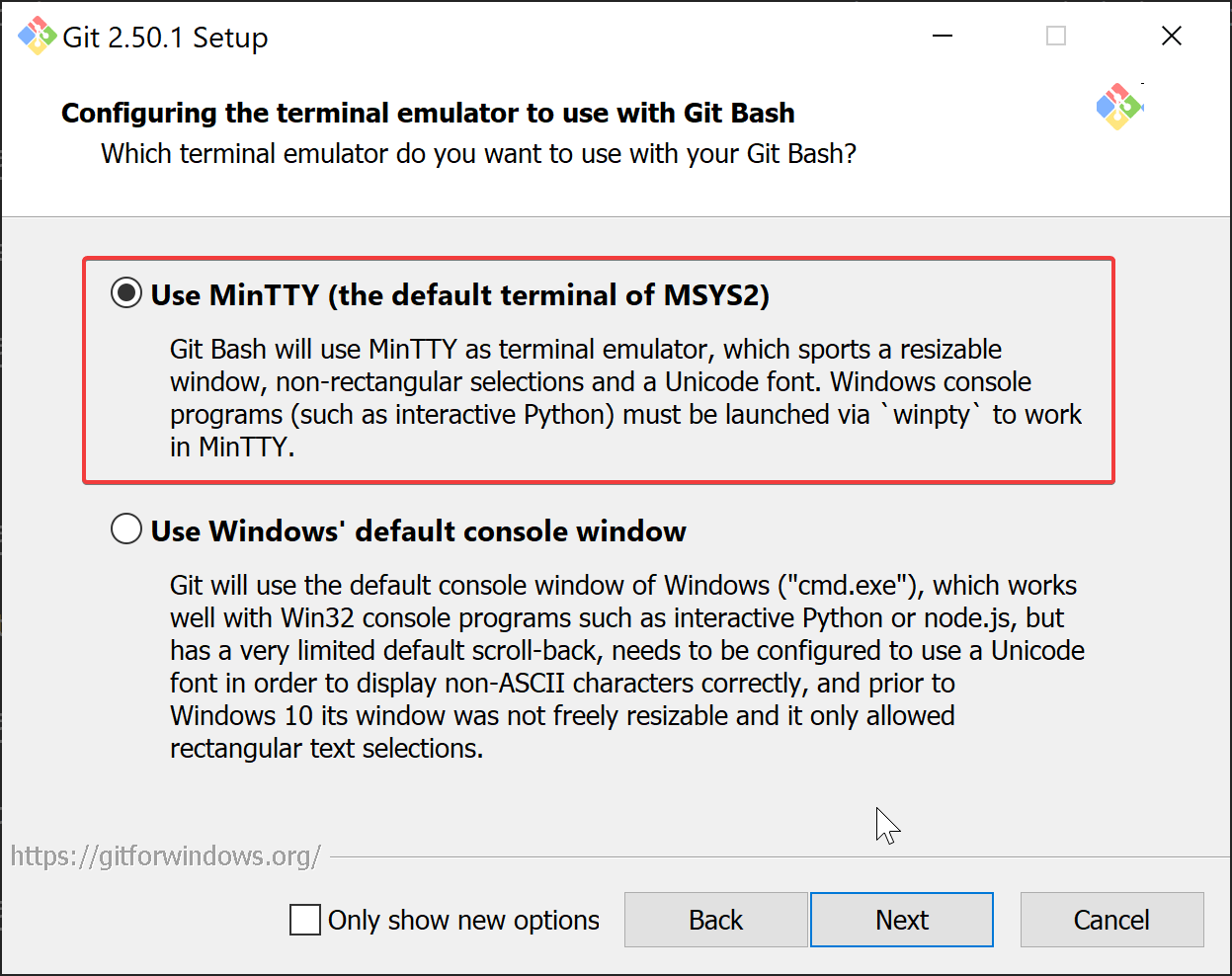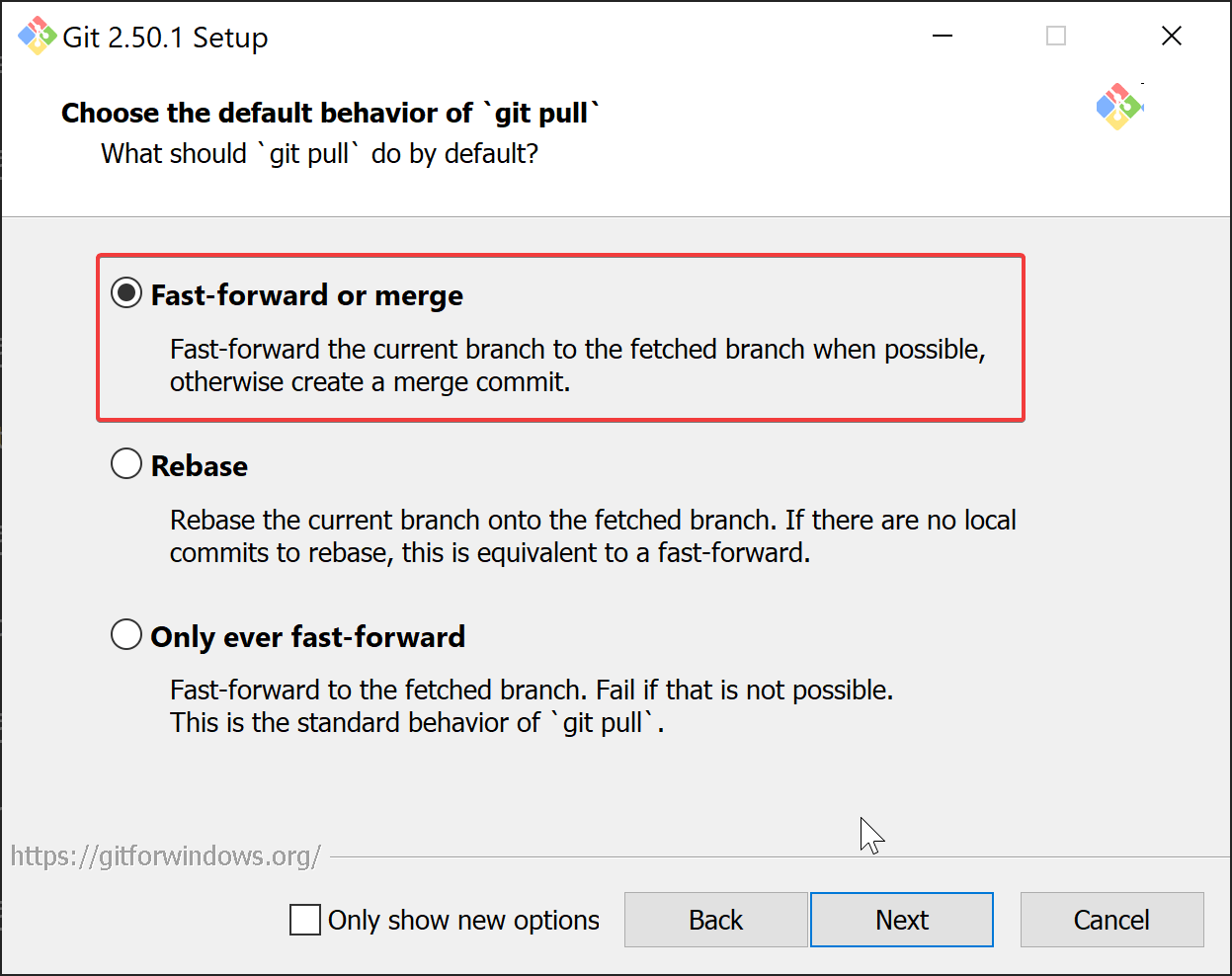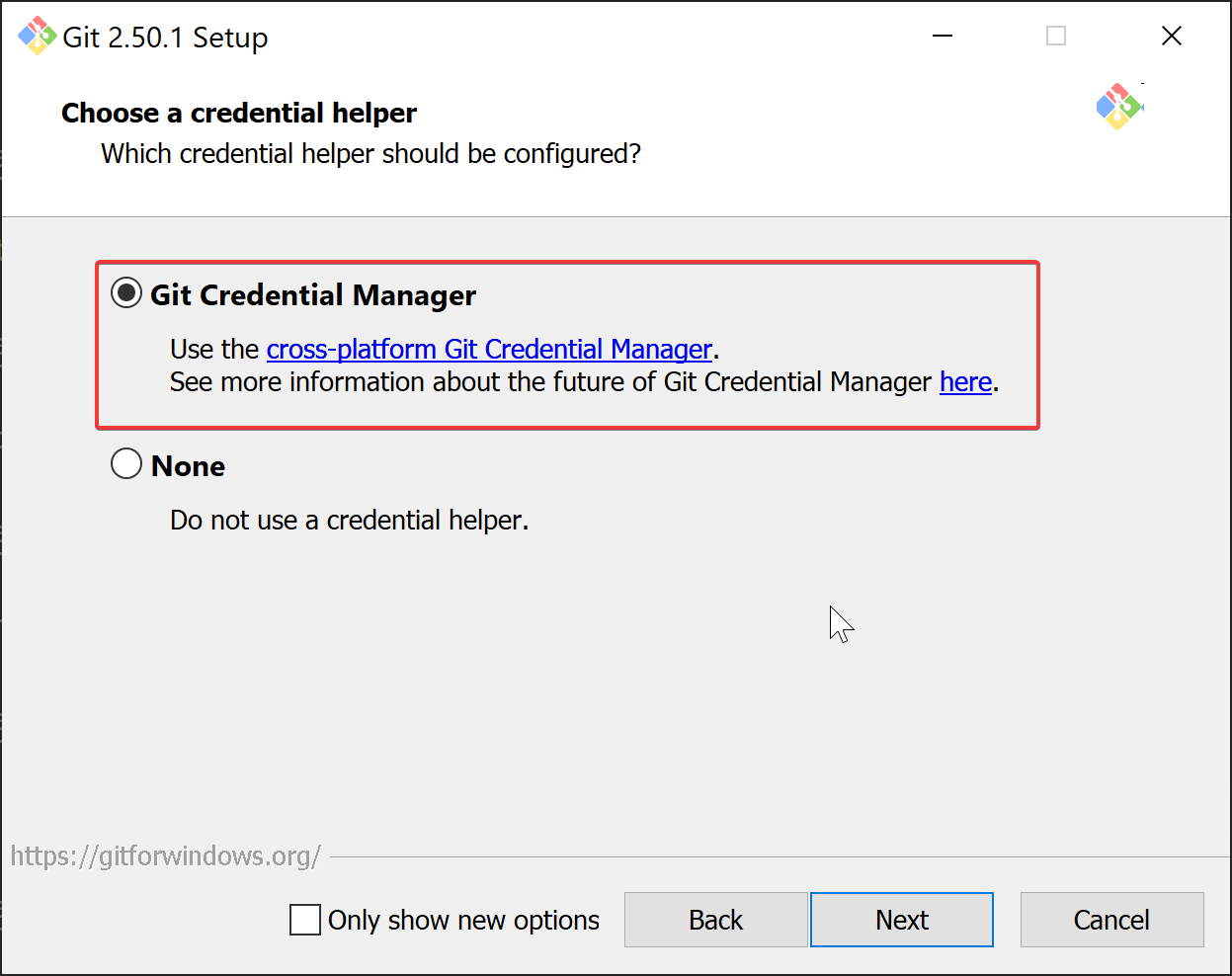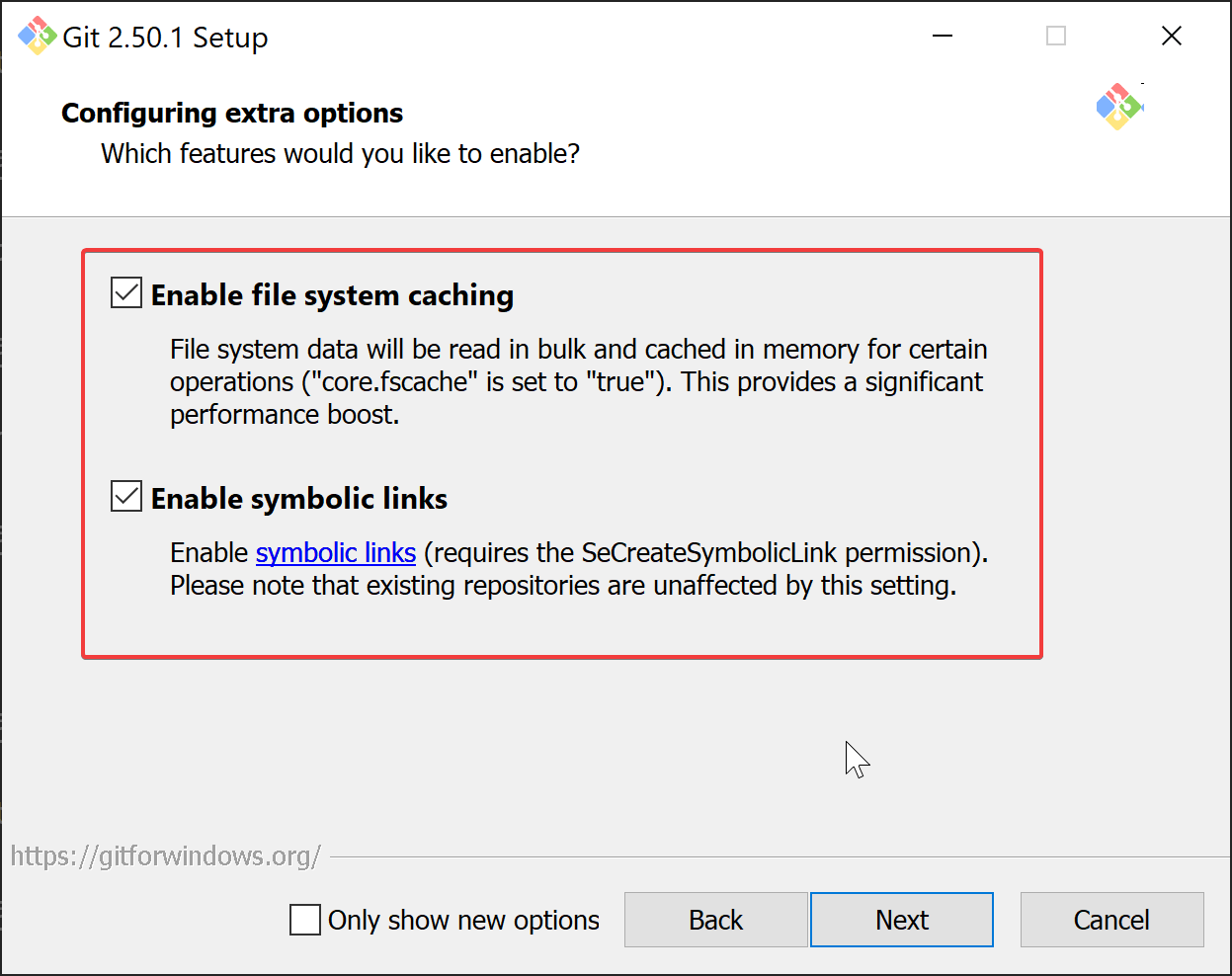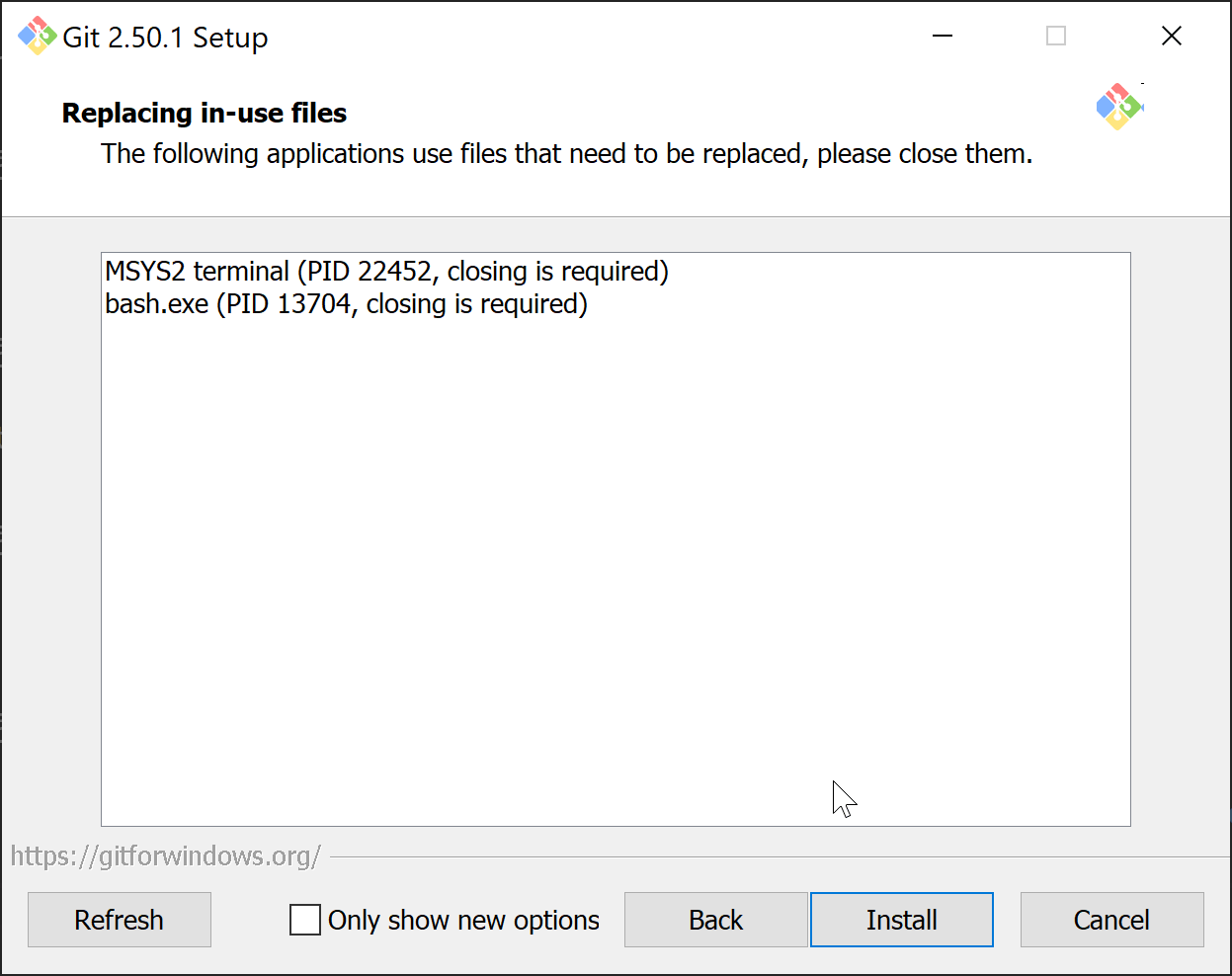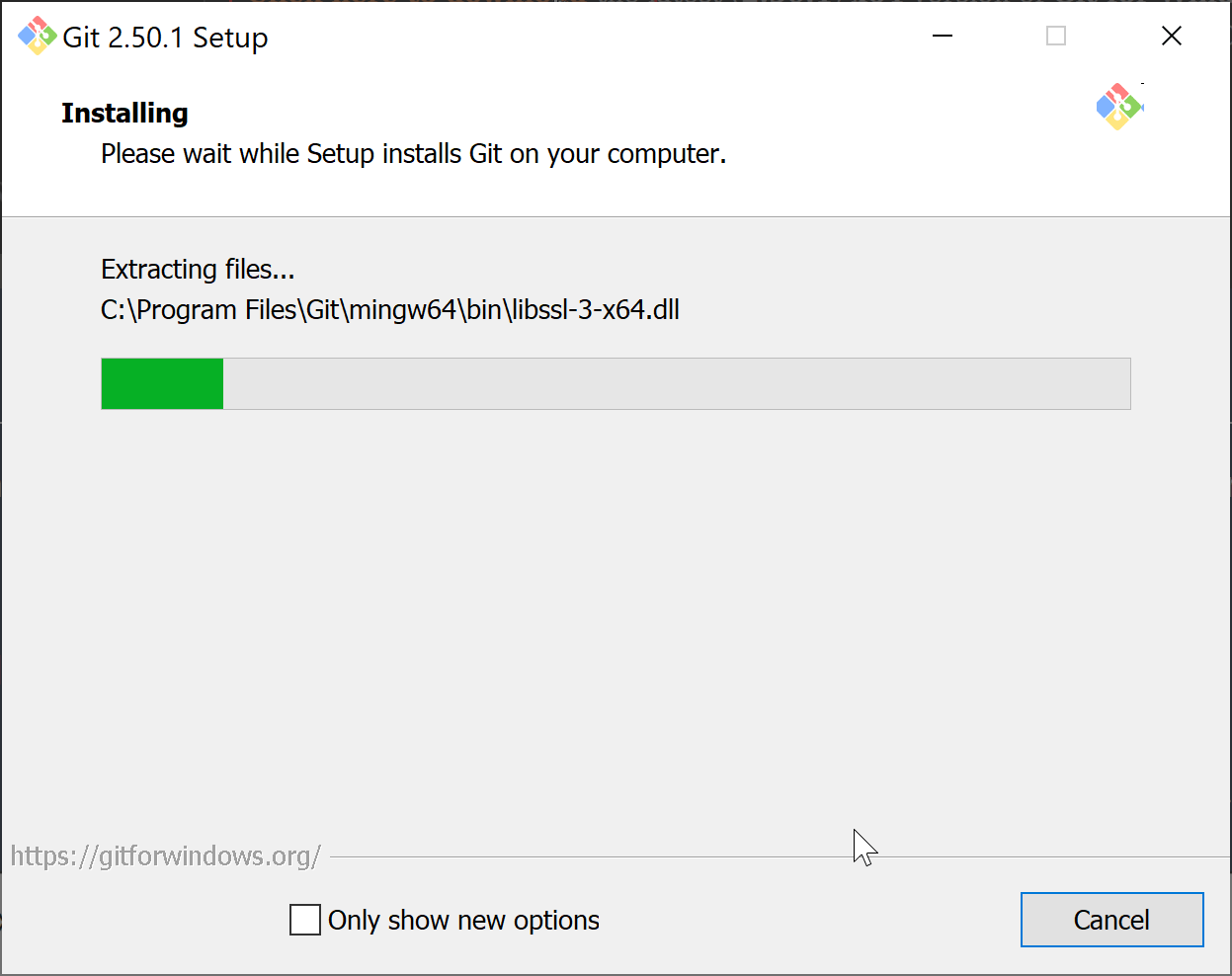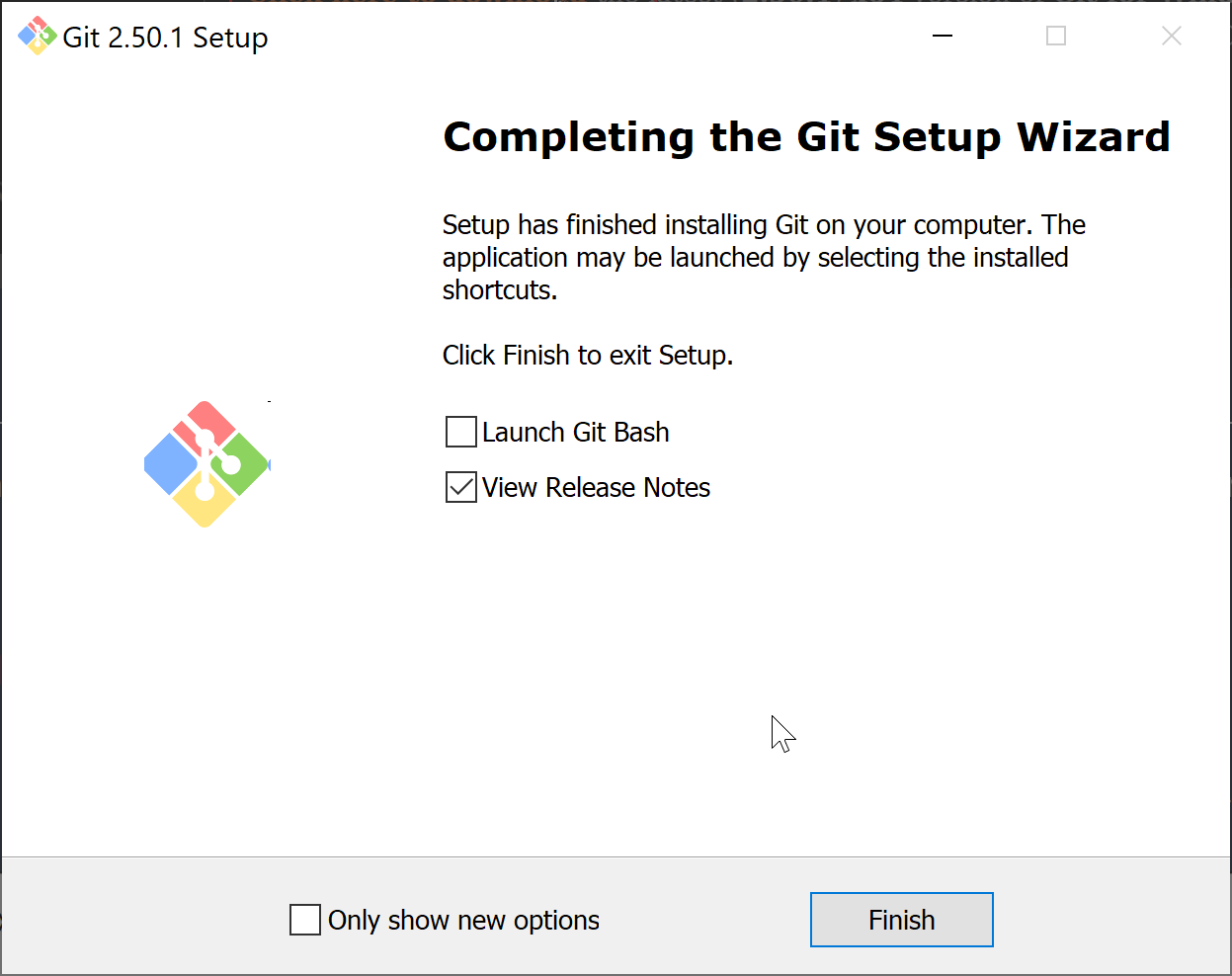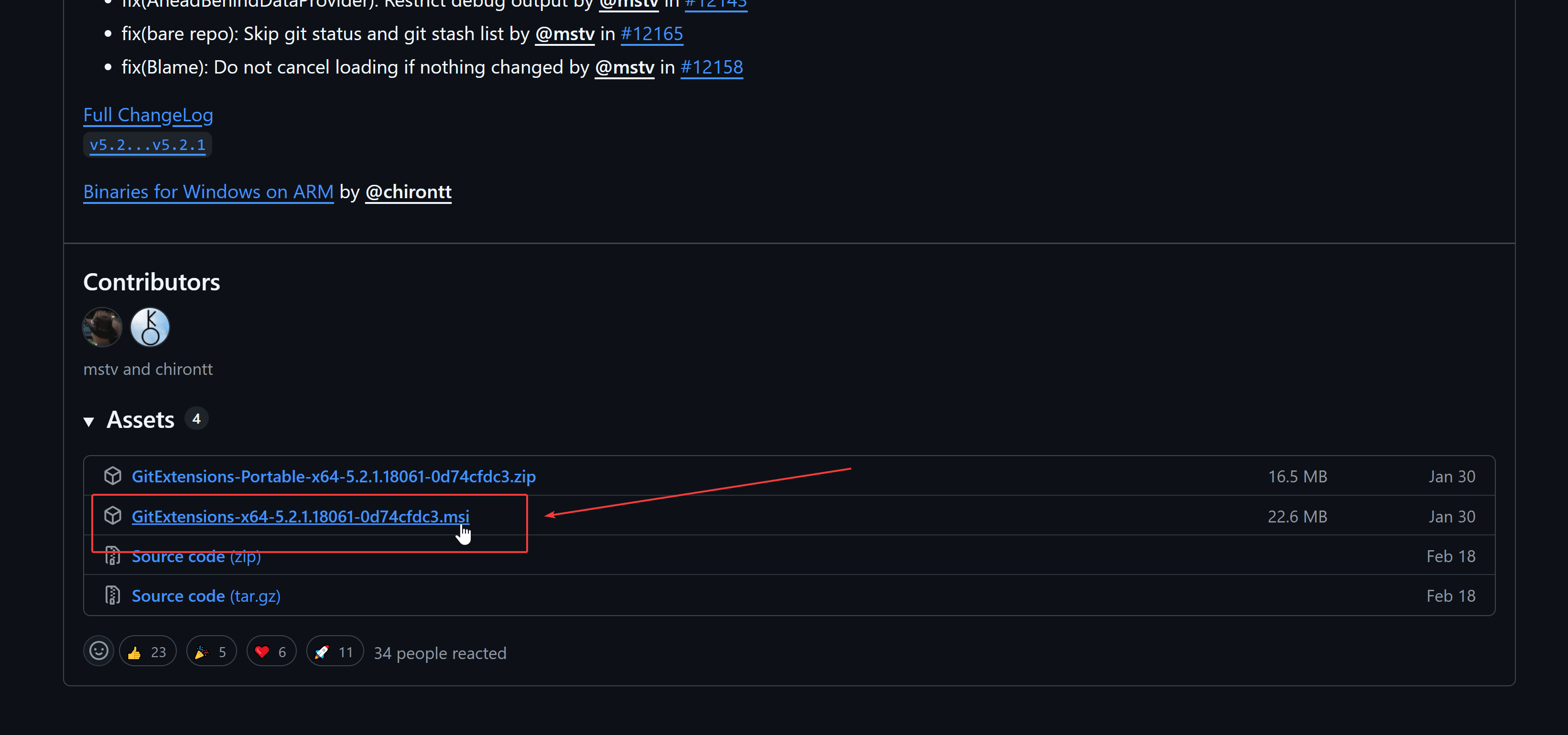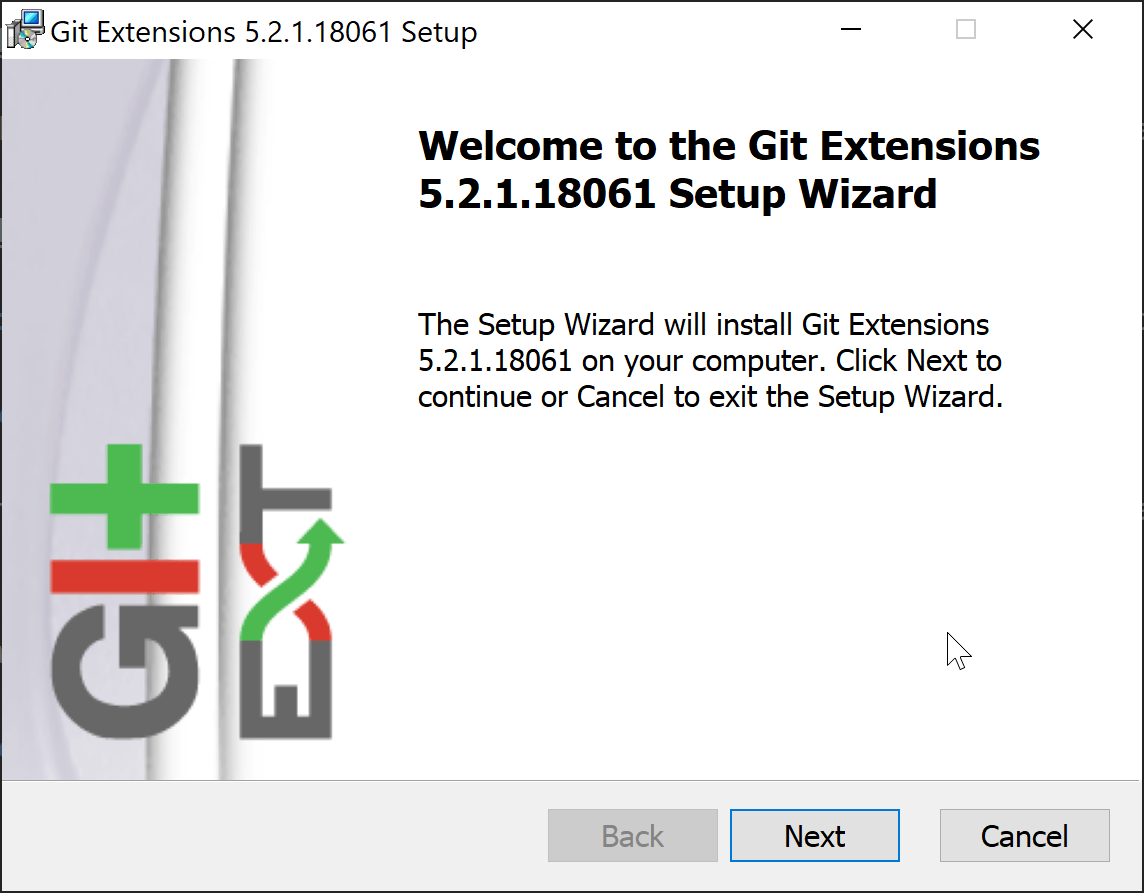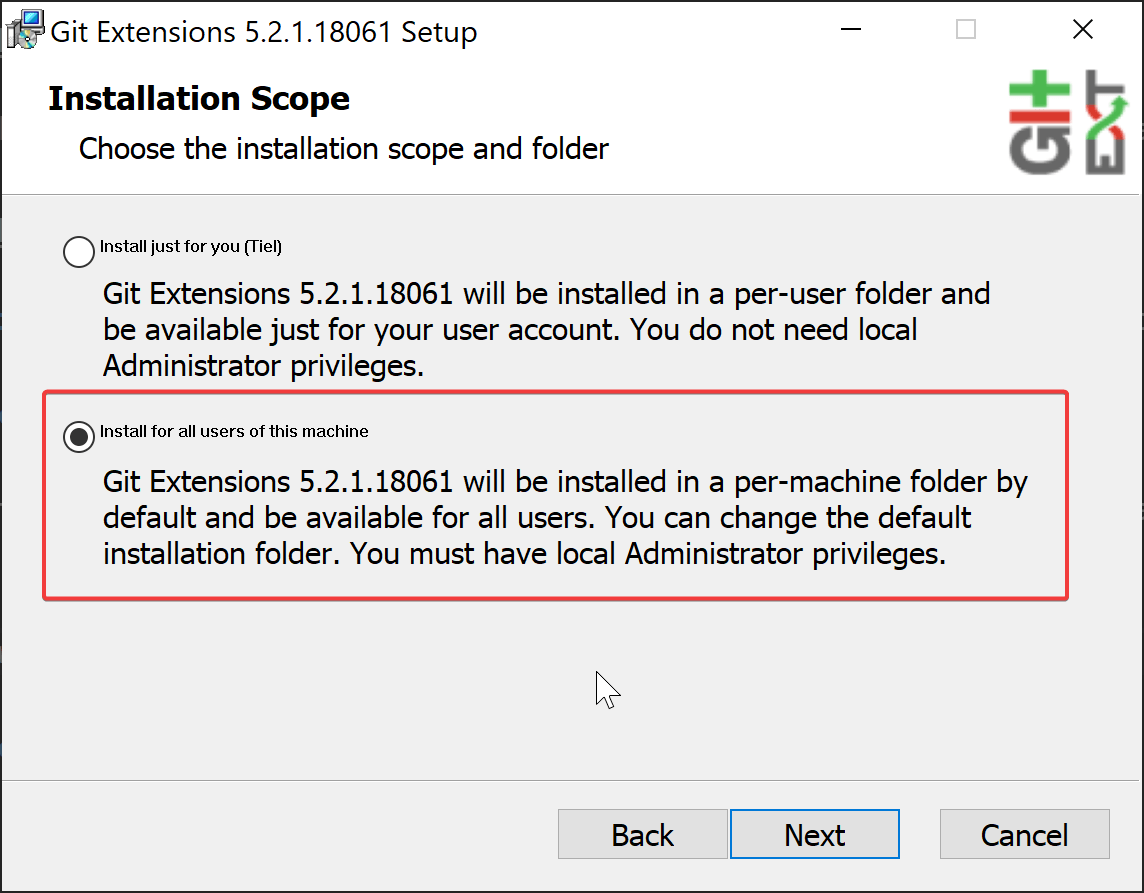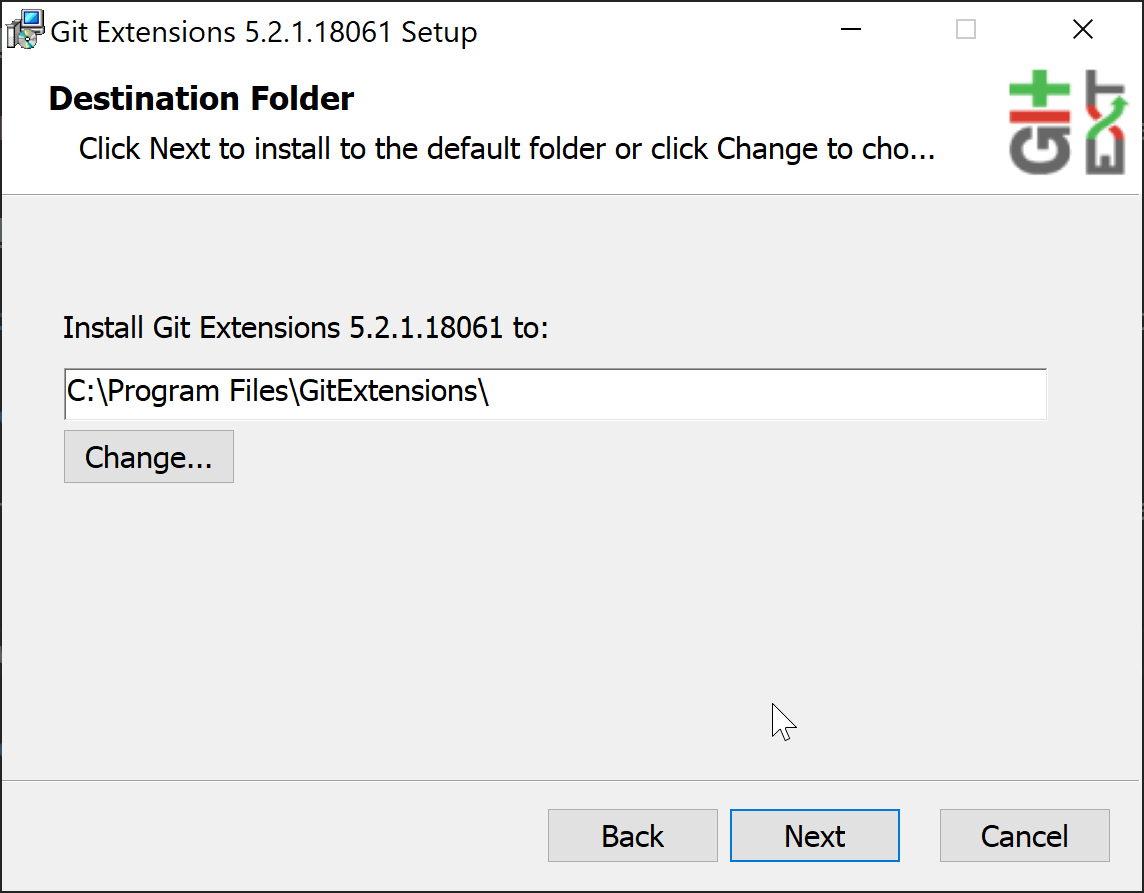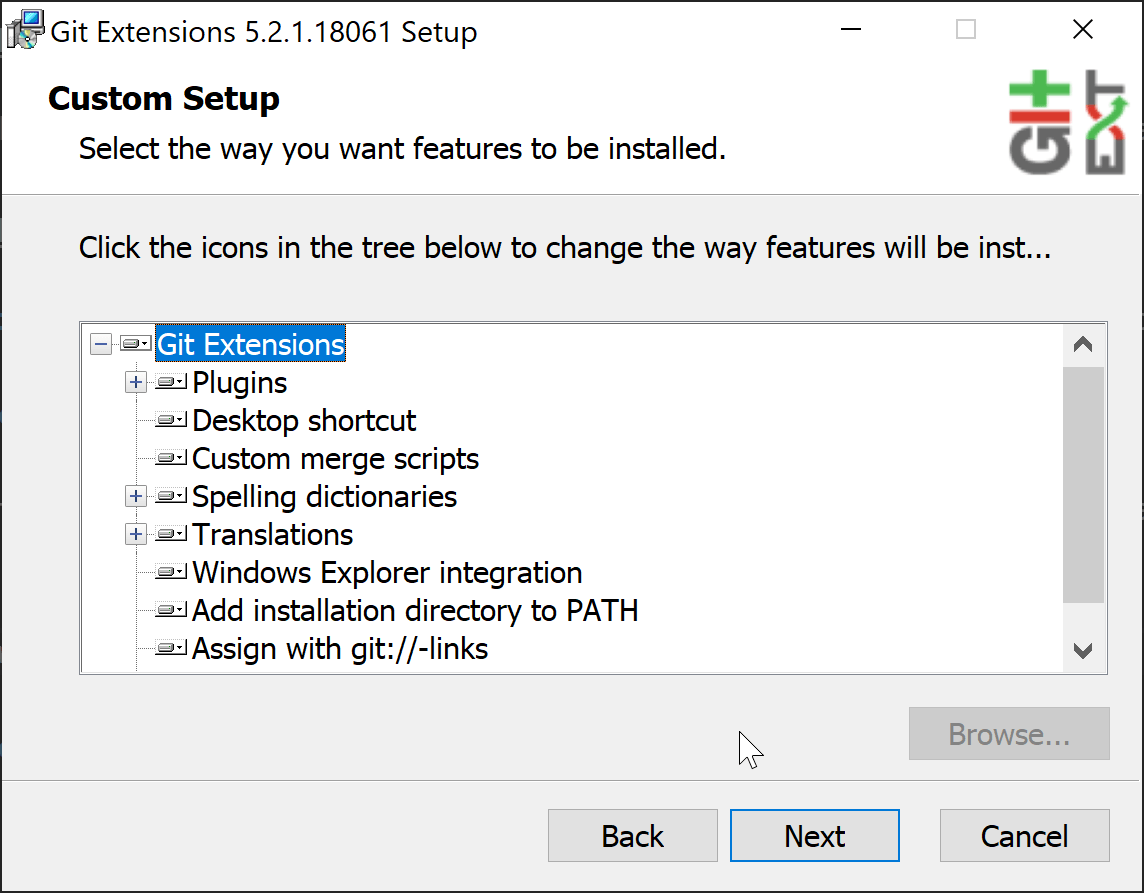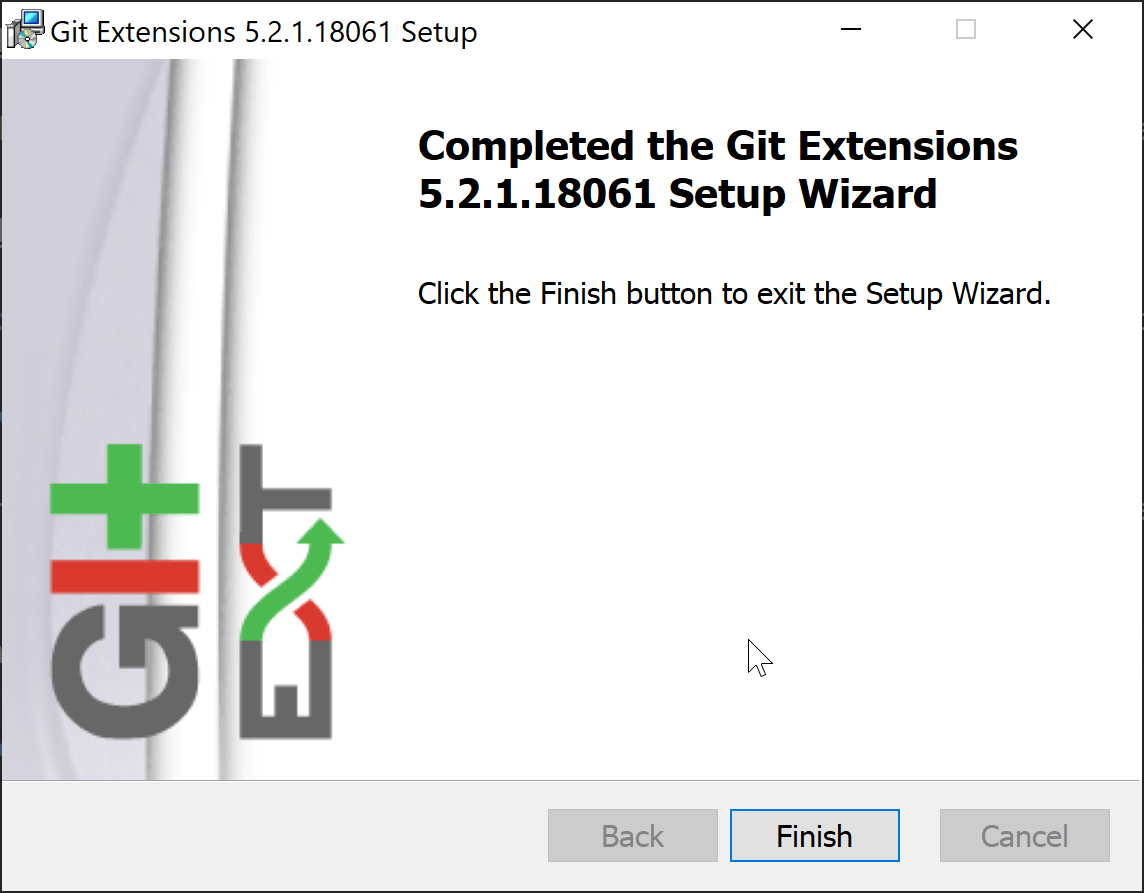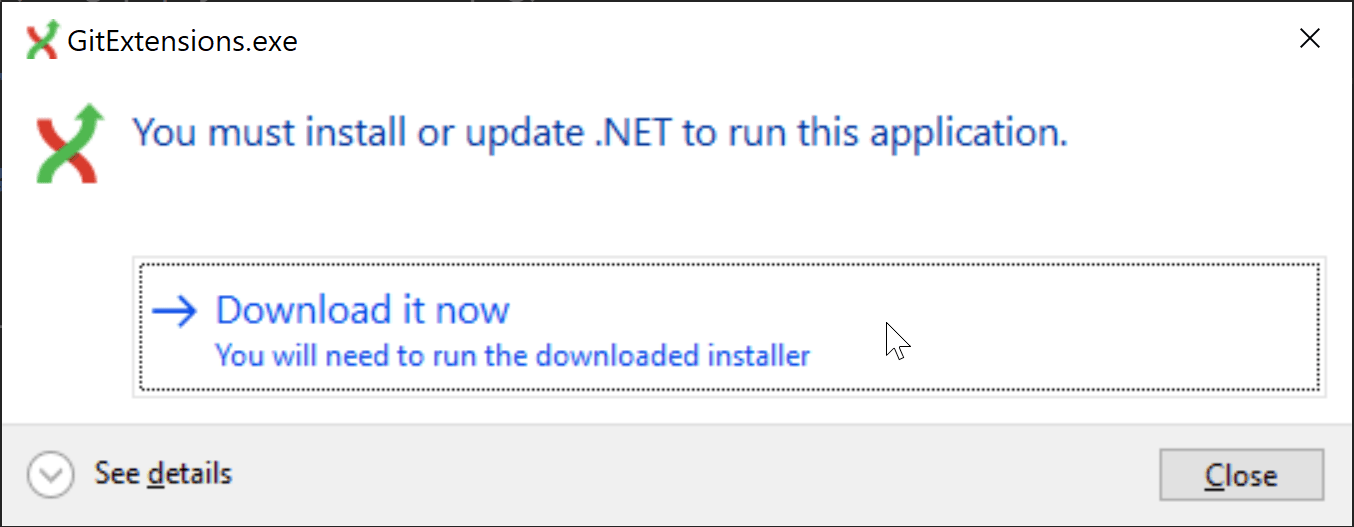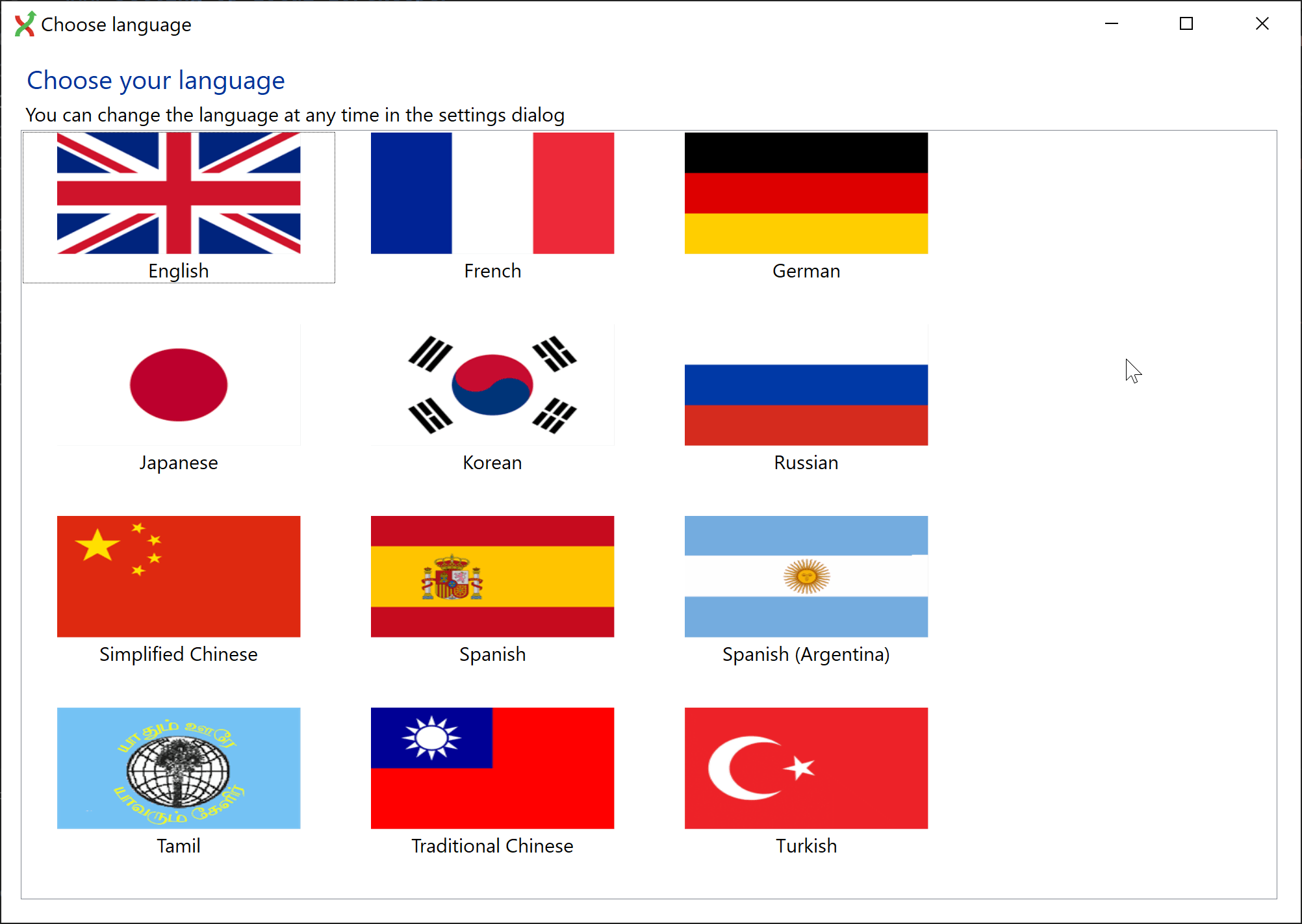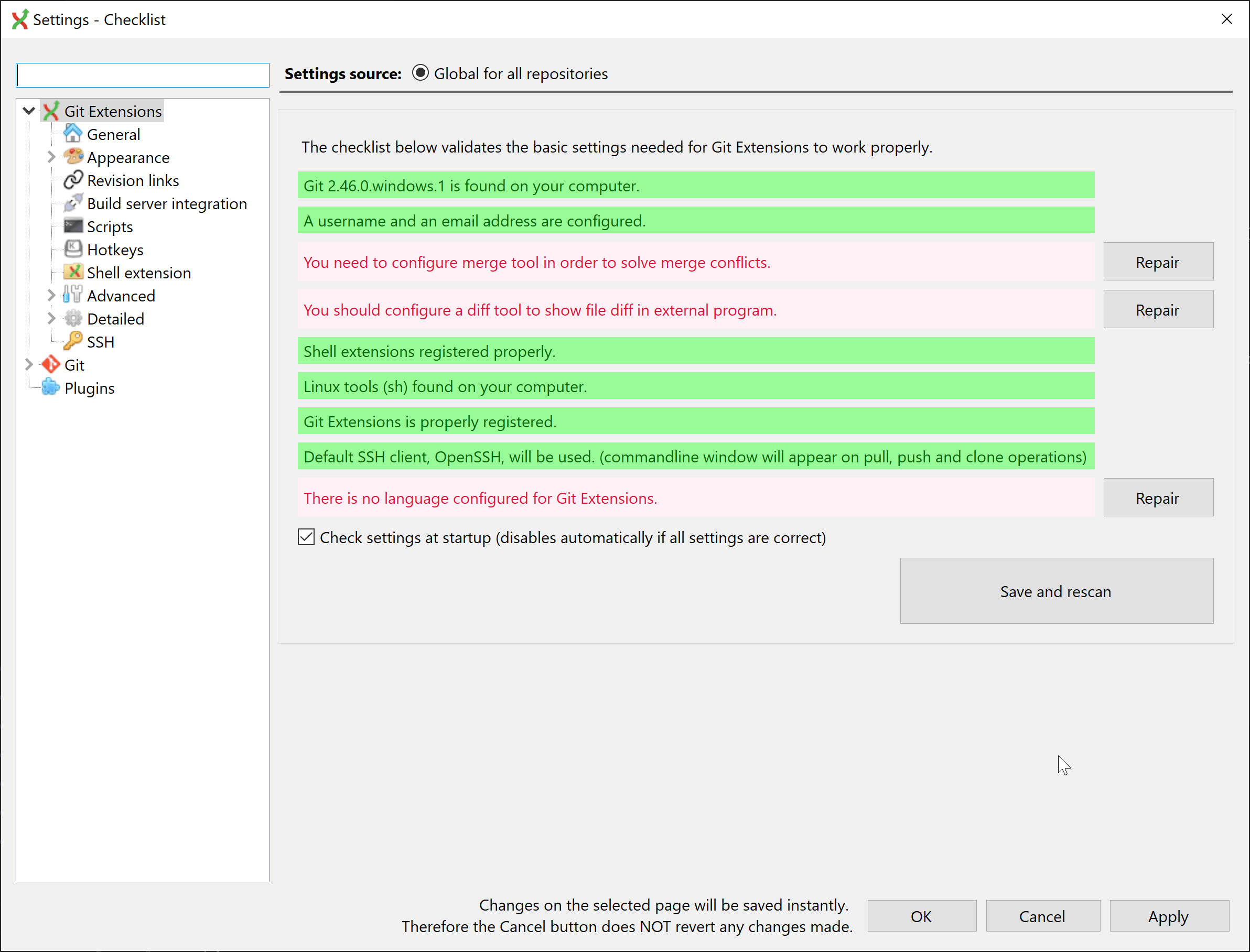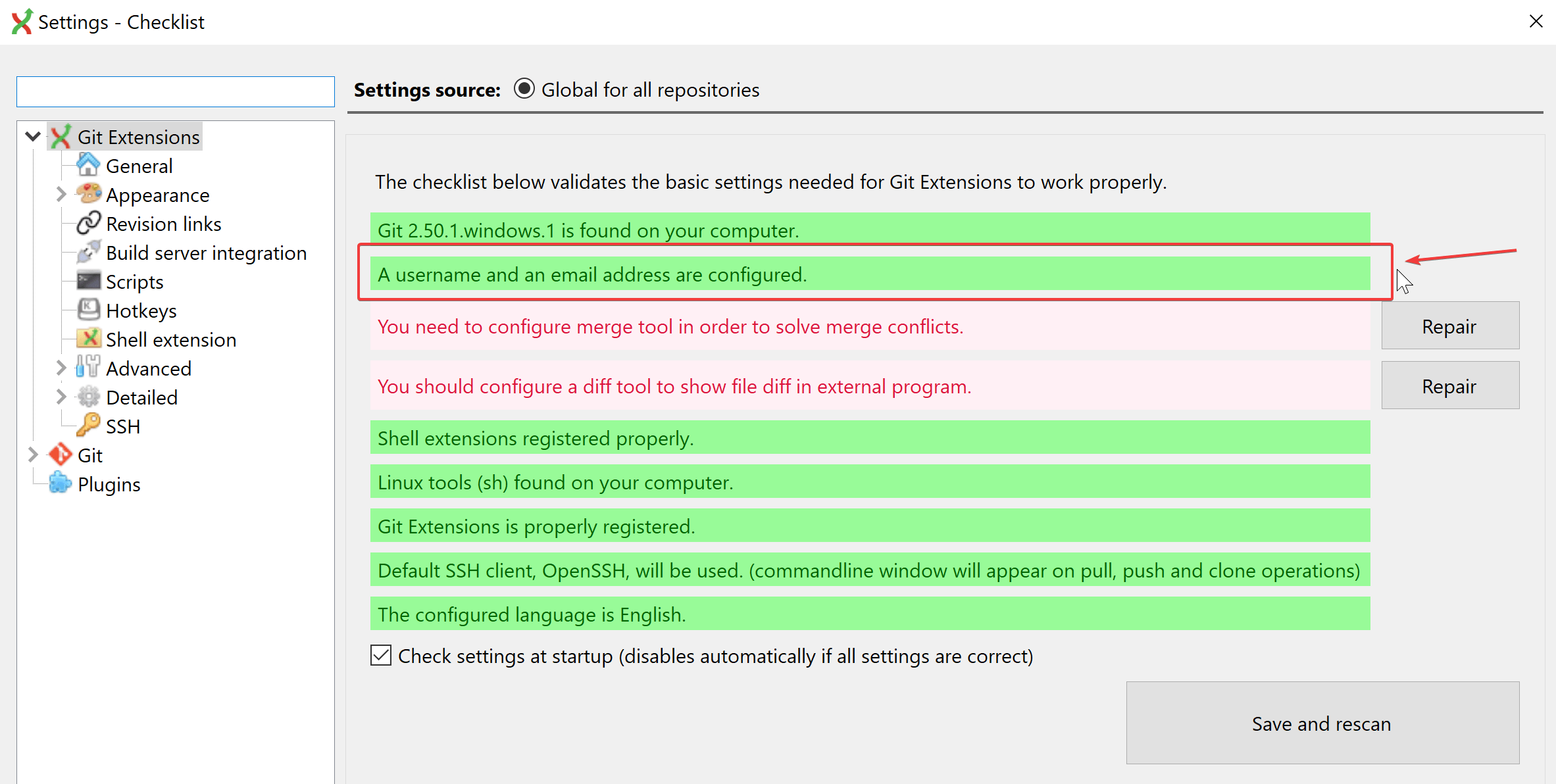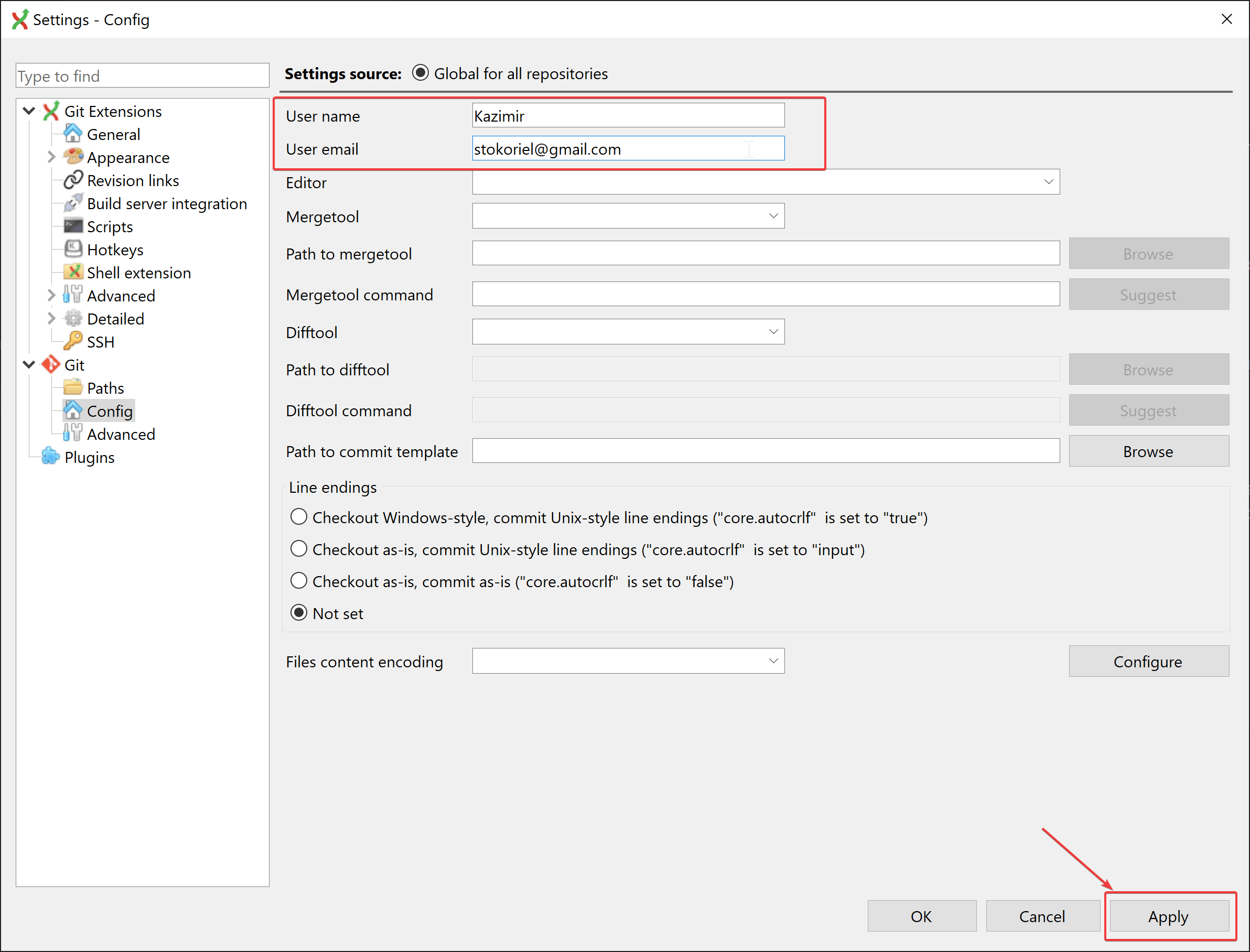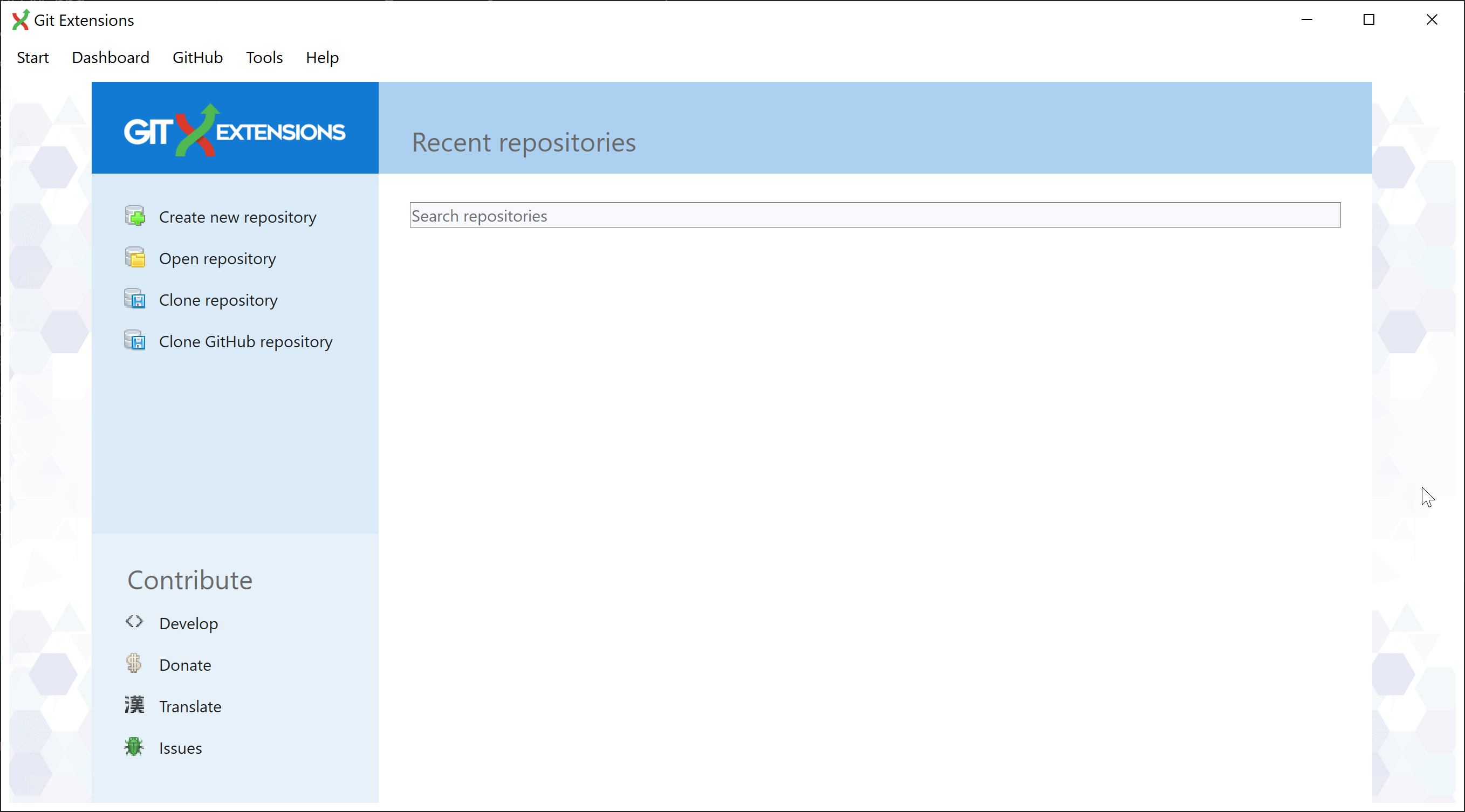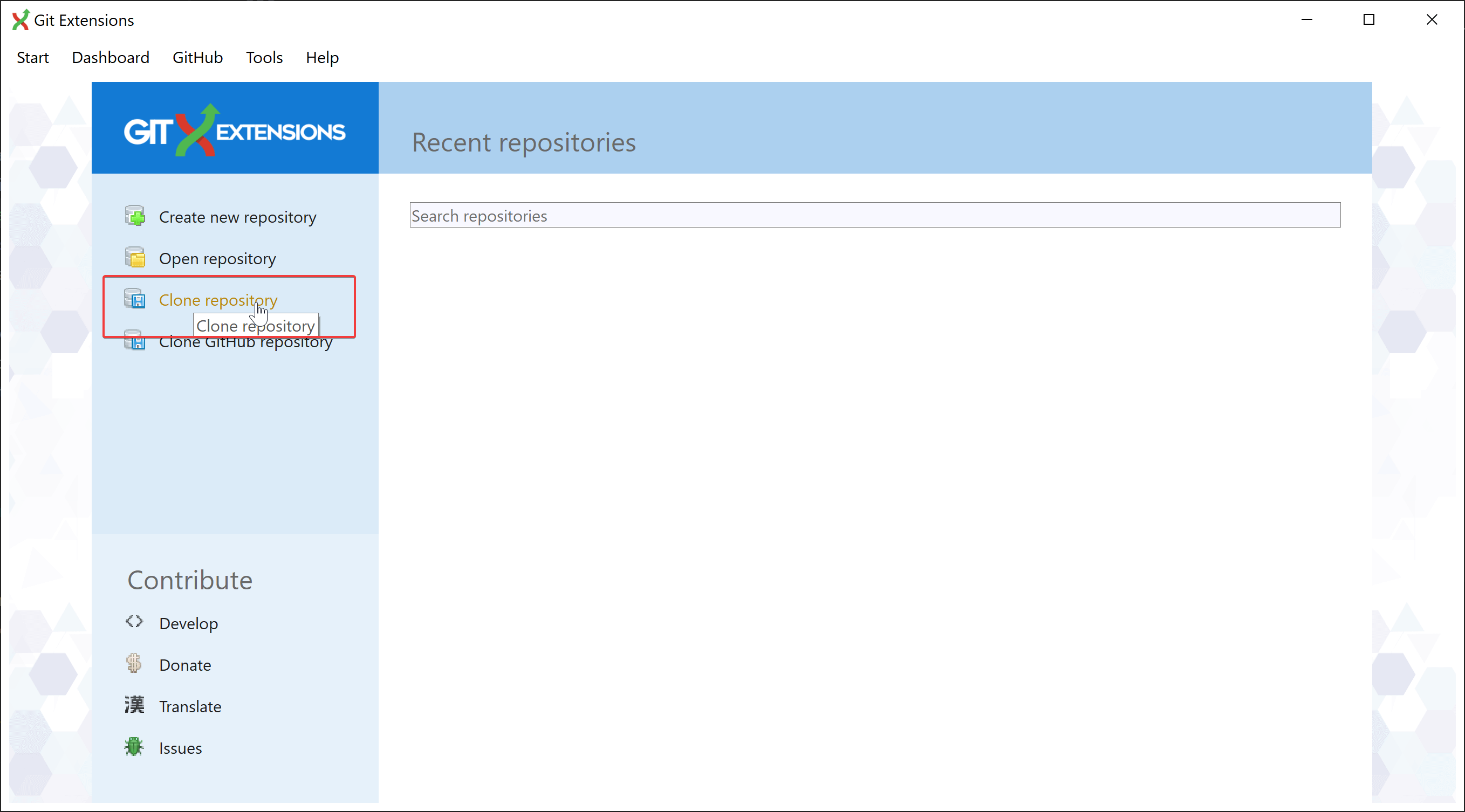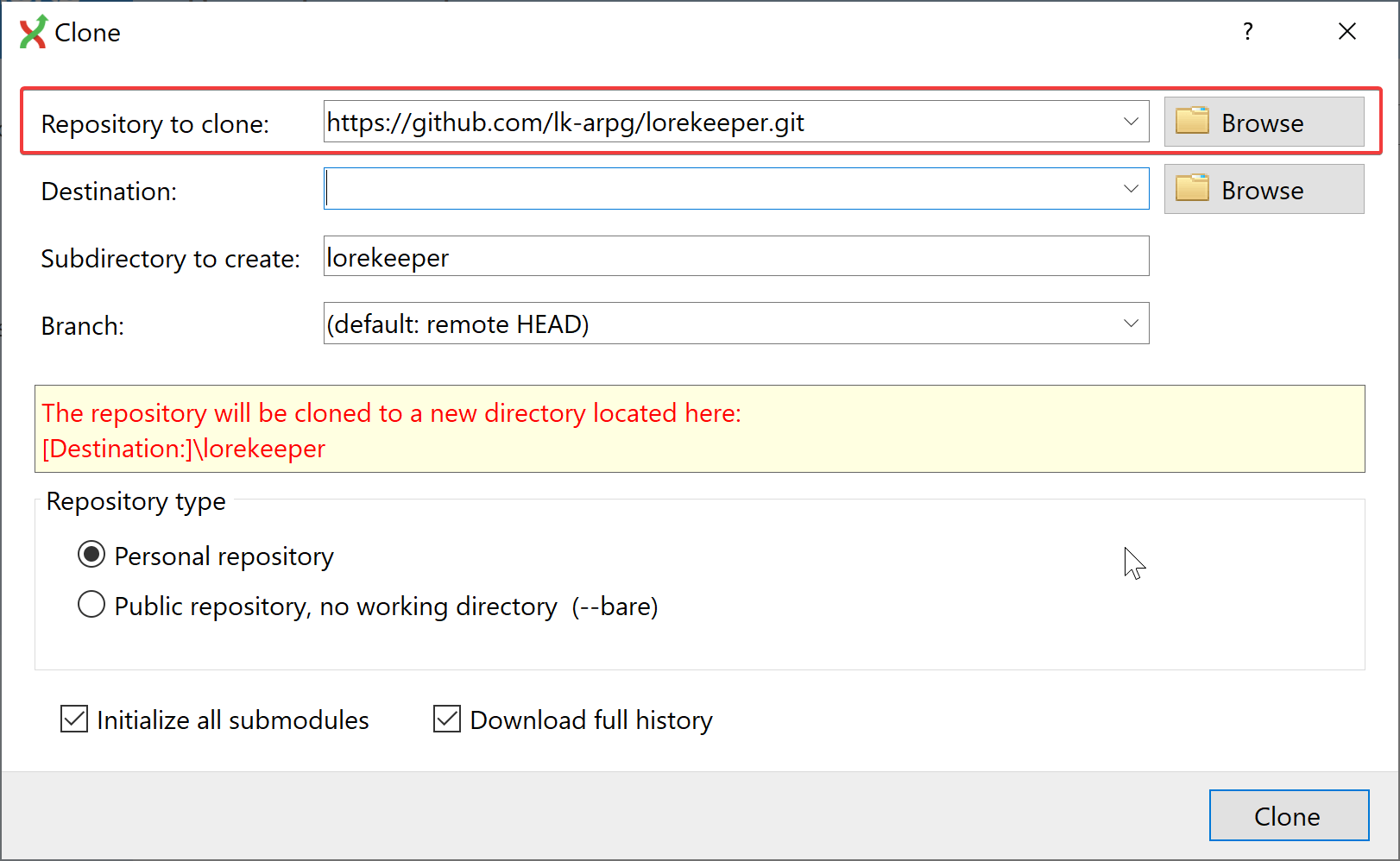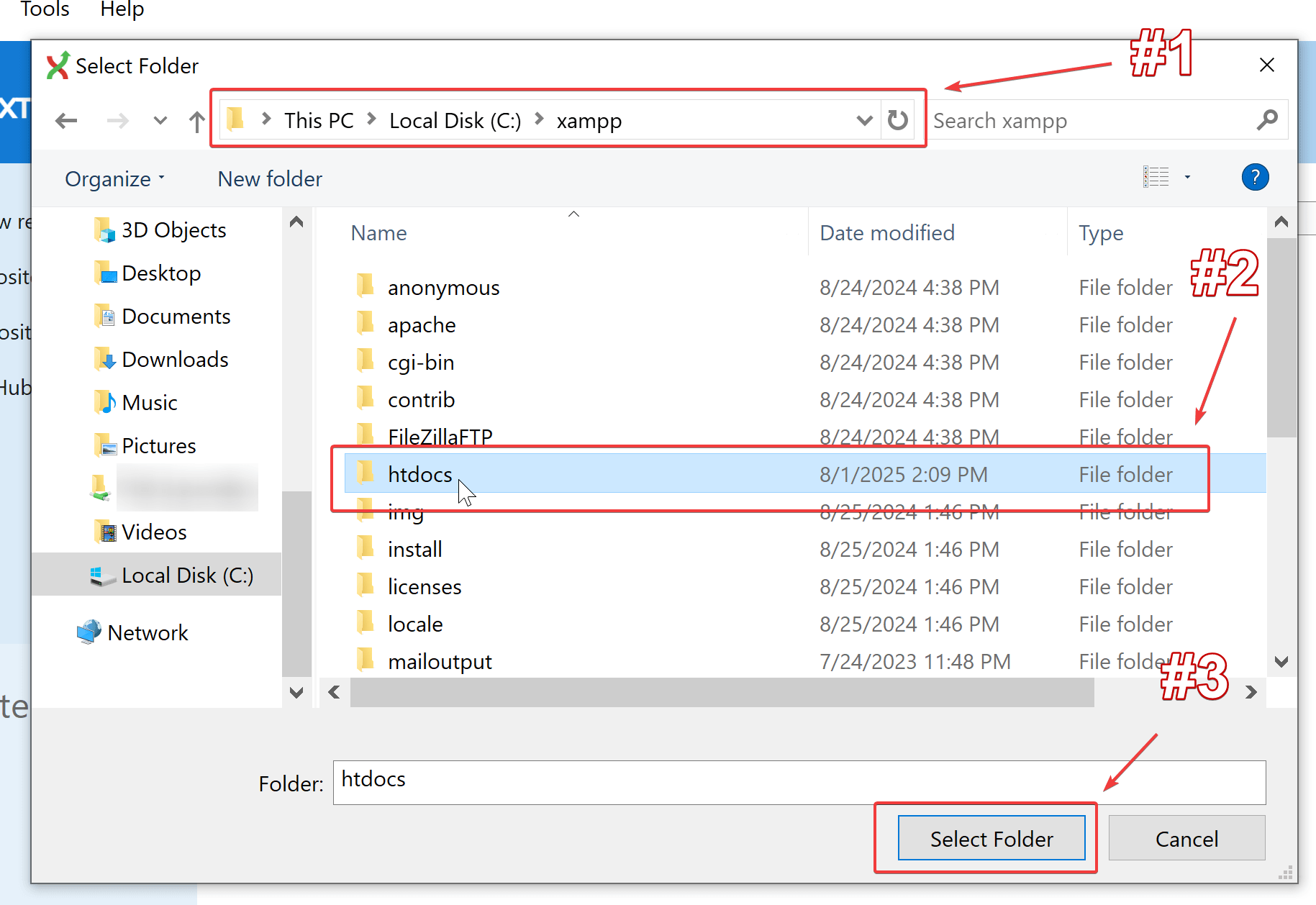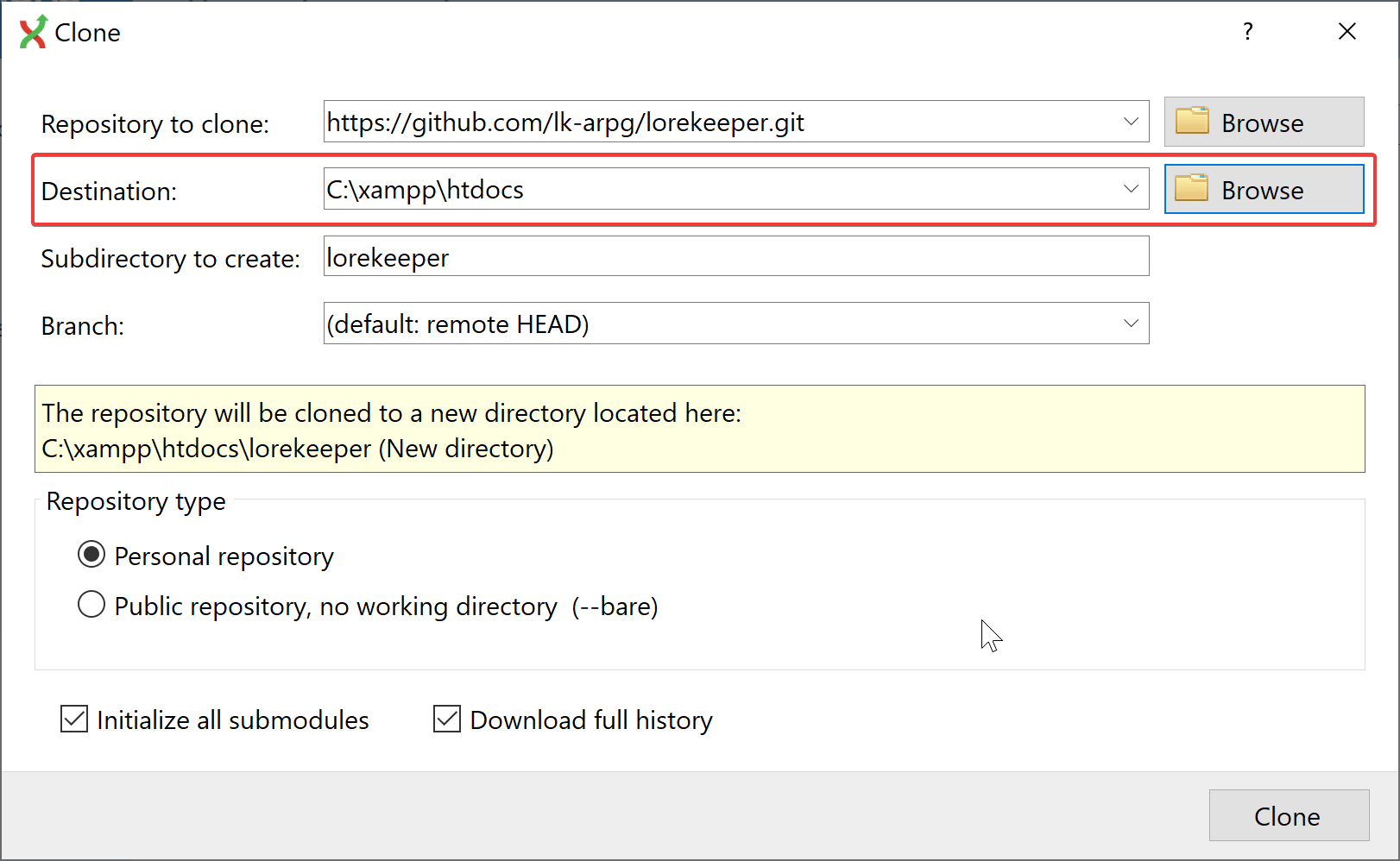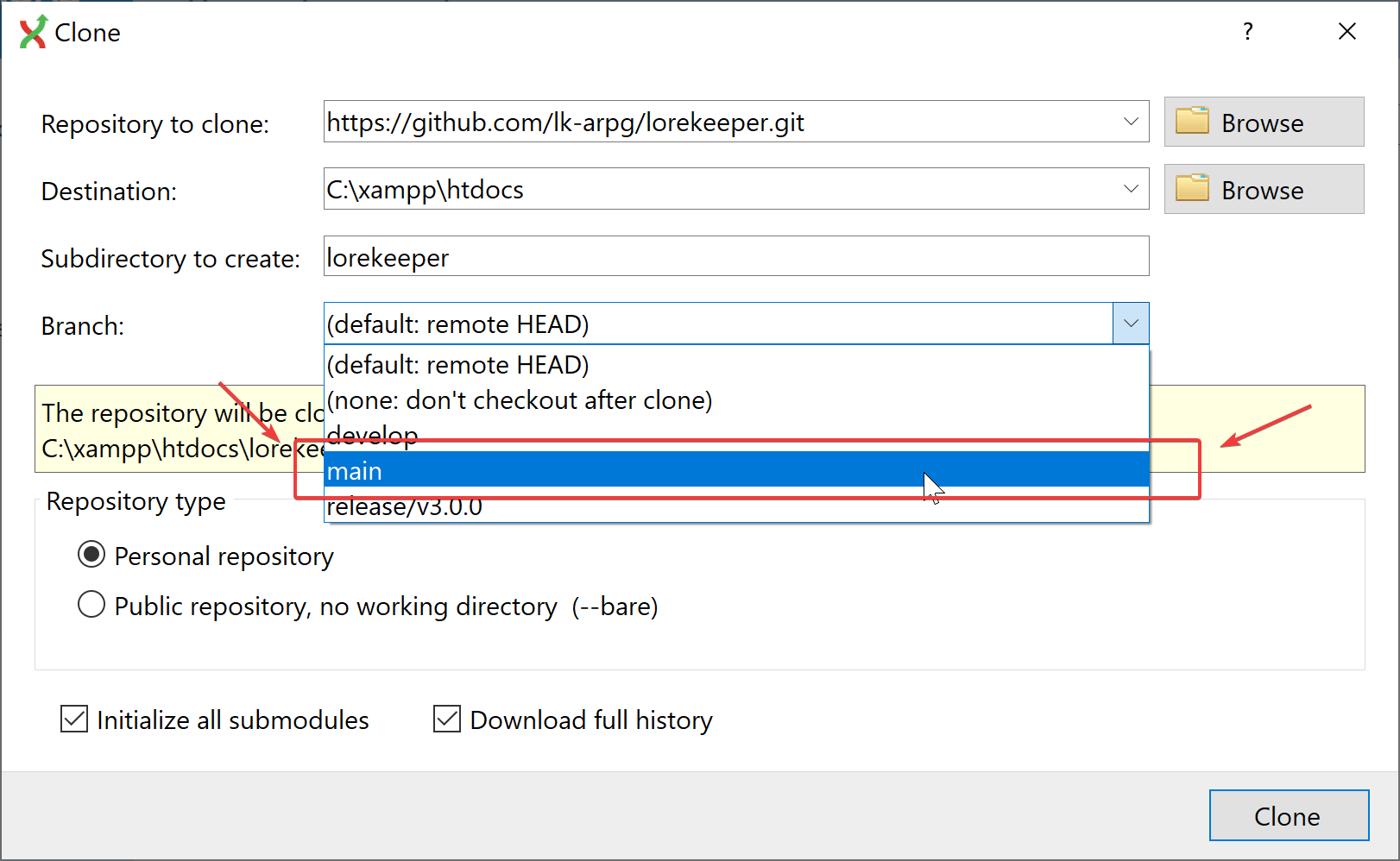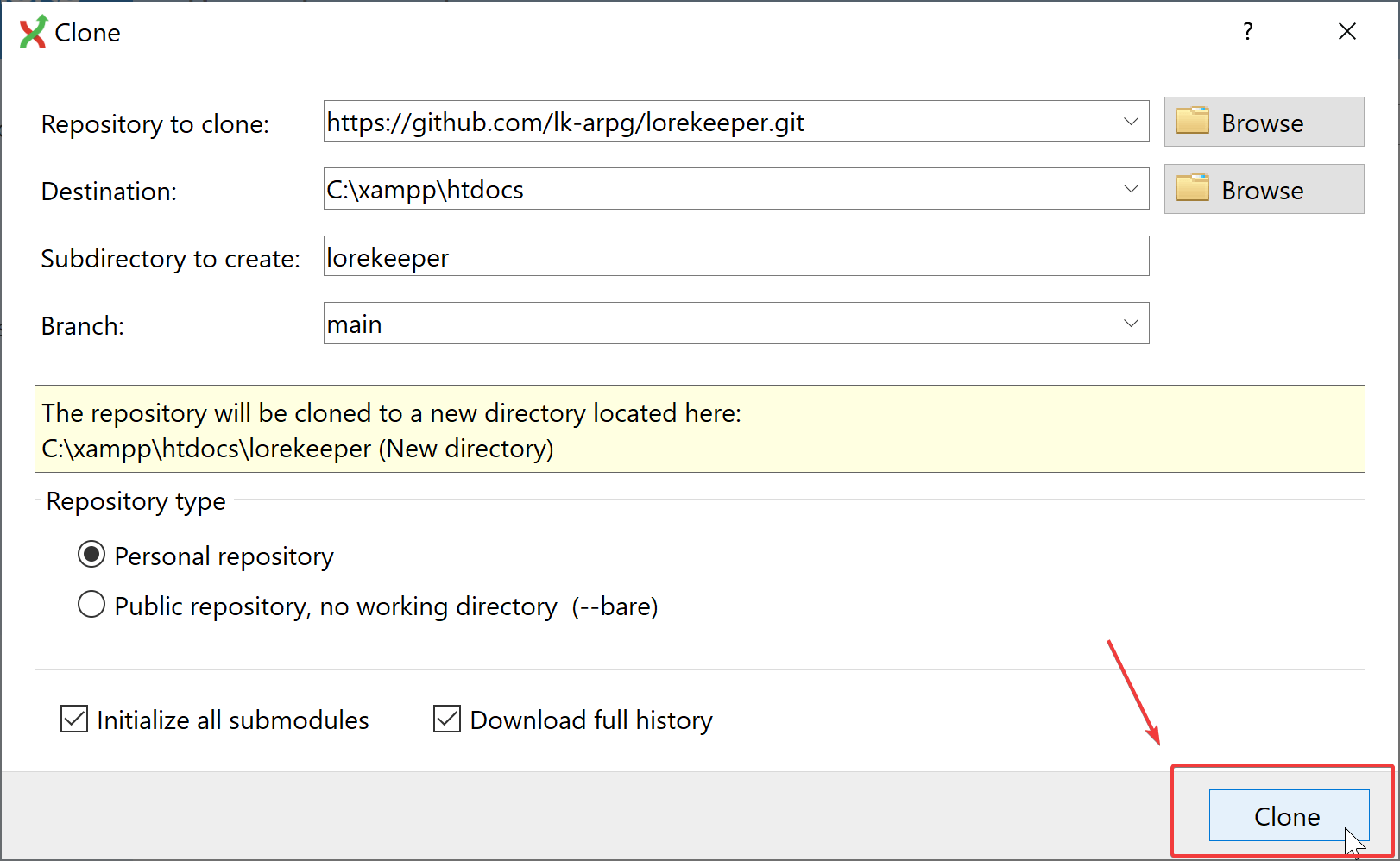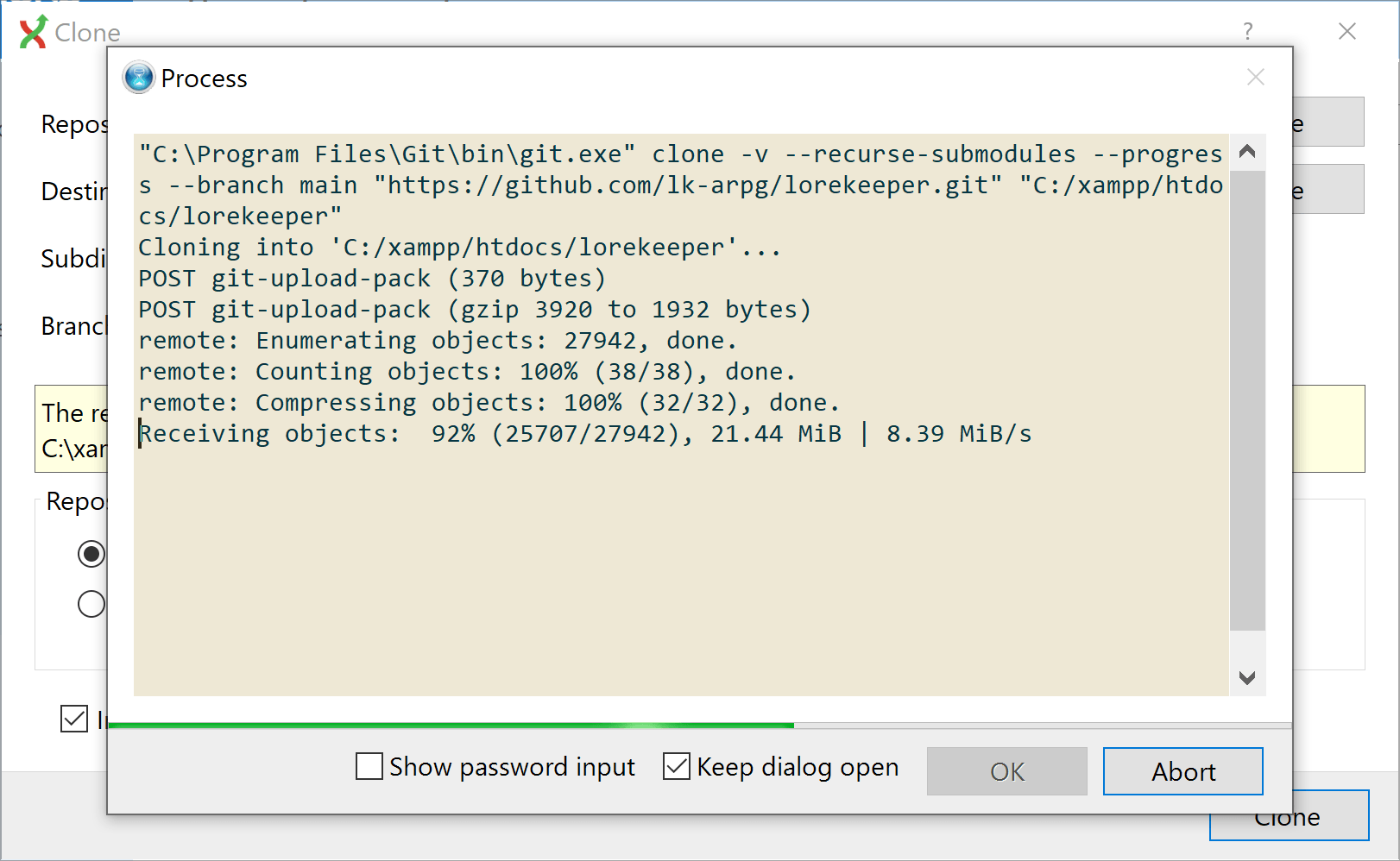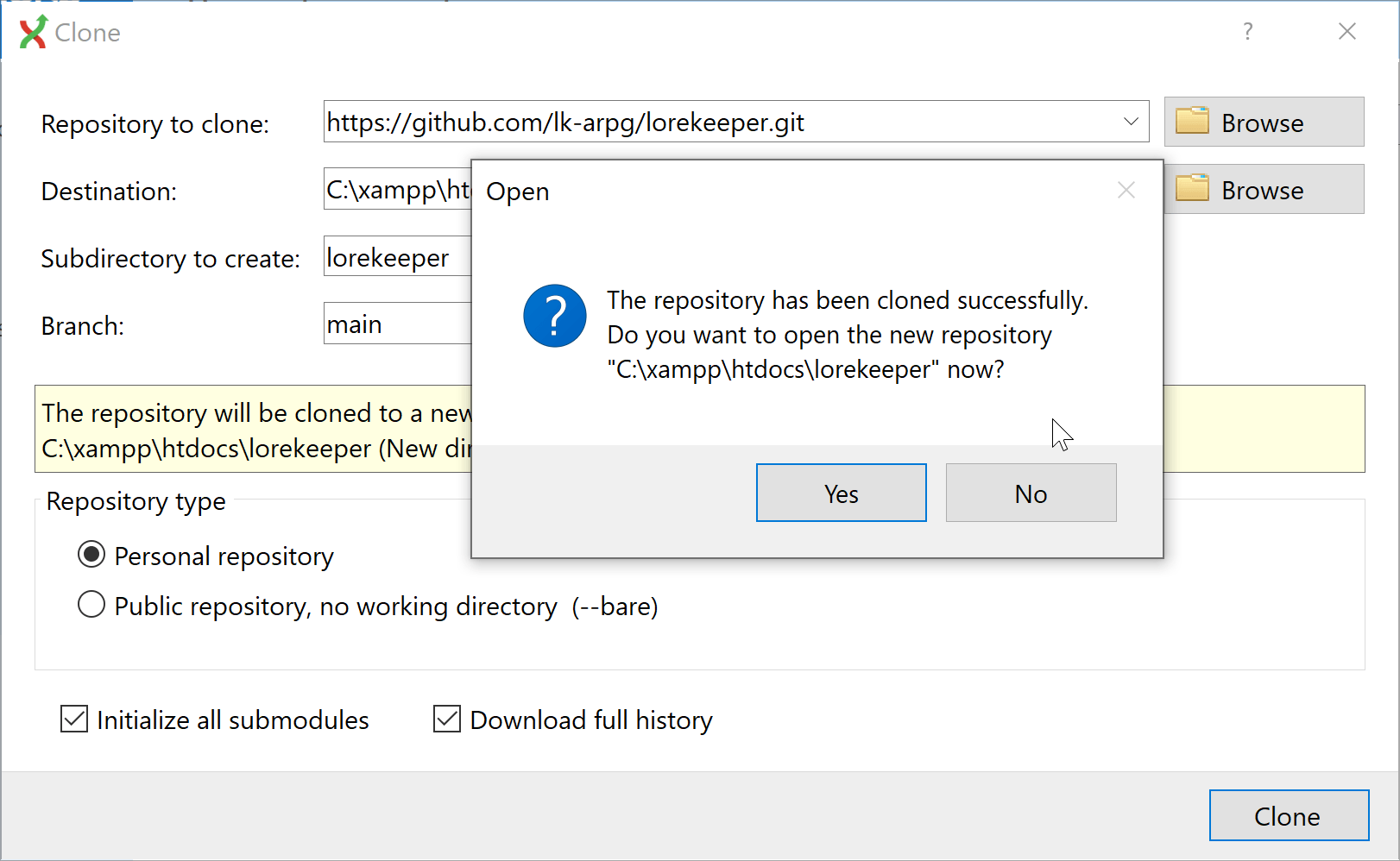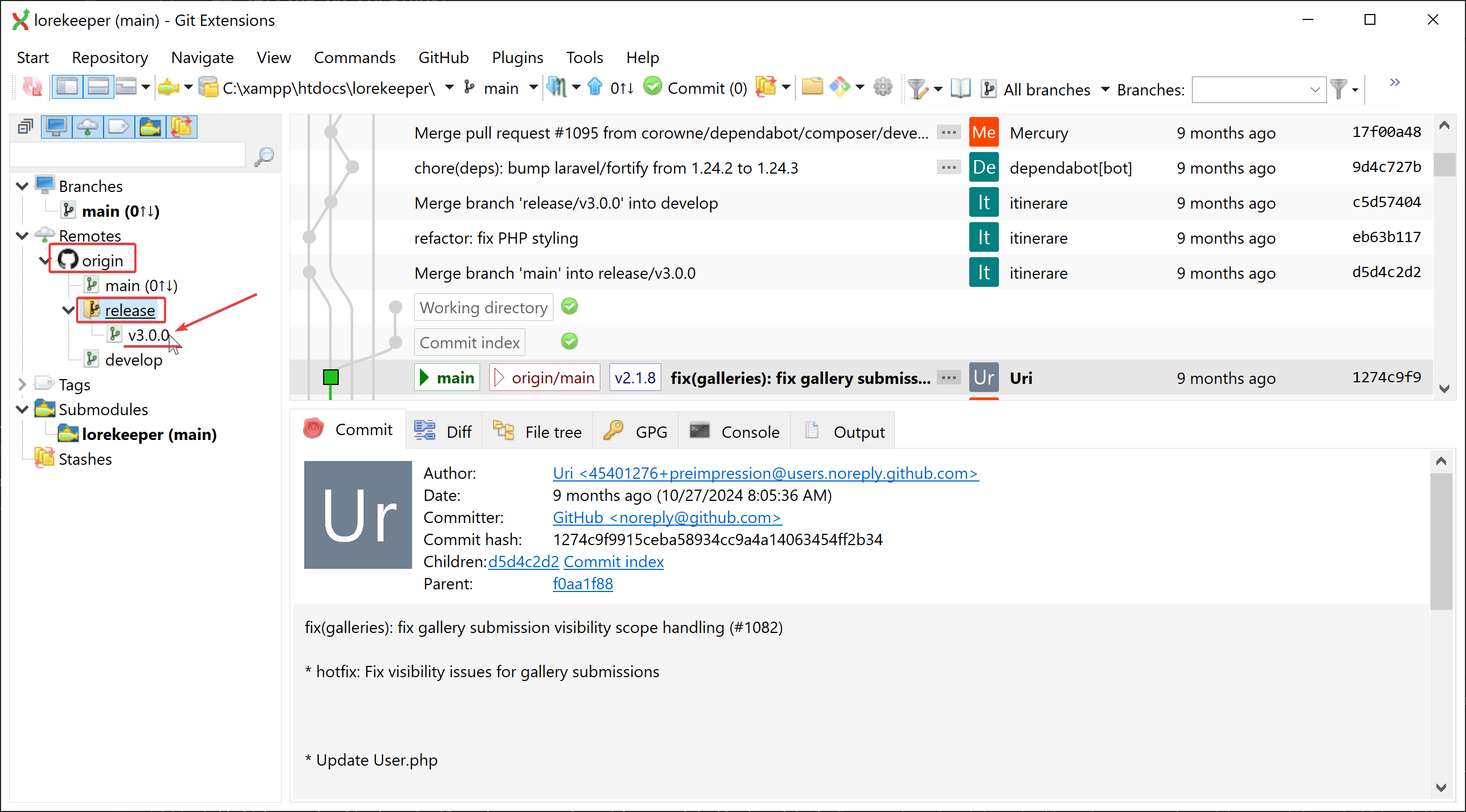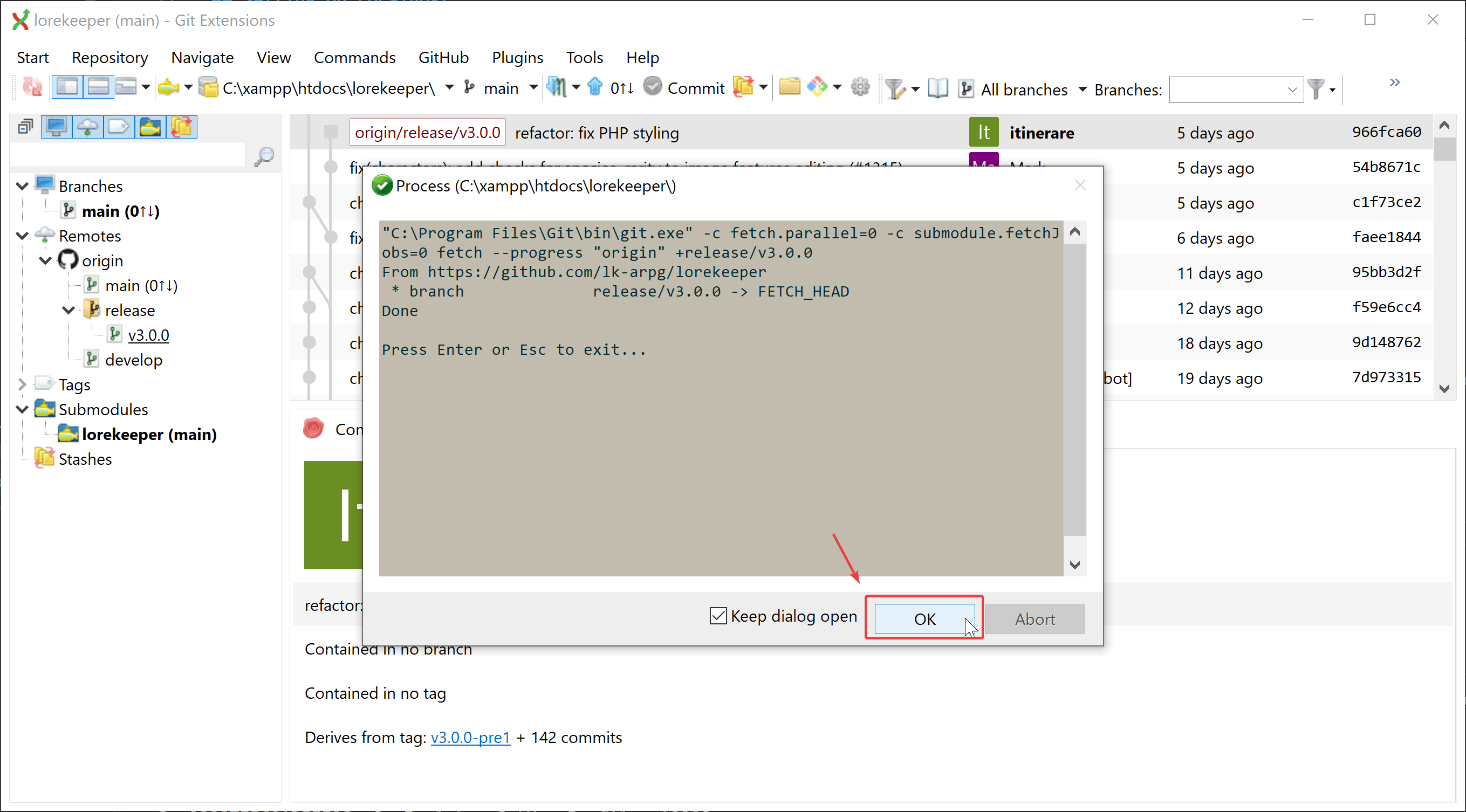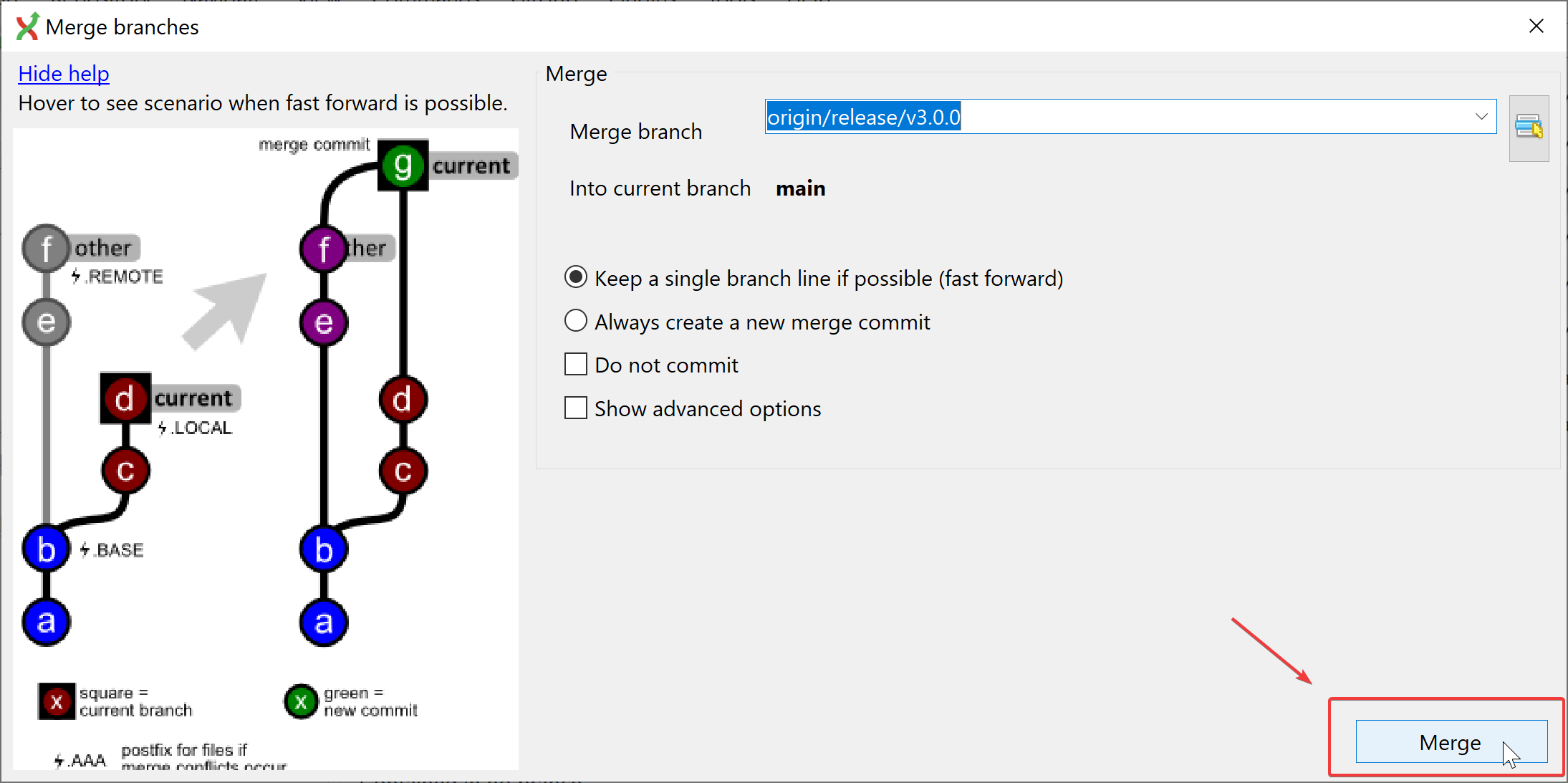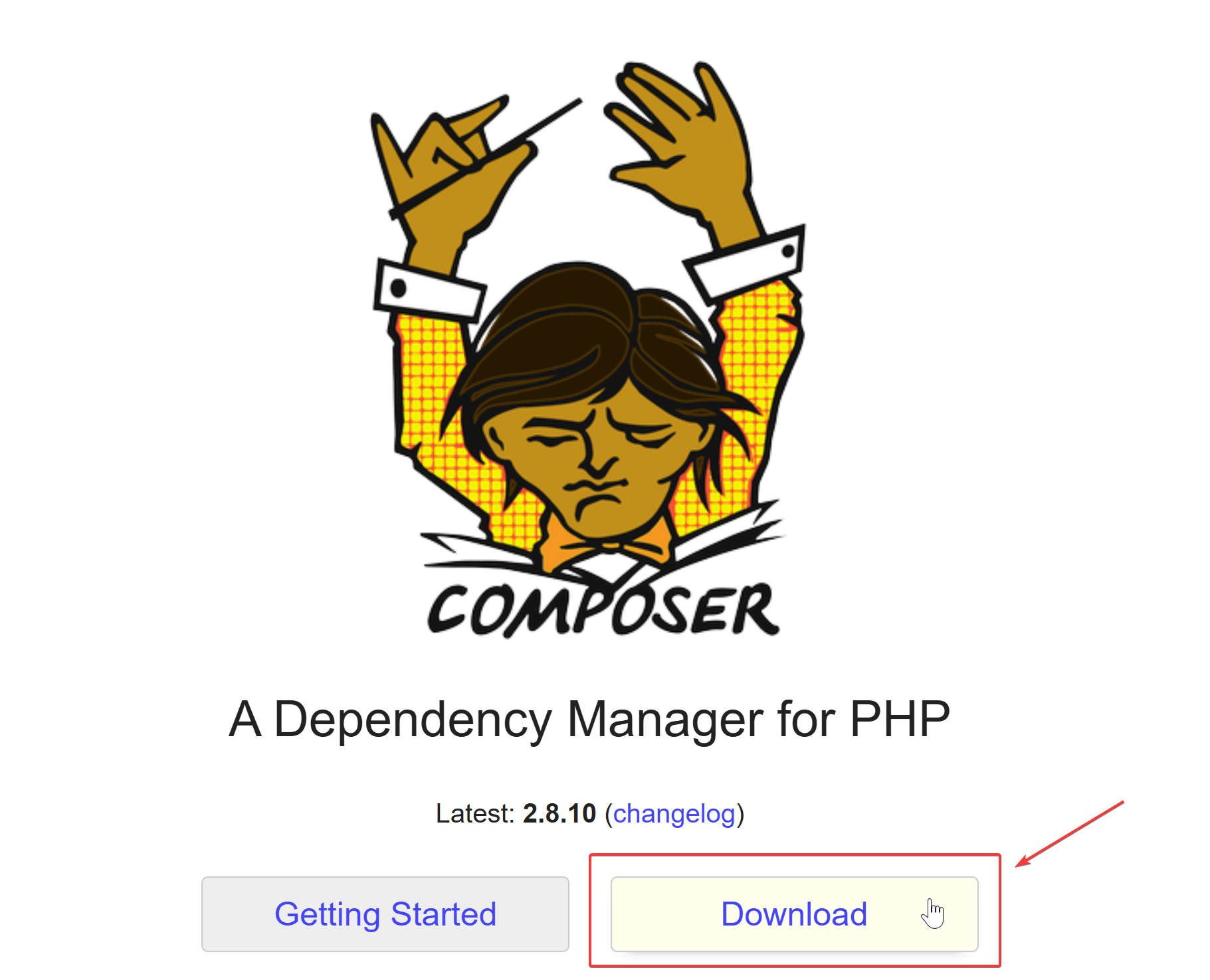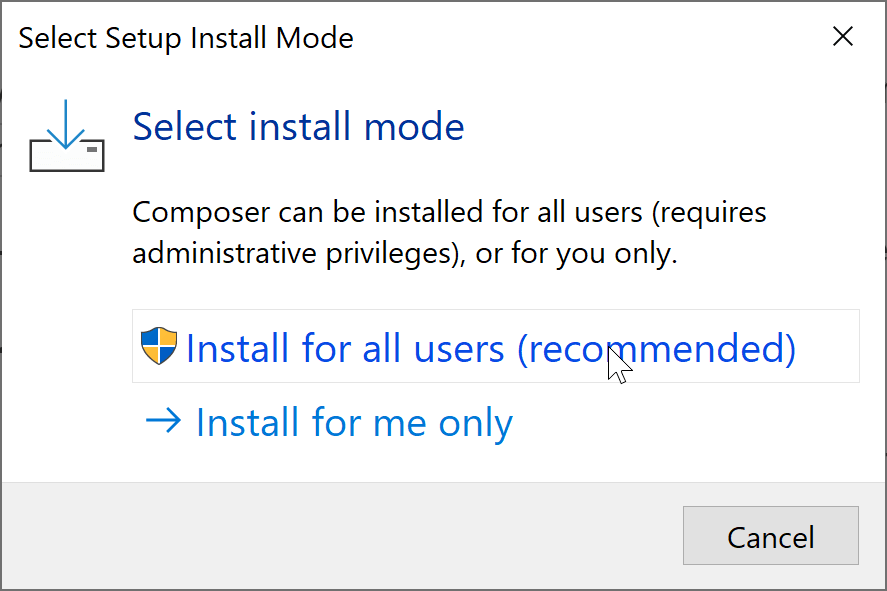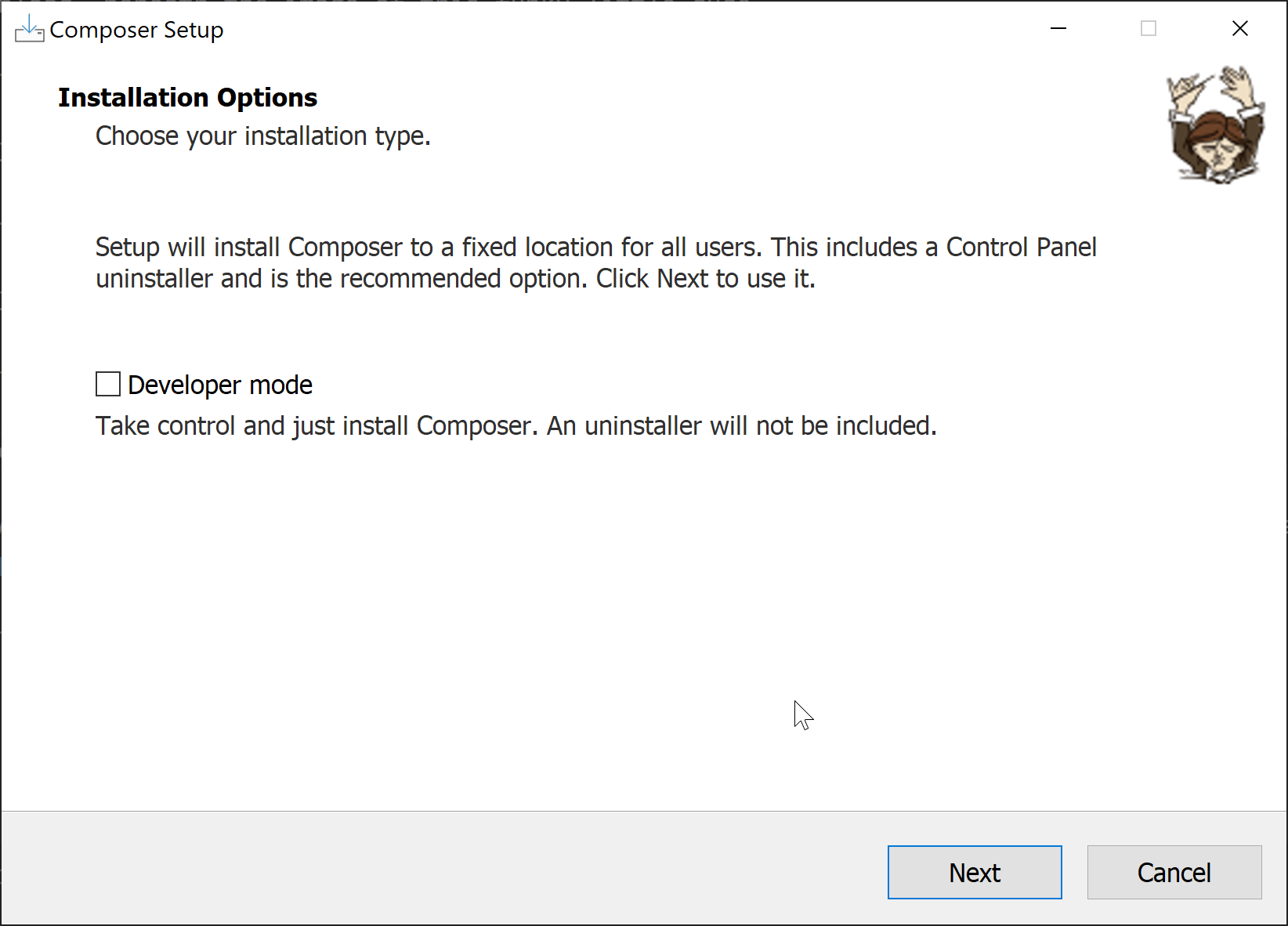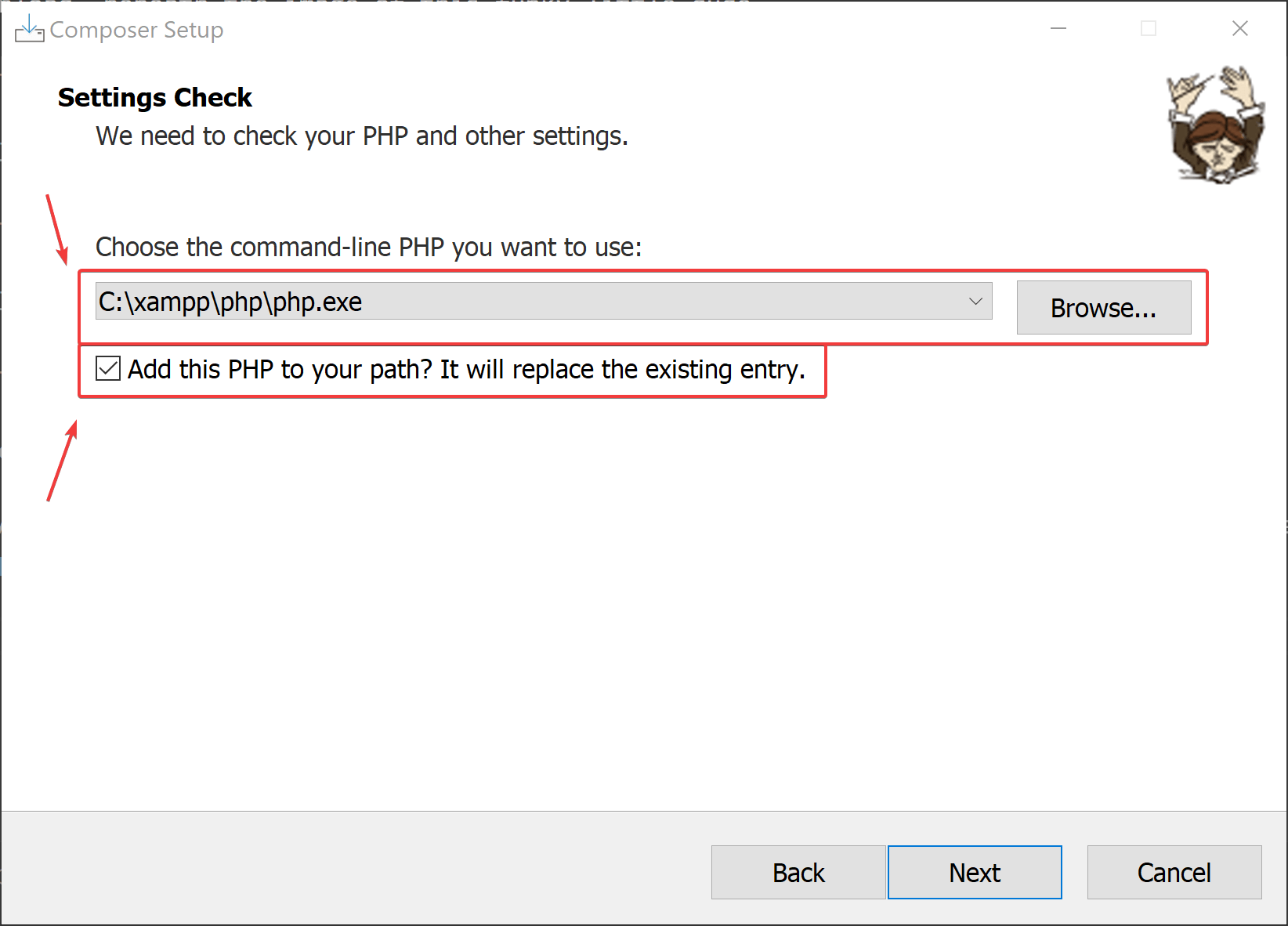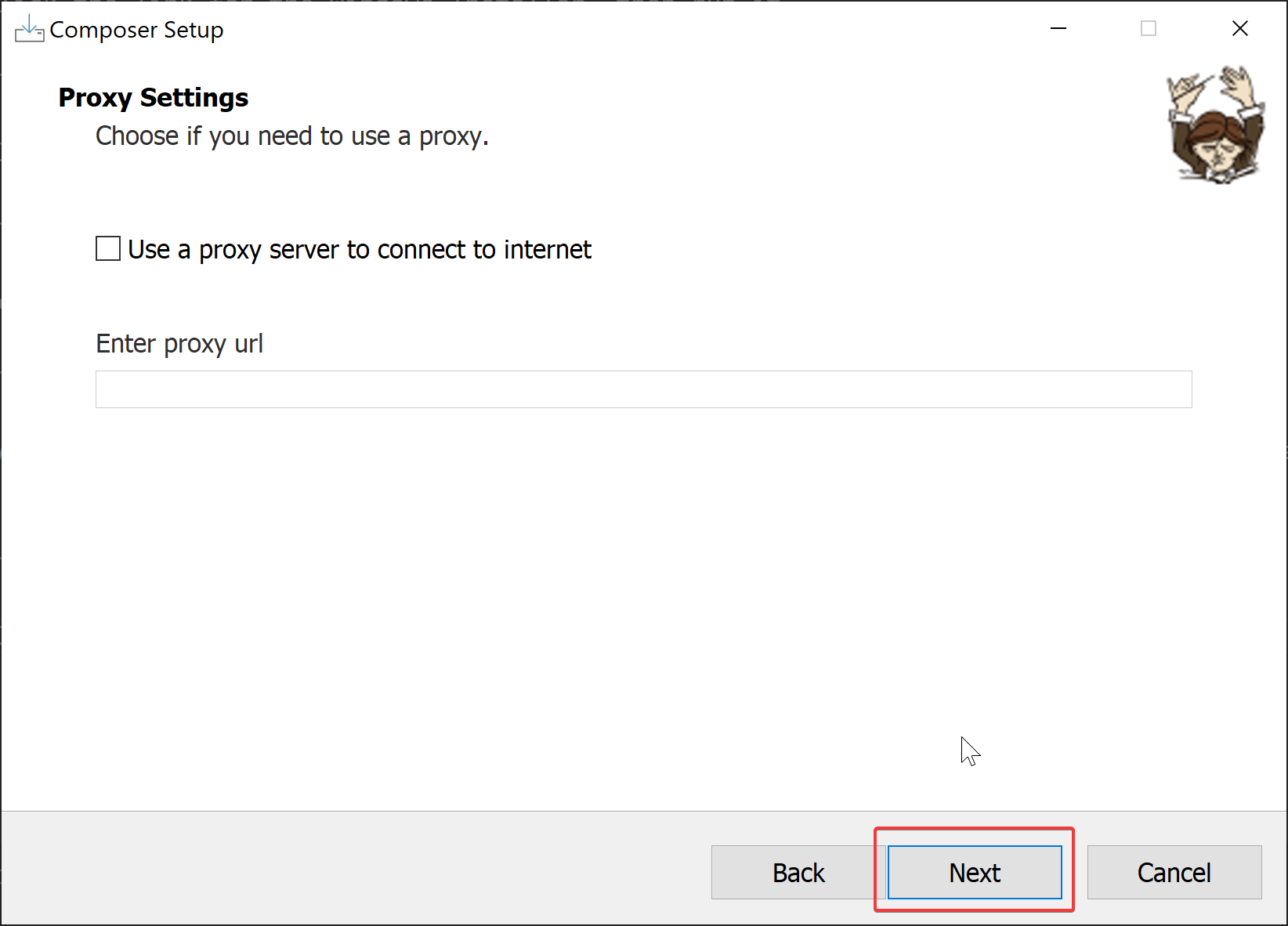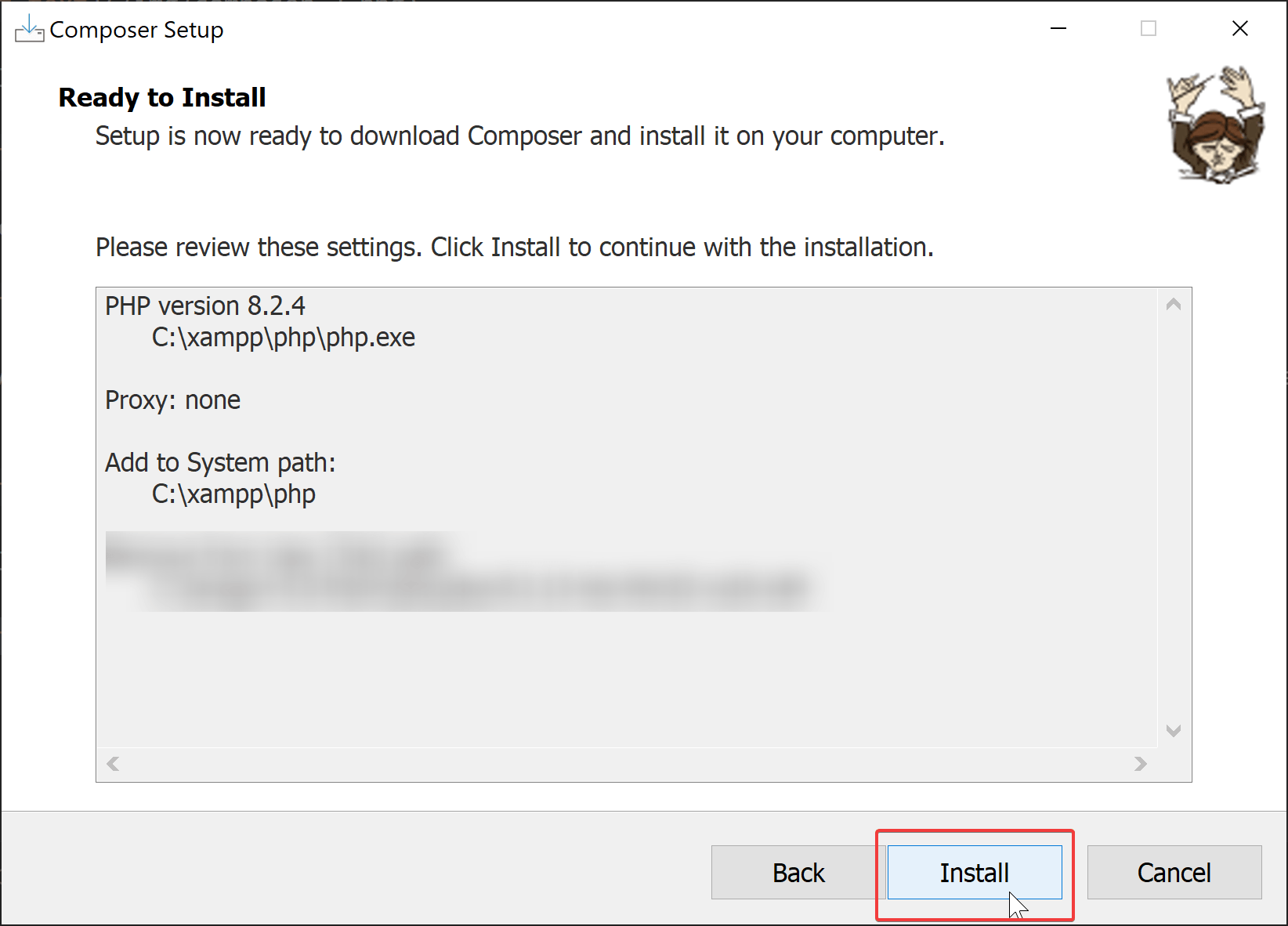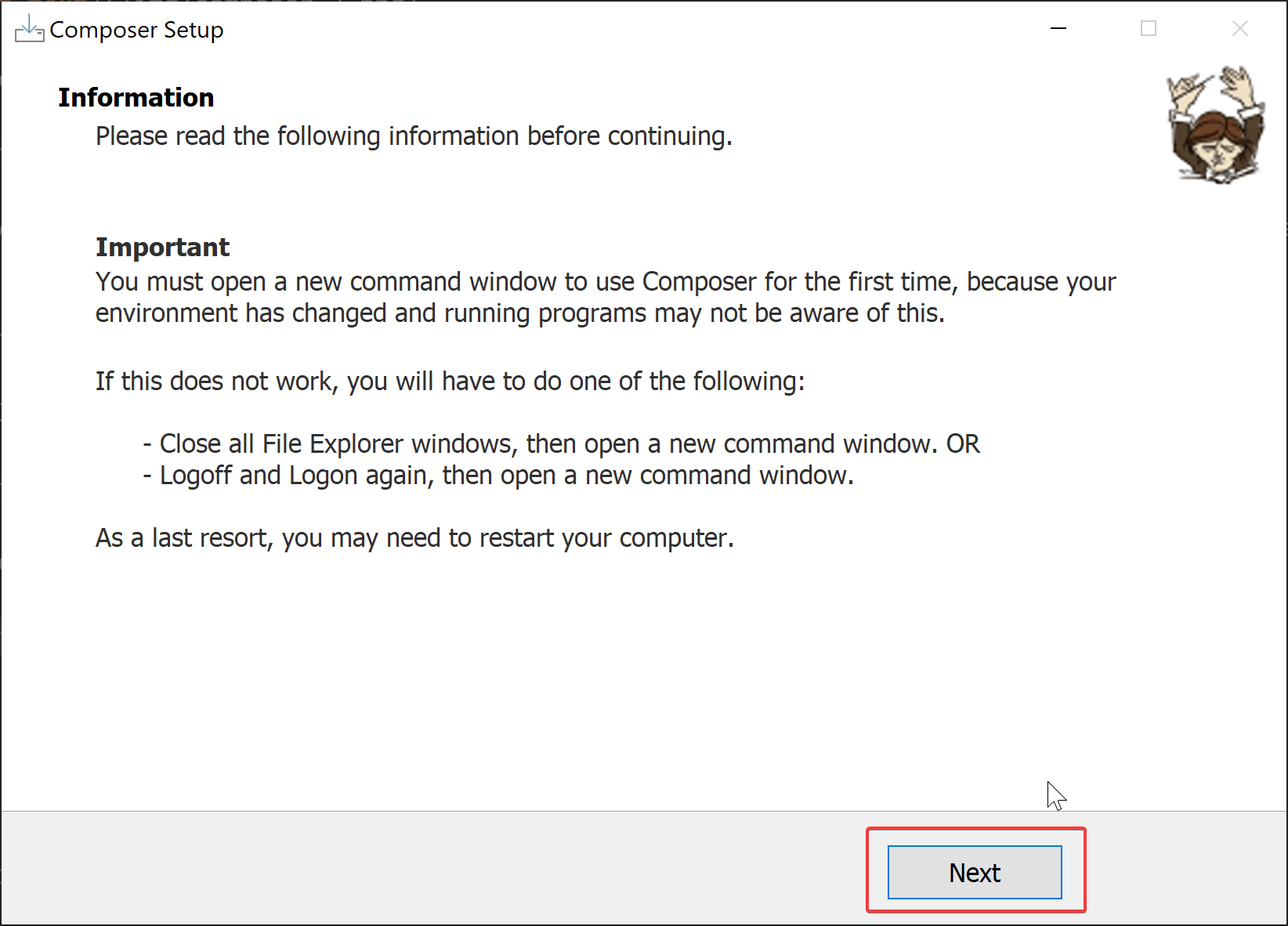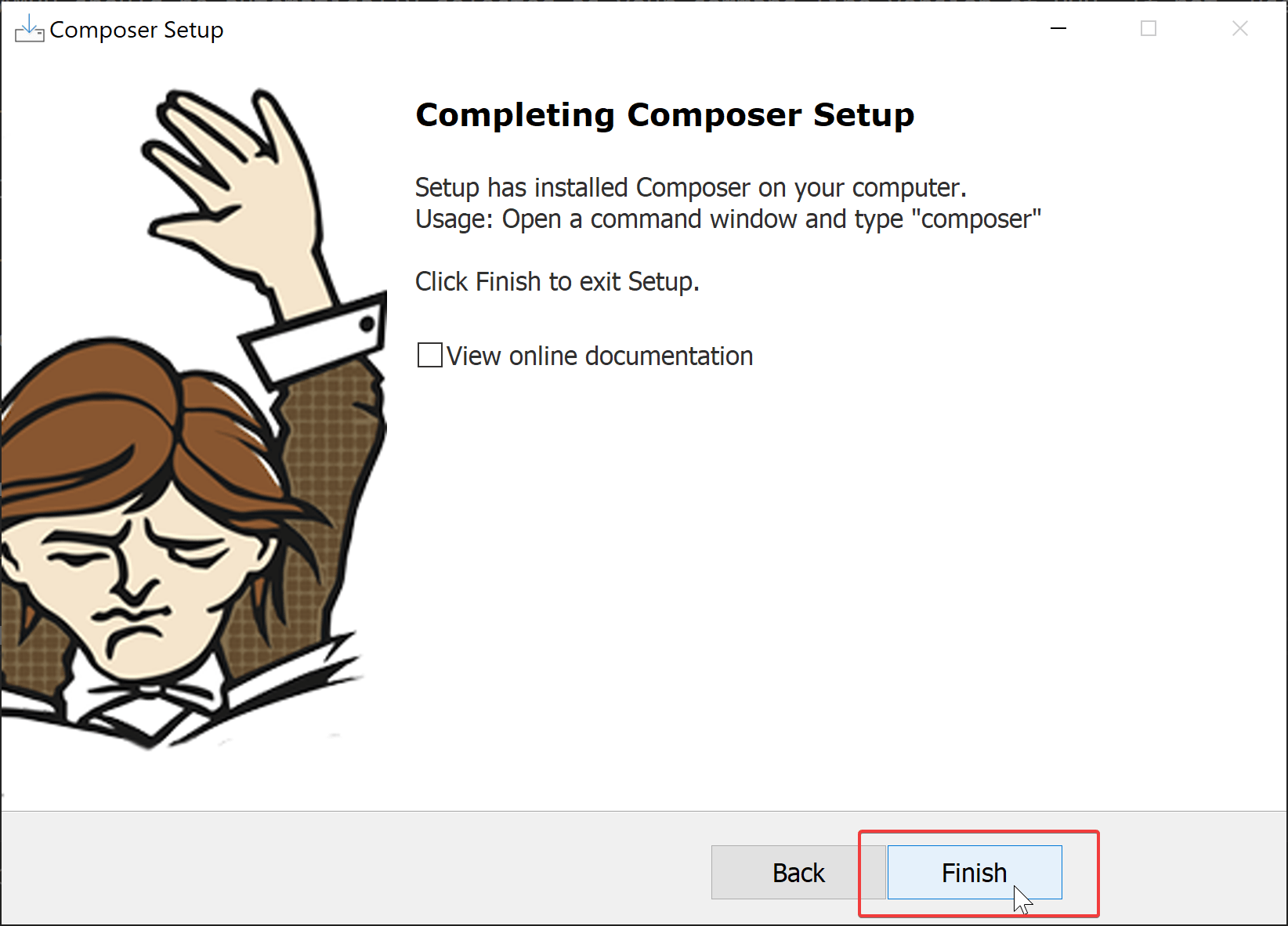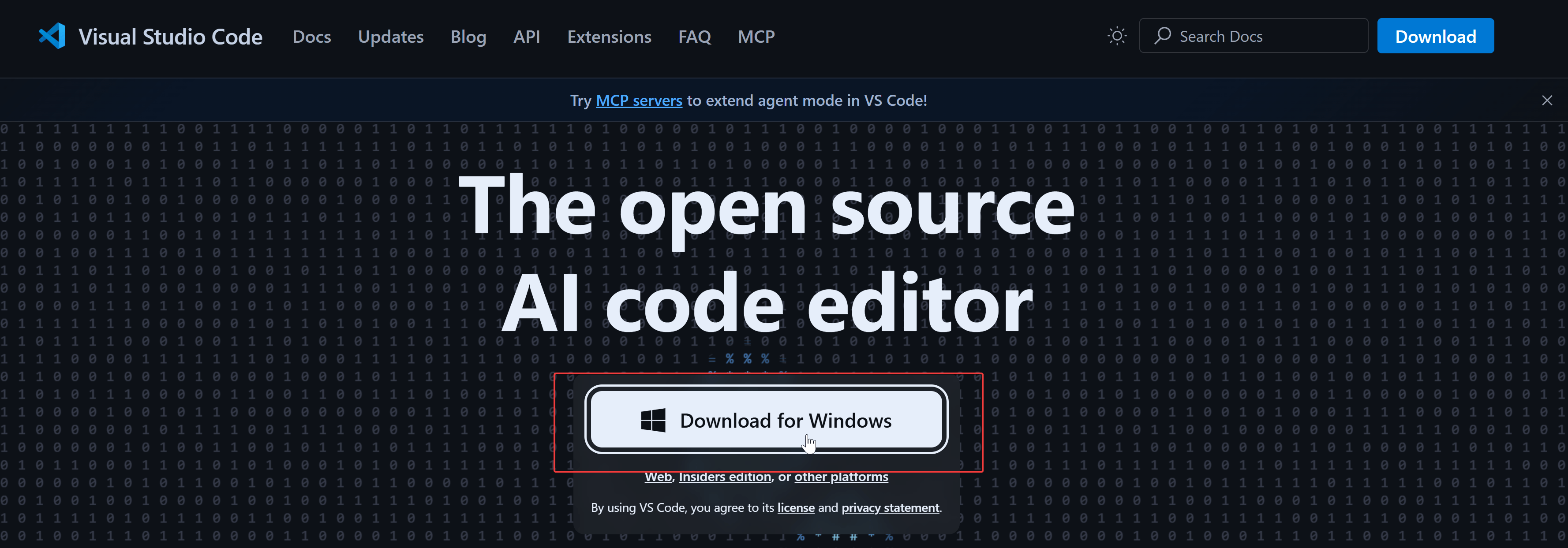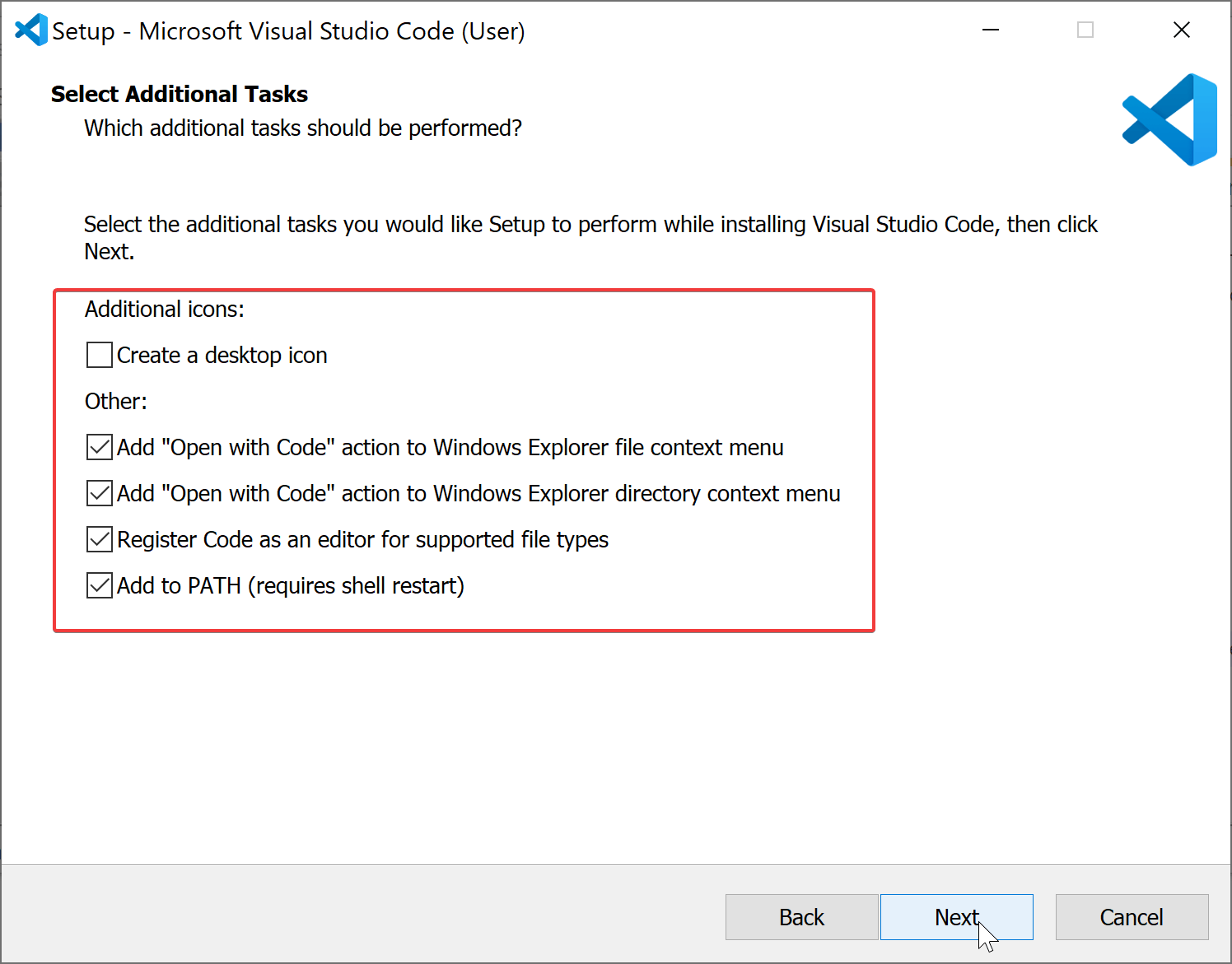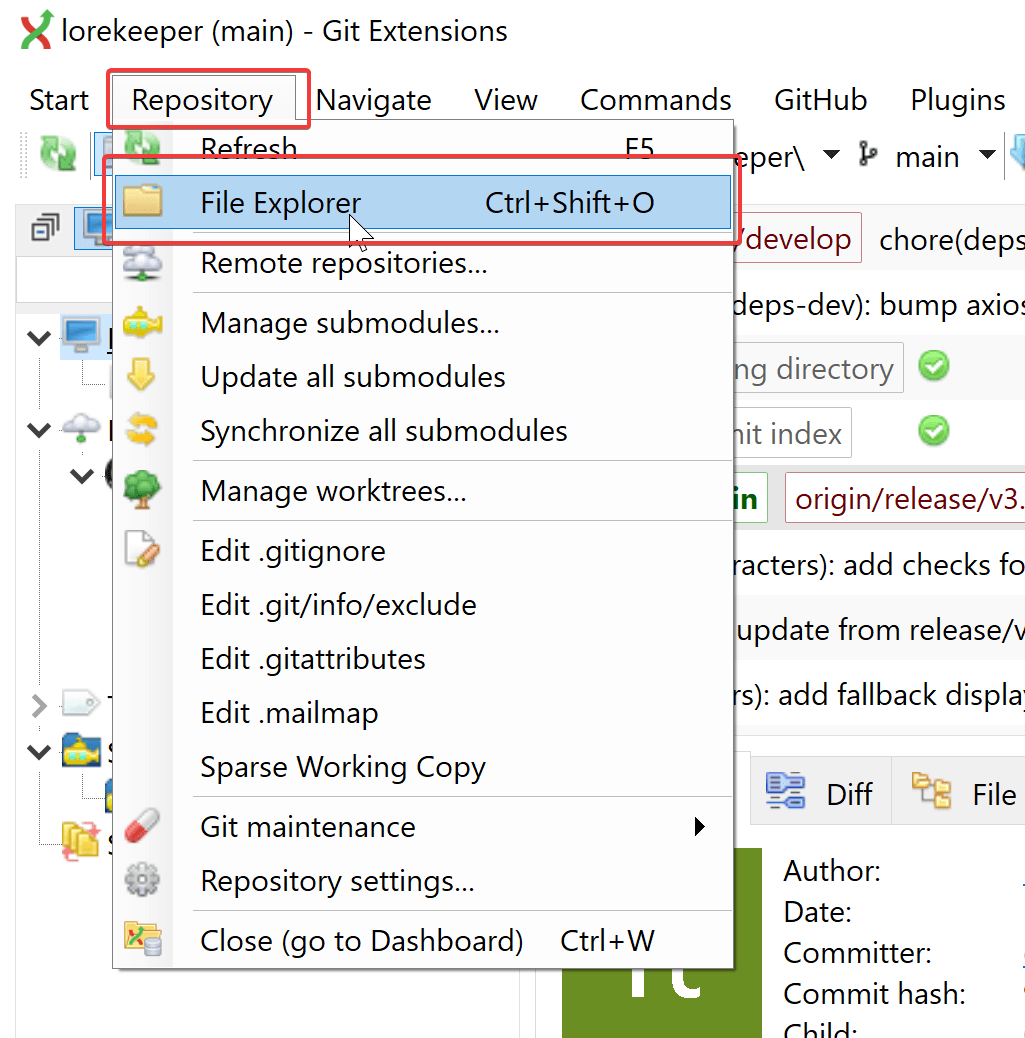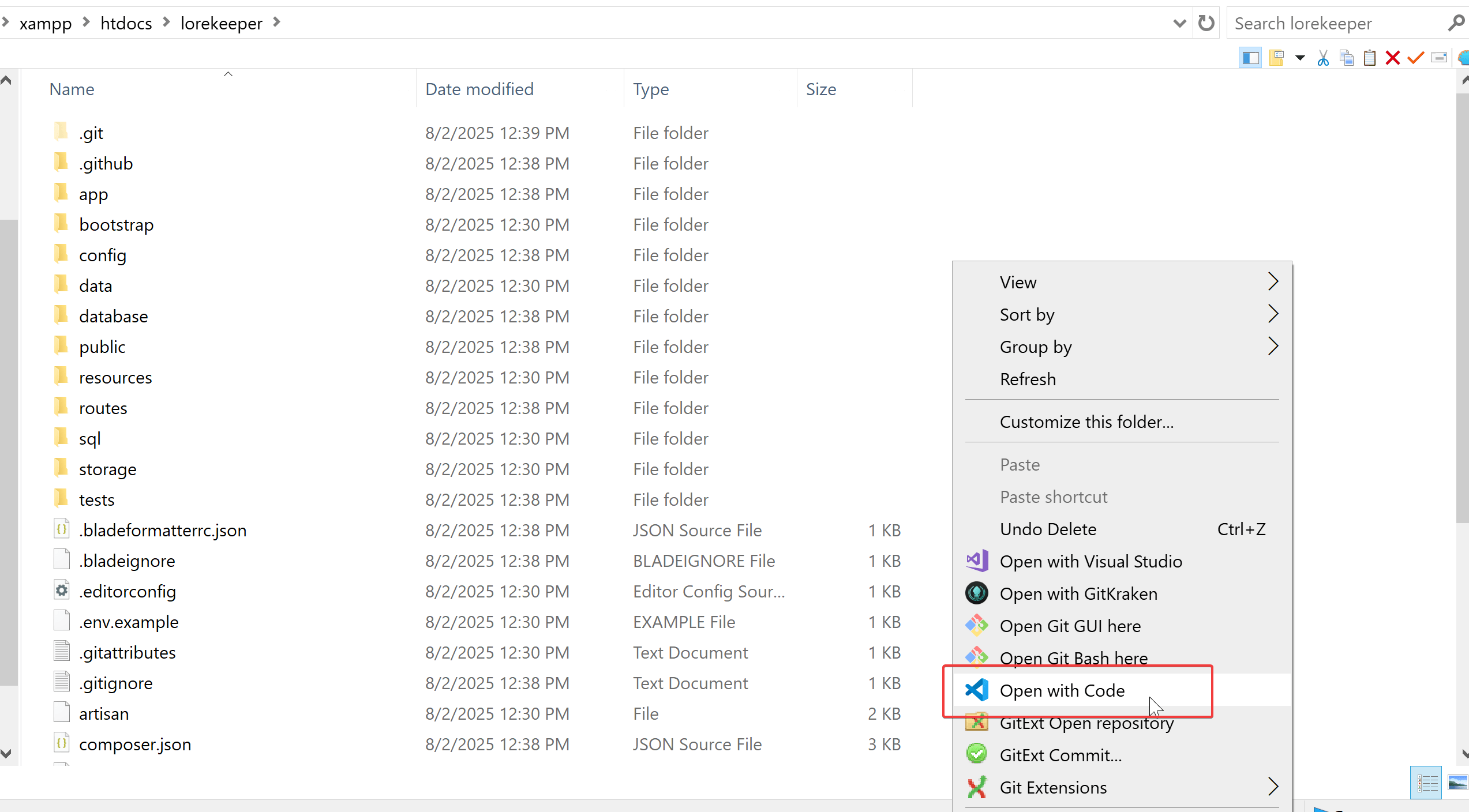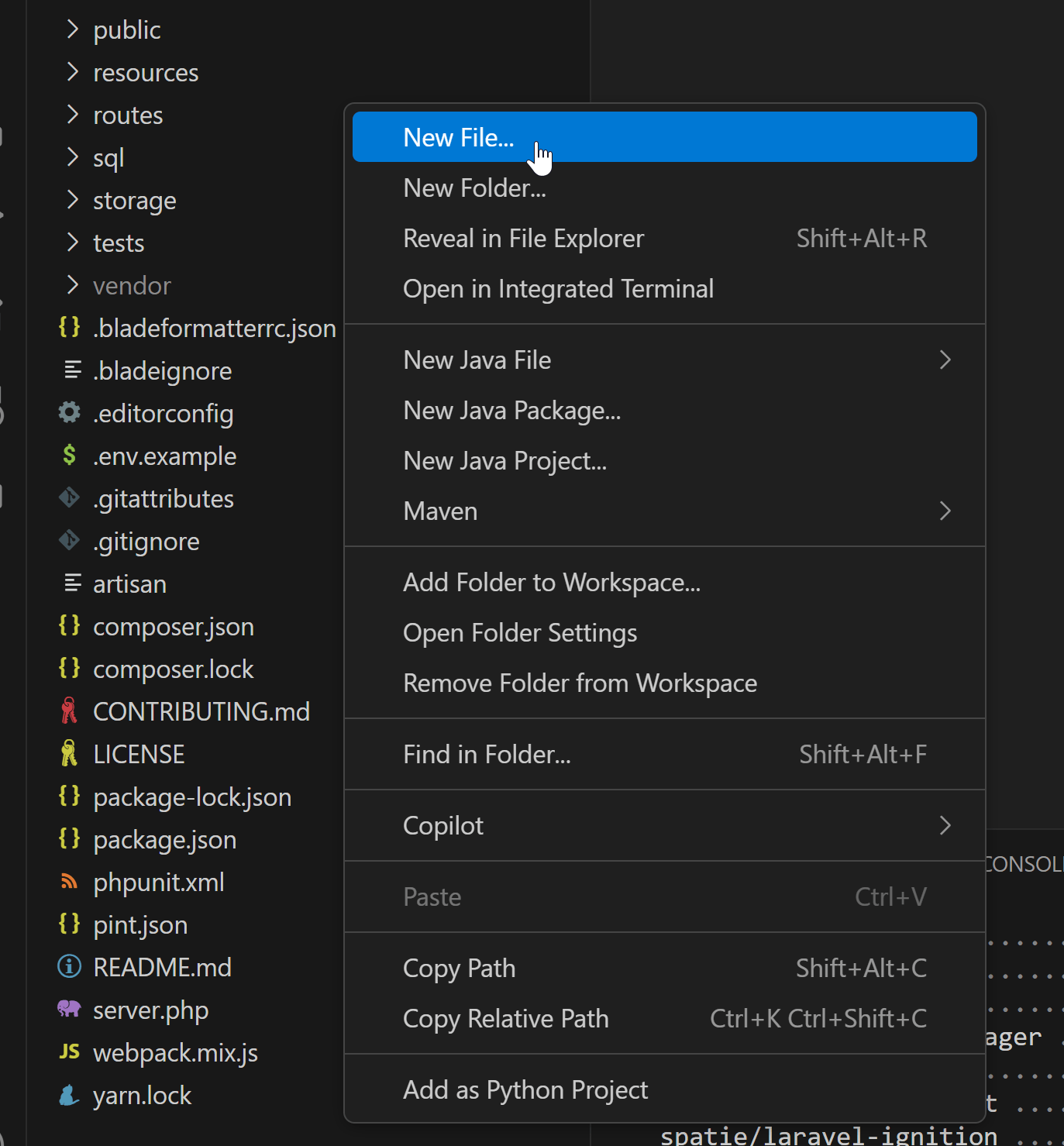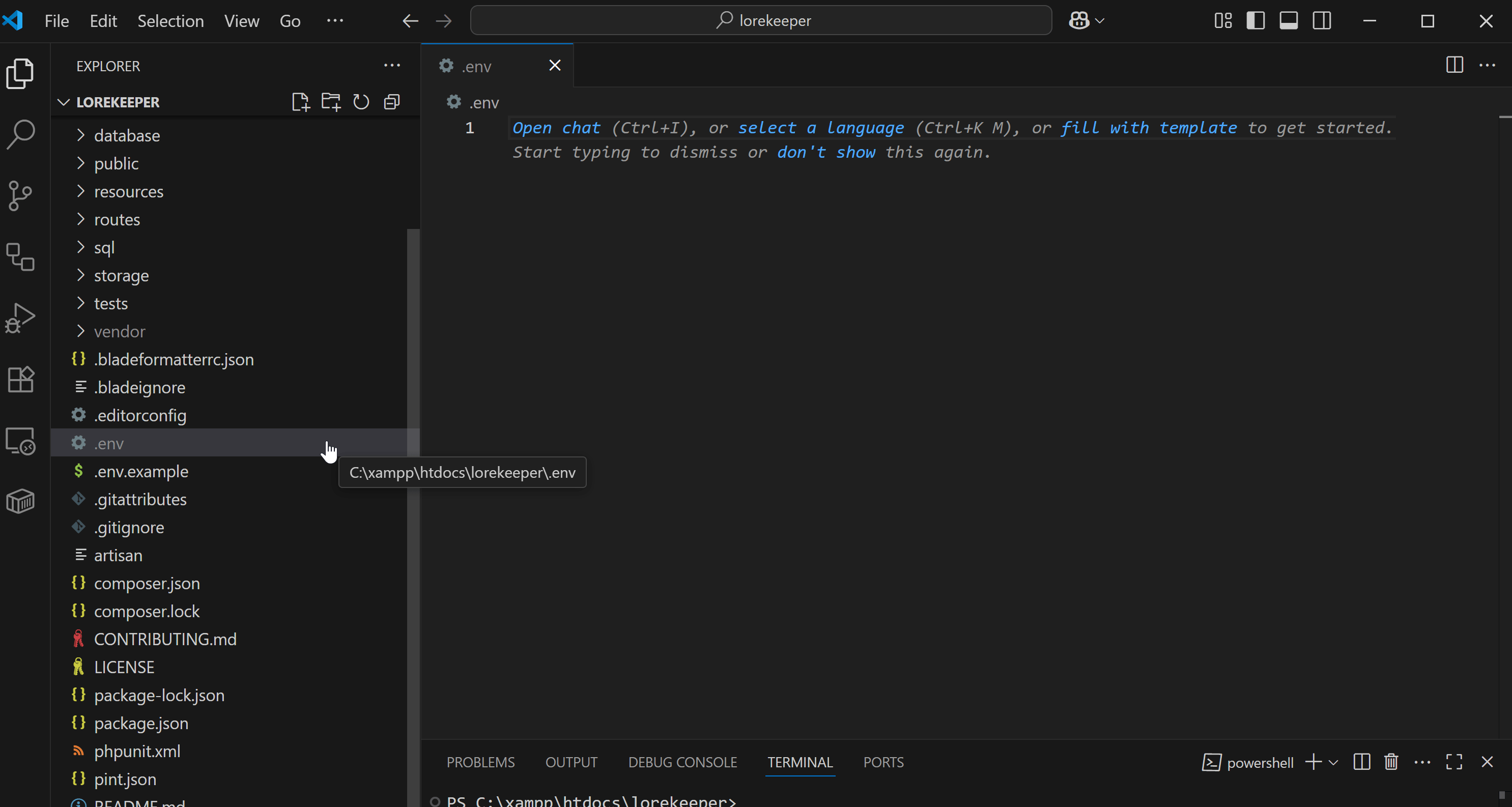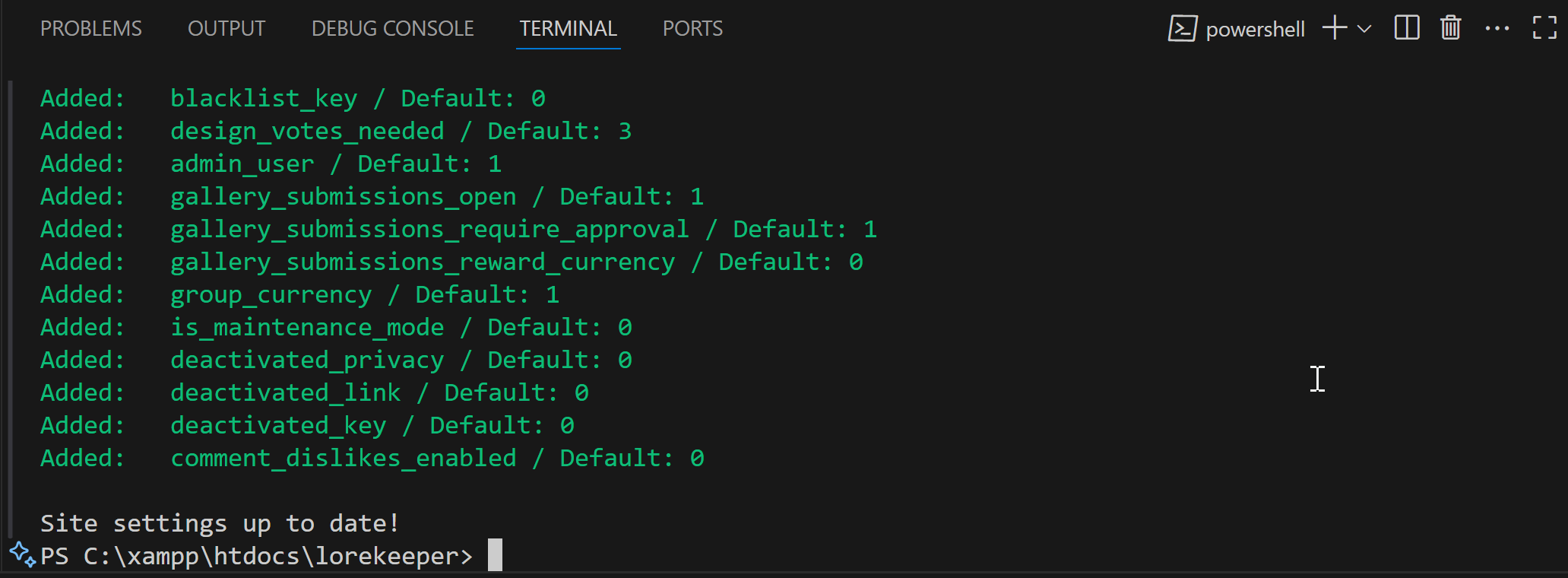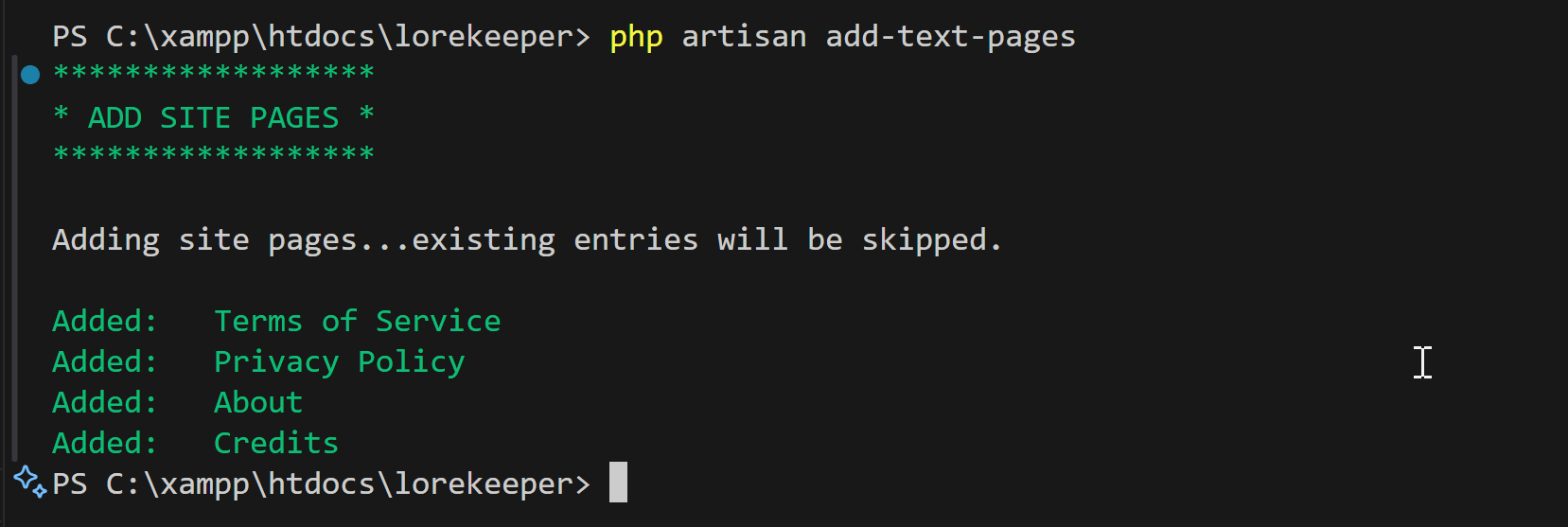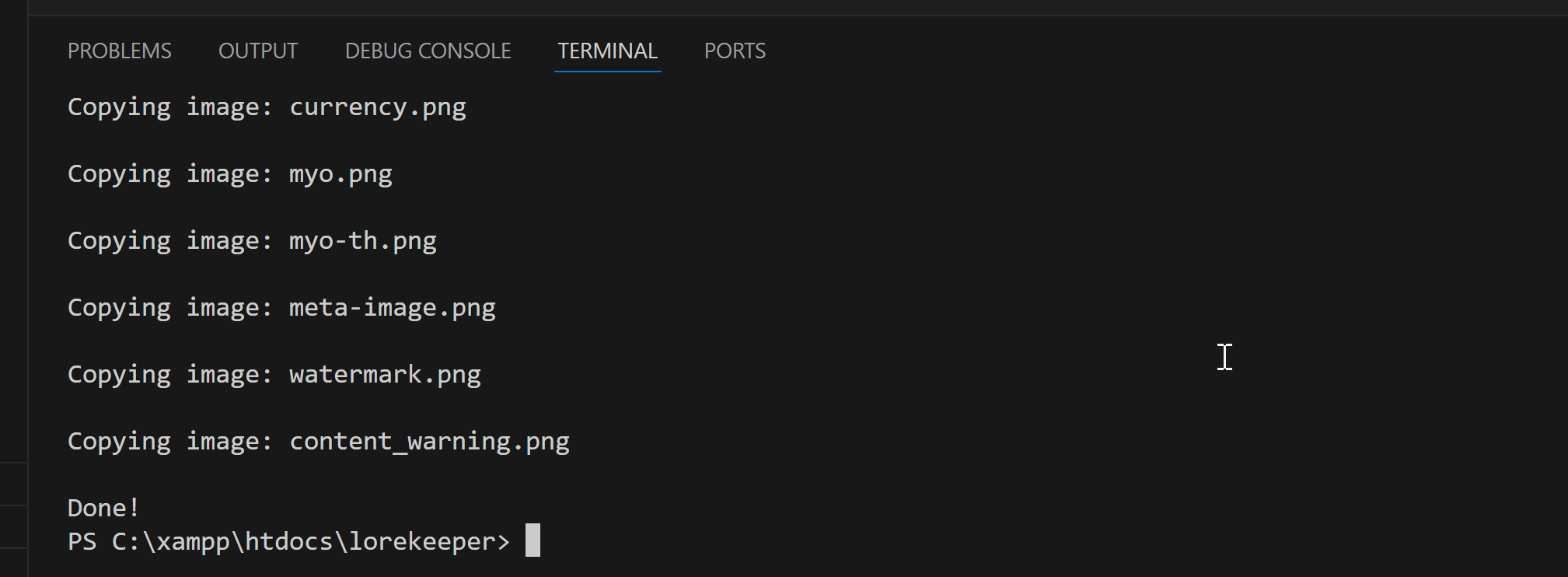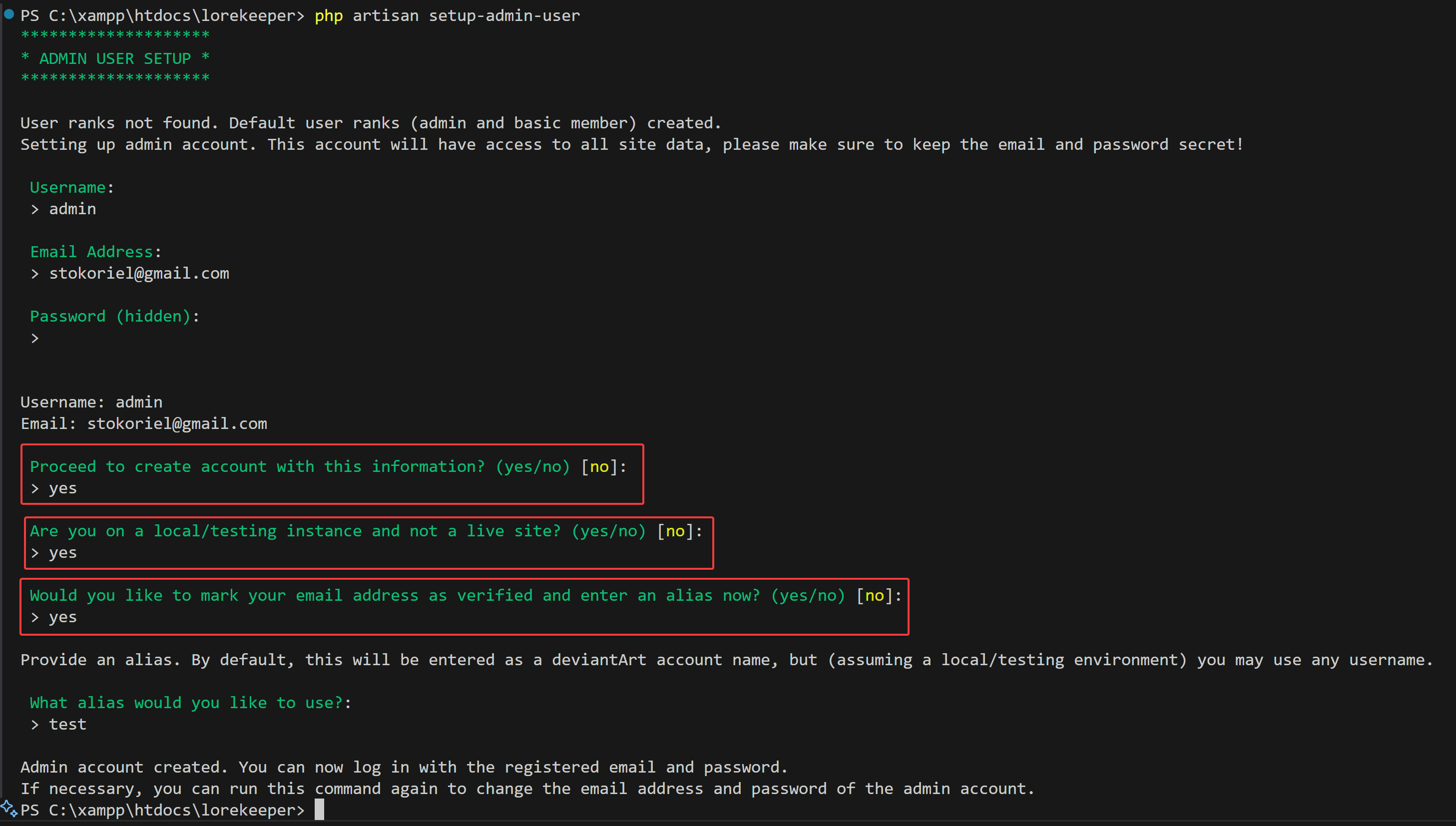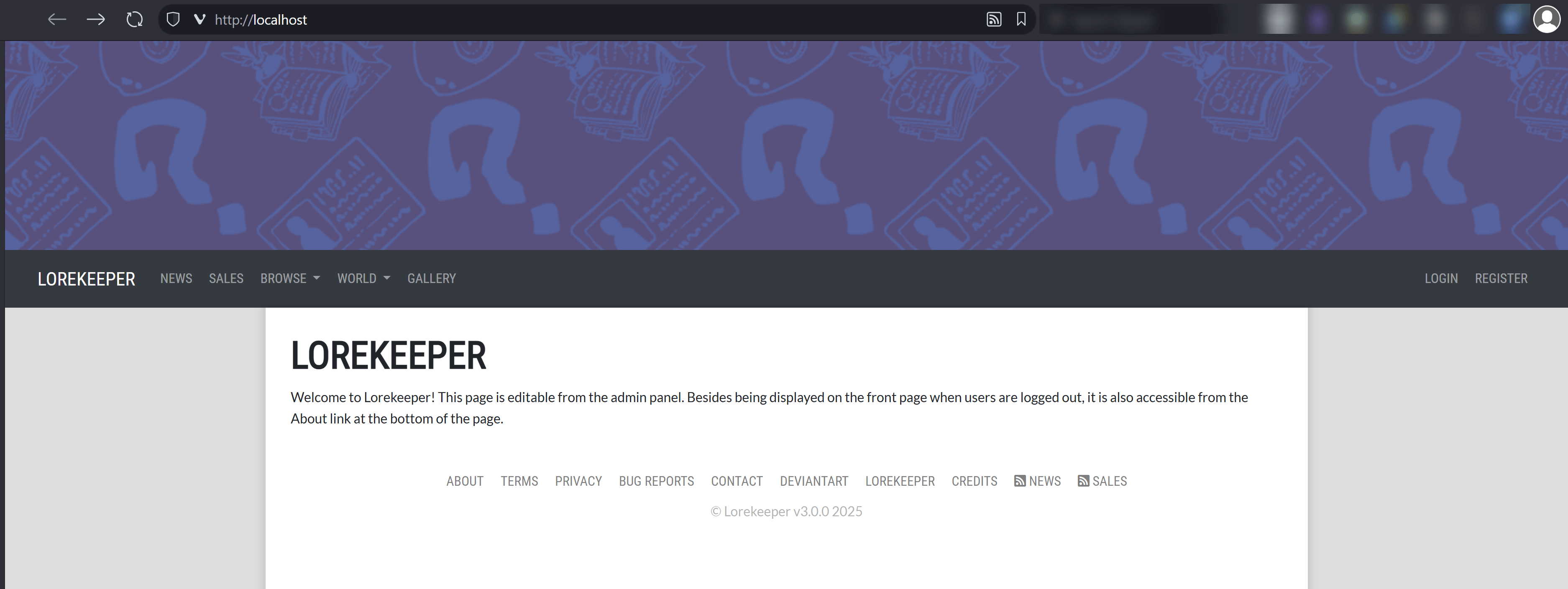Lorekeeper Setup - Part 1 - Configuring Local
Introduction
This is a guide on how to setup a copy of Lorekeeper on your local computer. This is a required step before putting Lorekeeper on a live website.
This first part walks you through setting up your local copy of Lorekeeper. If you have already set up your local, click here for part two.
Before You Start
- This guide assumes you are on Windows. Linux and Mac have alternatives to XAMPP and different methods for SSH. Please reach out to the Lorekeeper Discord if you're on one of those operating systems.
- Please read every step of this guide carefully. I highly recommend doing a full read-through before you even get started.
Installing XAMPP
- Download XAMPP. You want the version that is PHP 8.2.
- Run the XAMPP .exe file. If you see this warning, as long as you follow this guide, you can ignore it.
- Click the "Next" button. You will then see this screen. We just want the defaults -- click "Next" again.
- Install XAMPP directly onto your C: drive. A good location is
C:\xampp, which should also be the default. Then, click "Next".
- Select your preferred language. This doesn't matter -- pick what's best for you.
- Click "Next" on the following screen.
- XAMPP should now begin to install. This may take some time -- be patient!
- Once XAMPP has installed, check the box to start the control panel immediately (if it is not checked by default).
- Congrats! You now have XAMPP installed. Click "Start" next to Apache and MySQL.
If you are presented with a window like this for either application: Check both "Private" and "Public", then click "Allow Access". This software is perfectly safe.
- Next, we need to update the config files. Click "Config" next to Apache, and select
php.ini.
- A file should open up in Notepad. We are going to change two values. First, use the search feature (Ctrl + F) or simply scroll down until you see
post_max_size. This controls how large the files are that you can upload. Change this to0on your local only.
- The next value we change is
upload_max_size. I like to change this to abnormally high on my local, but make it whatever feels right for you. To change it to 10 megabytes, for example, put a value of10M.
-
Close this file and save your changes. We are going to edit one more config file.
-
Go back to XAMPP, click "Config", and select
http.conf.
- Another file should open up in Notepad. We are going to change one value this time. Change whatever value is currently in
DocumentRootand the followingDirectoryline toC:\xampp\htdocs\lorekeeper\public.
- Close this file and save your changes. Then, click the "Stop" button next to Apache. After it fully shuts downs, click "Start" again.
- Next, we are going to make one more change in anticipation of installing Lorekeeper. Click the "Admin" button next to MySQL.
- This will open a window similar to this in your browser. This is PHPMyAdmin, and it is where we control how most of the data is stored for Lorekeeper. Click "New".
- Type in
lorekeeperor any other easy to remember name, then click "Create".
- Congratulations! We're done here for now. Next, we will install the Git software needed to manage our Lorekeeper files.
Installing Git Software
Historically, the software used for managing Git was Sourcetree, but I will be using Git Extensions as it is more stable and frequently updated.
Installing Git
- First, we need to install Git itself. Git is a tool used to manage files and file history for coding projects. Go here to download the latest copy of Git.
- After the file is done downloading, run it. You will see this screen. Press "Next".
- Make sure the highlighted fields are selected. Press "Next".
- This next option is up to you. I personally use Notepad++, but if you're brand new, select Notepad.
- This next option should populate by default, but for maximum compatibility with Lorekeeper, you will want to make sure you check "Override" and type in
main.
- You will then see this screen. Select the middle/"recommended" option.
- The default (OpenSSH) on this screen is fine.
- Leave this option (OpenSSL) also as default.
- Select the default (Checkout Windows-style, commit Unix-style line endings) here as well.
- You know the drill -- select the default (MinTTY)!
- This one is important. Select "fast-forward or merge".
- The default is good here as well.
- Check both these options.
- You may be prompted with this screen. If so, close all other windows on your computer and then click "Install".
- Git will then begin to install. Be patient while it completes!
- Congratulations! Git is now installed. Check "finish".
- Reboot your entire computer. Certain things we installed with Git will only take effect after our computer has restarted. So do that, and then come back!
Installing Git Extensions
You can use Git purely from the command line, but it's not reccomended for beginners. To make things easier, we will be using a tool called Git Extensions.
- Go here and click "Download".
- Scroll down and download the
.msifile.
- Run this file. You should be prompted with a window like this. Click "Next".
- You will be presented with two options. Select "Install for all users of this machine".
- Then, you will be asked for the installation directory. The default is perfectly acceptable.
- Click "Next" on this screen. We don't need to change any of the options.
- Git Extensions will then begin installing. After it's done, you'll be sent to this screen. Click "Finish".
- When starting Git Extensions, you may see this message. That's OK! We just need to install one more file.
Click the button. It should open a webpage and automatic start the download of the .NET runtime. Run this file, and install it. It's a fairly straightforward install -- you shouldn't be presented with any funky options.
- Start Git Extensions again. You should be presented with the option to pick your language. I will be selecting English.
- Git Extensions will present you with this "checklist" window every time you start the software. Not everything needs to be completed for it to run properly -- we will go through the essentials.
- Most options should be automatically marked as green. Please make a thread in the Lorekeeper discord if any of the options are not automatically detected. The option we are most concerned about is the second (configuring a username/email), which may or may not be green for you. Click that option.
- Make sure the highlighted values are something you are OK with being seen by the public. They are mandatory fields. All others can be left blank. Fill them in how you'd like, then select Apply then OK.
- A window like this should then open. Congratulations! Git Extensions is now installed.
Copying Lorekeeper
Now we start to get to the fun stuff! We are now going to use Git Extensions to make a copy of Lorekeeper. This will be your personalized version that is posted to your live website.
- In Git Extensions, select "Clone a Repository." "Clone" is the Git term for making a copy of the code. (Ignore the button that says to specifically clone a GitHub Repository. That option is for advanced users who have GitHub accounts.)
-
Now we will fill out this field with some information that tells Git Extensions where the Lorekeeper code is located. On the browser, it can be access here, but we use a slightly different URL address when pasting it into Git.
-
Paste
https://github.com/lk-arpg/lorekeeper.gitinto the first text box labeled Repository to clone. Some data will begin to populate automatically -- that's good!
- Next, click "Browse". We are going to navigate to a specific directory within our installation of XAMPP. If you installed XAMPP in the directory
C:/xampp/, we will be selecting the folderC:/xampp/htdocs.
- After clicking "Select Folder", your window should look like this.
- Click the dropdown next to "Branch" and select
main. You also have to option to directly select the 3.0.0 version, but this can make things slightly more complicated later on. We will instead download LK v2 (akamain) and then update it to match v3.
- After that's selected, leave everything else as default. You can then click "Clone".
- A window like this will show up. Let it do its thing, then click "OK" when prompted.
- Click "Yes" to open the new repository now.
- It will open a screen like this. There's a lot of buttons here, but don't fret! We won't need most of them.
- First, let's make sure we're updated to v3.0.0. On the left panel you'll see a dropdown labeled
origin. Click that to create a further dropdown, then clickrelease. You will see a branch labeled v3.0.0. A "branch" refers to a specific version of the code.
- Right-click 'v3.0.0' and select "Fetch & Merge (Pull)".
- You will see a similar window to before -- get used to it, this is what will be displayed every time you perform a git operation! Press "OK" when prompted.
- This window will then appear. Leave everything as default, and select "Merge".
- Press "OK" after this window finishes processing.
- That's it! You now have a copy of Lorekeeper on your computer, updated to v3.0.0.
Setting Up Lorekeeper
Back to installing stuff. There's a few things we need before we can full get our copy of Lorekeeper up and running.
Installing Composer
- We need to install two more pieces of software. First, we will install Composer. Go here and select "Download" beneath the image of this funky little dude.
- Click the link for the Windows Installer, then run it.
- Click to install for all users.
- Leave developer mode unchecked. Click "Next".
- XAMPP should be automatically selected as your command line version of PHP. If not, use the dropdown to select it. If prompted, also select the checkmark to add it to your path.
- Click "Next" on this screen.
- You will see a screen similar to this one, summarizing your options. Click "Install".
- On this screen, click "Next".
- Then, click "Finish"!
- Reboot your computer. While Composer mentions that it won't always be necessary, rebooting our computer after installing Composer is the best way to prevent issues.
Installing Visual Studio Code
Visual Studio Code is the piece of software we will use to edit our Lorekeeper files. (Pardon the sparse screenshots here, I already had it installed!)
A Note for Advanced Users: You can install the VSCodium open source version, which comes with AI/Copilot features disabled by default, here. However, you may run into issues with using certain extensions due to Microsoft's licensing. When in doubt, it is better to go with the Microsoft official release.
- Go here to download it and press the big download button. (Fortunately, we can disable the recently added AI features.)
-
You will be presented with the license agreement. Check the agree button, then click "Next".
-
Check all the boxes (with desktop icon checked depending on your preference) and click "Next".
-
Click "Install".
-
It will then install. Check the button to launch it, then click the "Finish" button when complete.
- If you wish to disable the AI features aka "Copilot", go to the top bar and type in
>copilot disable. You should be presented with options like this. Click "Disable Completions". This should disable any of the in-your-face AI options.
Running Lorekeeper
We can finally get to actually running Lorekeeper!
- Open up the File Explorer and navigate to where Lorekeeper is installed on your computer. The easiest way to do this is via Git Extensions. Click "Repository" and then "File Explorer" in the top navigation.
- Right click anywhere in the empty space (make sure you don't have a file/directory selected!) and click "Open With Code".
- Behold! All of the files that make up your Lorekeeper. However, we need to install a few files before it will work properly. In the top bar, click "Terminal" and then "New Terminal".
- Type in
composer install. A lot of text will go flying by as composer installs the various chunks of code required for LK to run.
It may get stuck for a while on Generating optimized autoload files. Be patient! It will finish eventually.
It should look like this when done:
- Next, we will create the .env file, which will define some variables that Lorekeeper needs to run. Right-click near the bottom of the file list and click "New File". Name this file
.env.
- The file should open by default (if not, double click it to open it). You will see a screen like this:
- We're going to paste a lot of text here! Here is the contents to paste into this file:
APP_NAME=Lorekeeper
APP_ENV=local
APP_KEY=
APP_DEBUG=true
APP_URL=http://localhost
CONTACT_ADDRESS=
DEVIANTART_ACCOUNT=
LOG_CHANNEL=stack
DB_CONNECTION=mysql
DB_HOST=127.0.0.1
DB_PORT=3306
DB_DATABASE=lorekeeper
DB_USERNAME=root
DB_PASSWORD=
BROADCAST_DRIVER=log
CACHE_DRIVER=file
QUEUE_CONNECTION=sync
SESSION_DRIVER=file
SESSION_LIFETIME=120
BROADCAST_DRIVER=log
CACHE_DRIVER=file
QUEUE_CONNECTION=sync
SESSION_DRIVER=file
SESSION_LIFETIME=120
REDIS_HOST=127.0.0.1
REDIS_PASSWORD=null
REDIS_PORT=6379
MAIL_DRIVER=smtp
MAIL_HOST=smtp.mailtrap.io
MAIL_PORT=2525
MAIL_USERNAME=null
MAIL_PASSWORD=null
MAIL_ENCRYPTION=null
AWS_ACCESS_KEY_ID=
AWS_SECRET_ACCESS_KEY=
AWS_DEFAULT_REGION=us-east-1
AWS_BUCKET=
PUSHER_APP_ID=
PUSHER_APP_KEY=
PUSHER_APP_SECRET=
PUSHER_APP_CLUSTER=mt1
MIX_PUSHER_APP_KEY="${PUSHER_APP_KEY}"
MIX_PUSHER_APP_CLUSTER="${PUSHER_APP_CLUSTER}"
- Save the file. Now, go back to the terminal. We are going to run a few setup commands. Type in
php artisan key:generate. You will see something like this:
- Next, type in
php artisan migrate. This will populate the database with all of the tables that Lorekeeper needs to function. You'll see a LOT of text start to fly by. It should look like this when completed:
- Now for some Lorekeeper-specific commands. Run
php artisan add-site-settingsto populate the database with the site settings. It should look like this when completed:
- Then run
php artisan add-text-pages. This will add the default text pages for LK:
- Next run
php artisan copy-default-images. This will add the default images for various features on LK:
- Finally, we will run the command
php artisan setup-admin-user. This will create user #1, the default admin account. The email and details you give it do not need to be real, but make them something you'll remember easily.
The important details to mark as yes have been highlighted in red.
Proceed to create account with this information? (yes/no)Are you on a local/testing instance and not a live site? (yes/no)Would you like to mark your email address as verified and enter an alias now? (yes/no)
- Now, go to
http://localhostin your browser. You can also access this by pressing the "Admin" button next to "Apache" in XAMPP.
Congratulations! You have finished installing a local copy of Lorekeeper. You can login as the admin account you just set up, and begin trying out the different features.
When you are ready, you can set up a live version of the site with part two.
